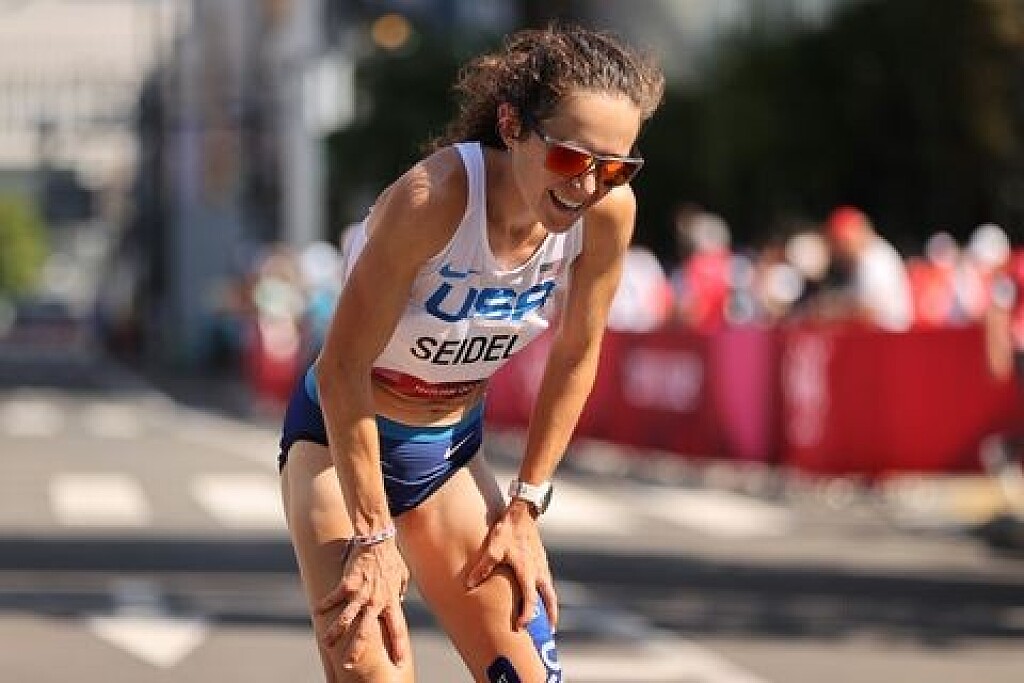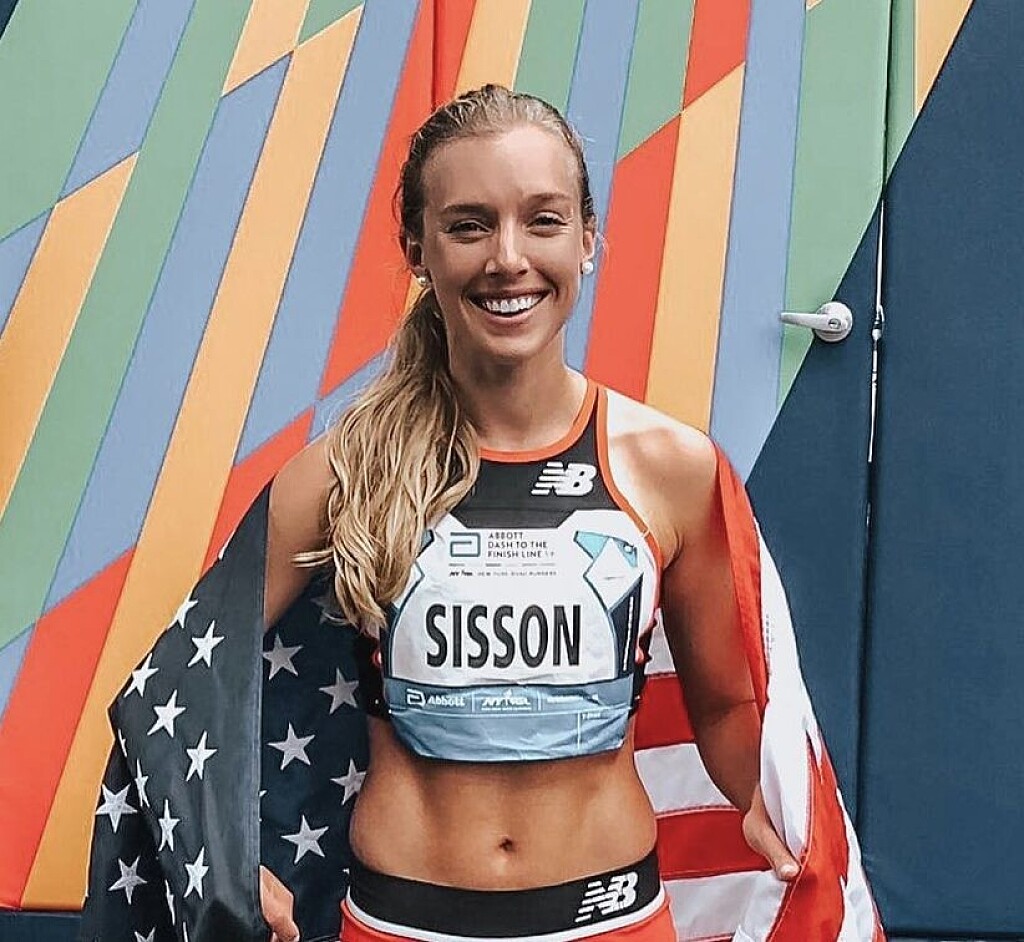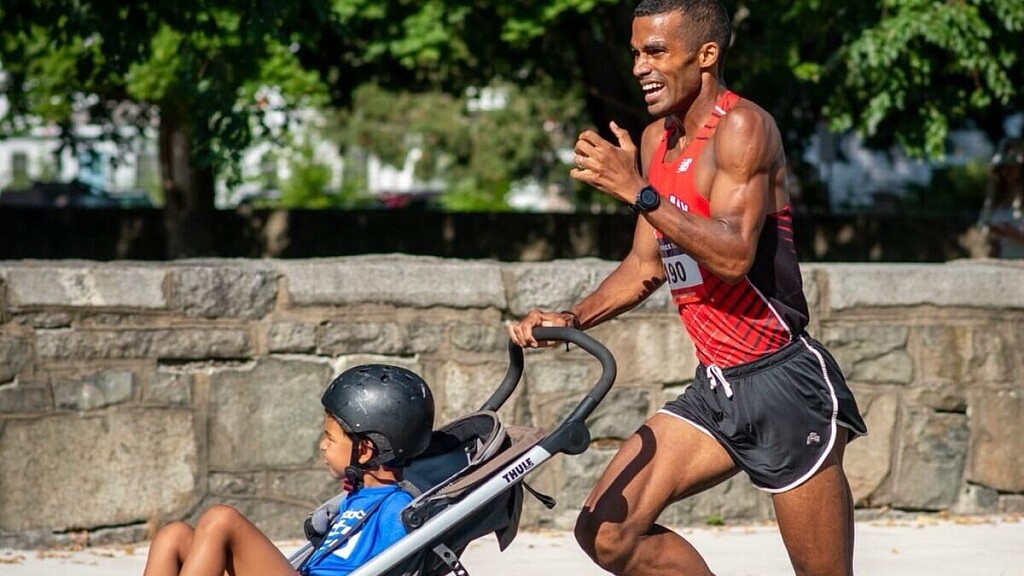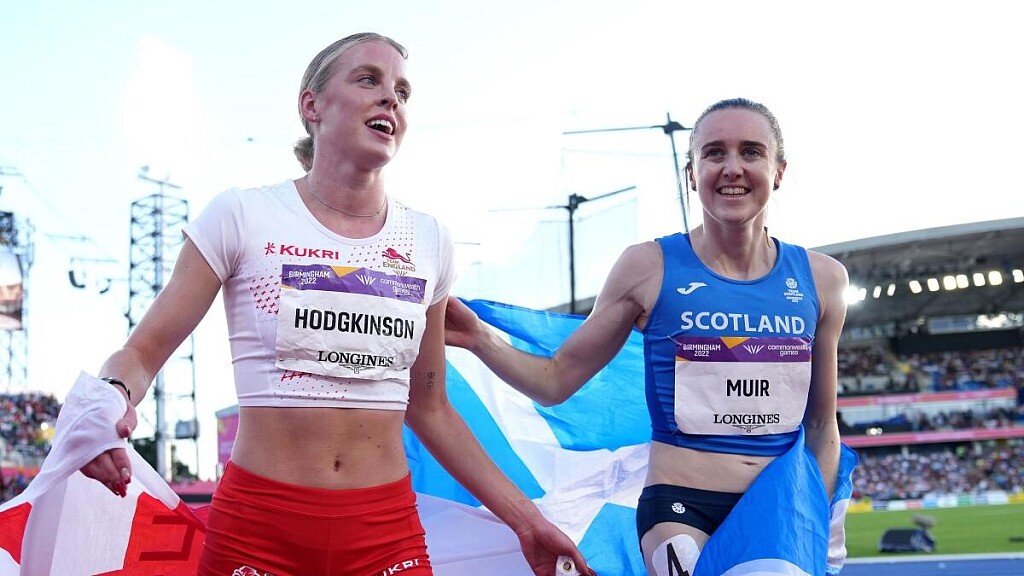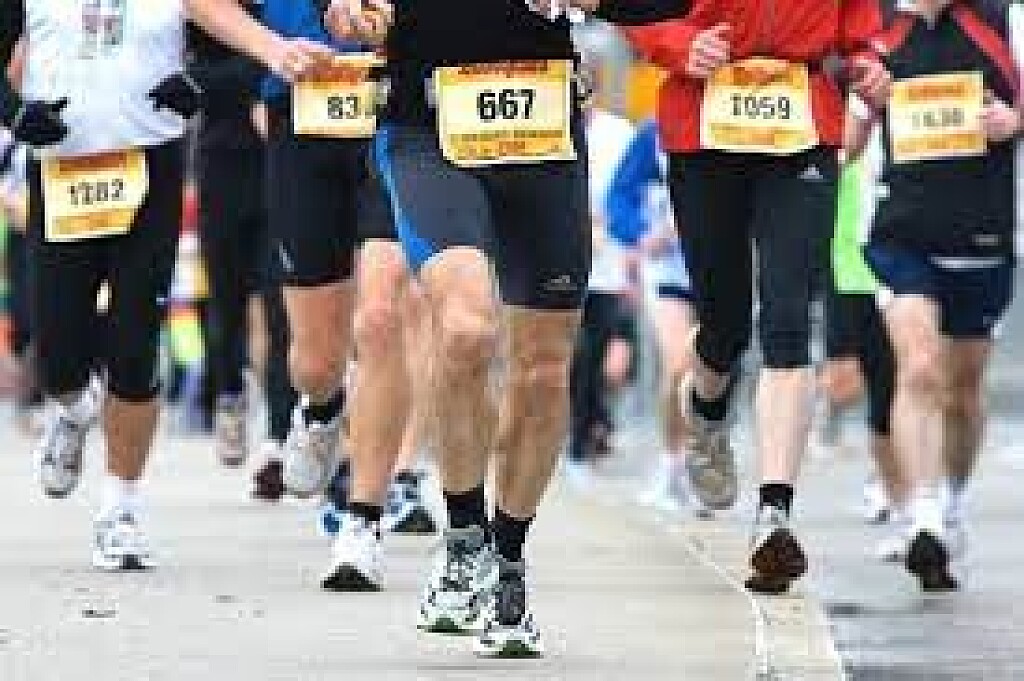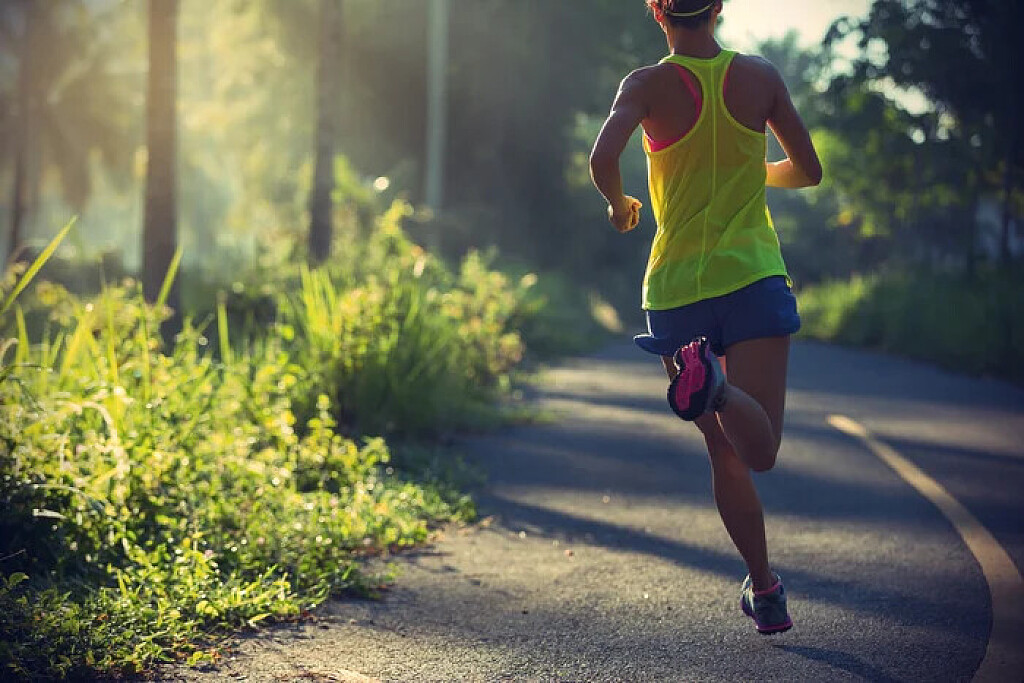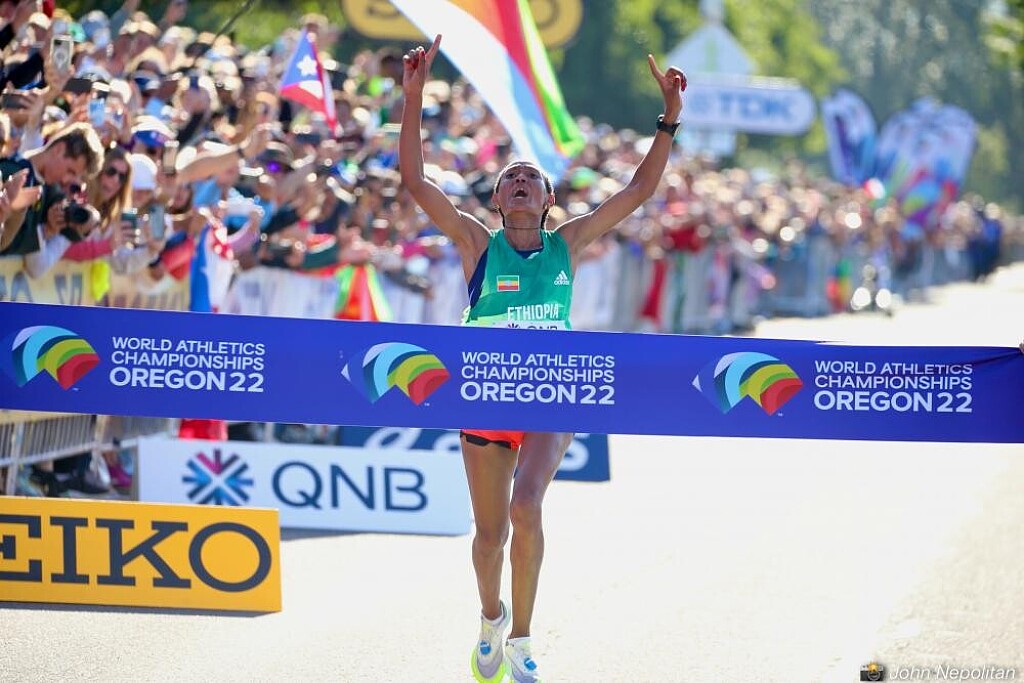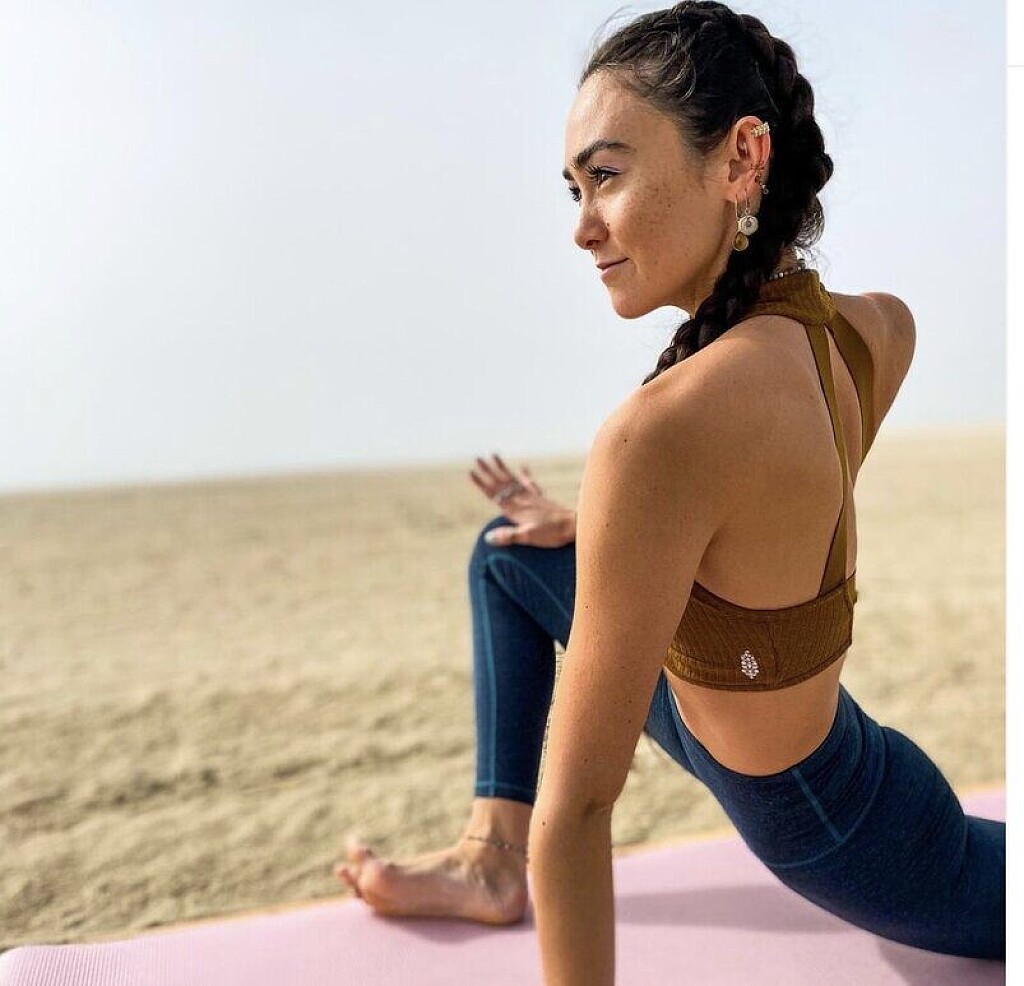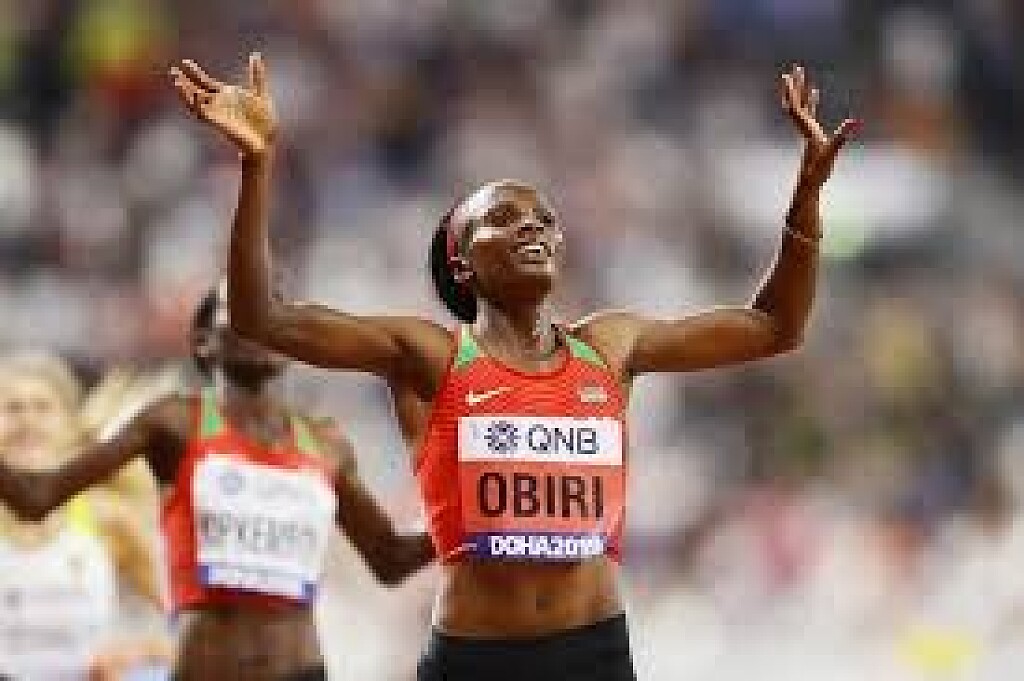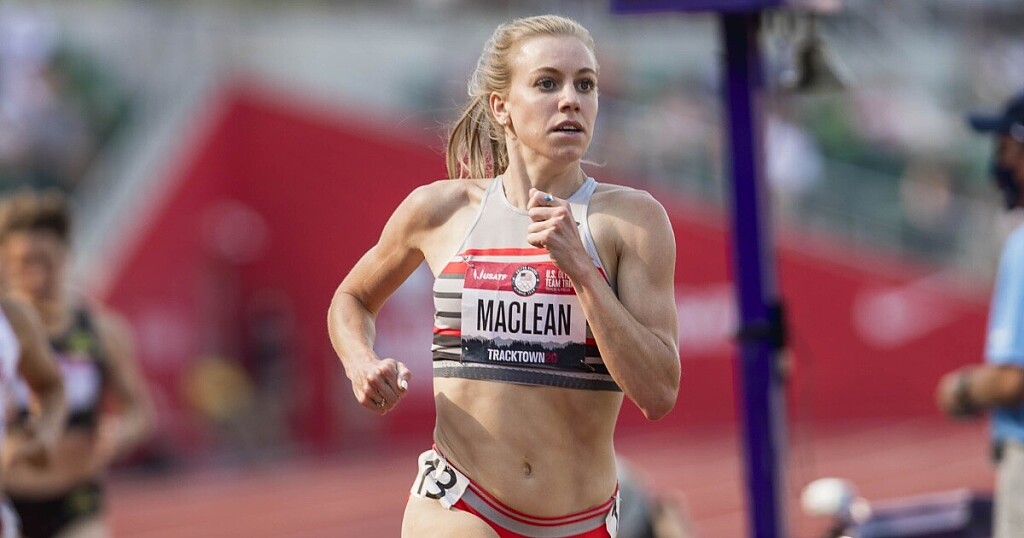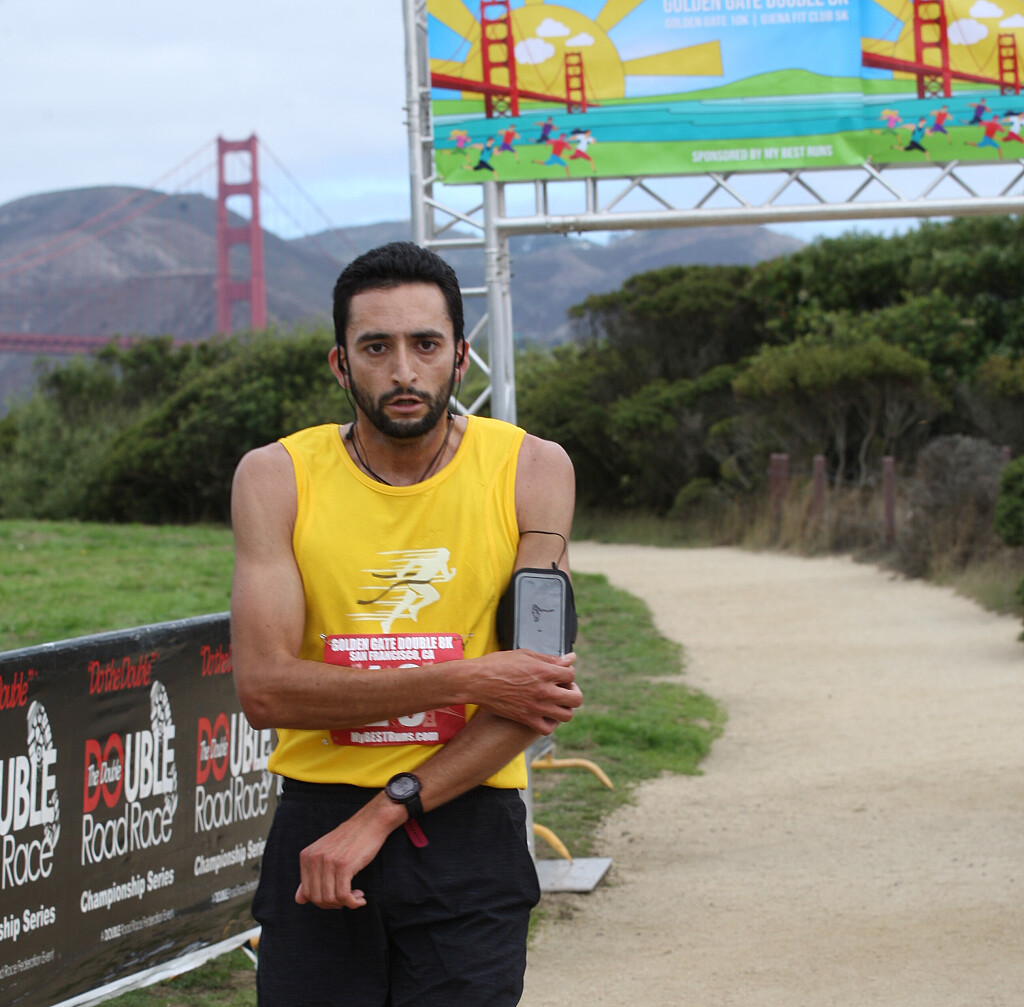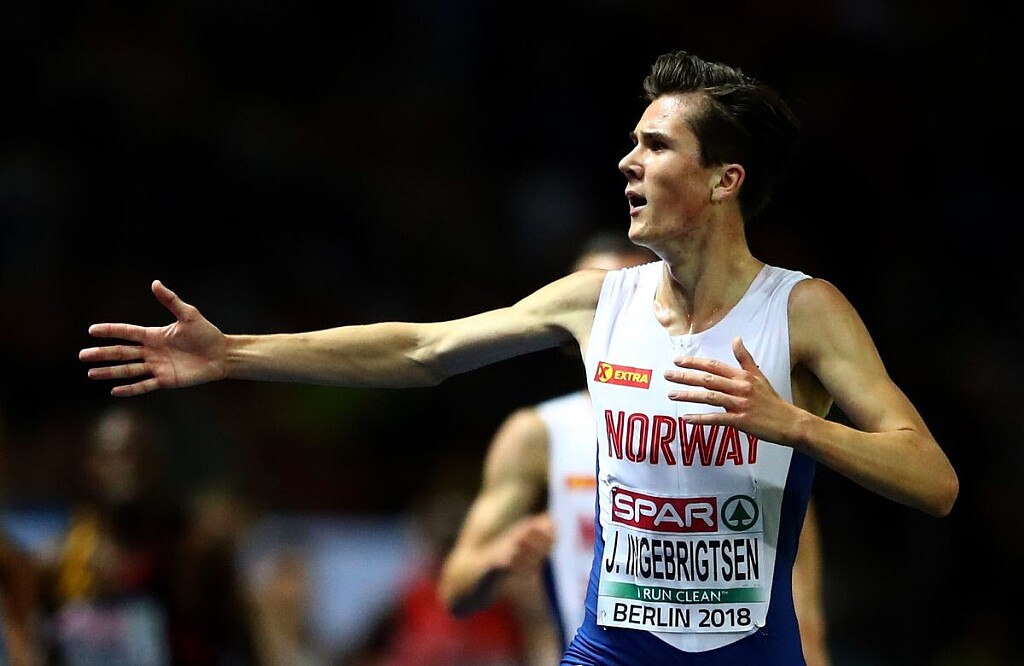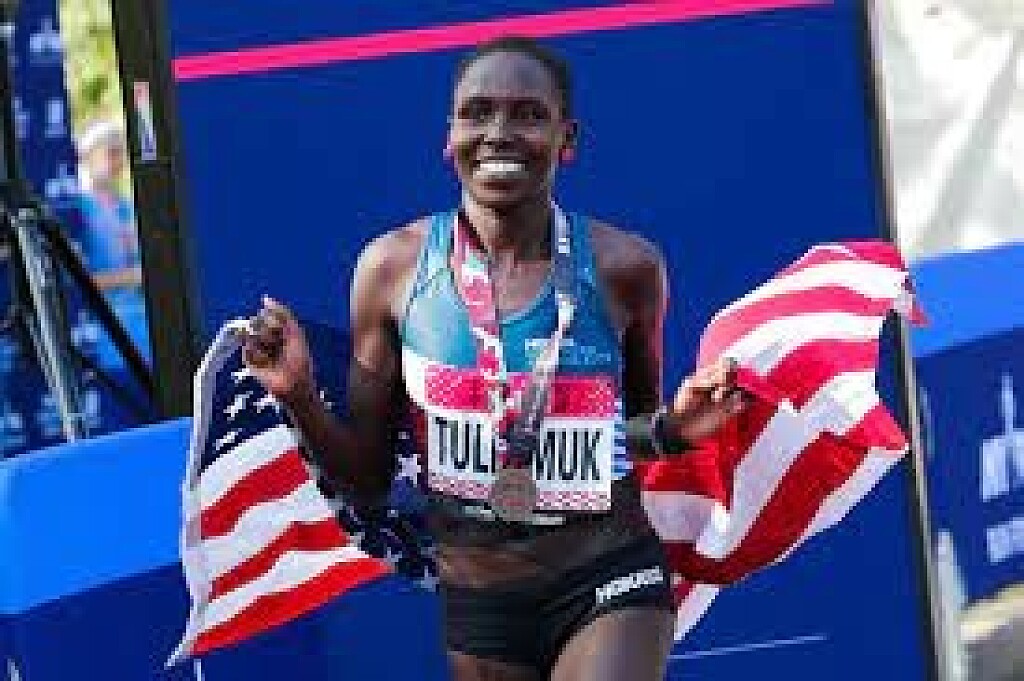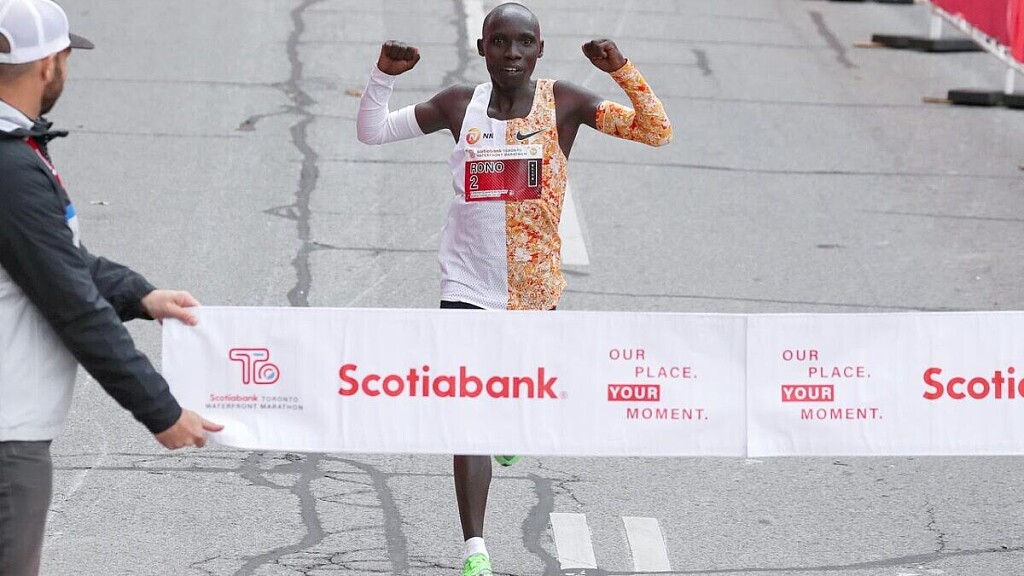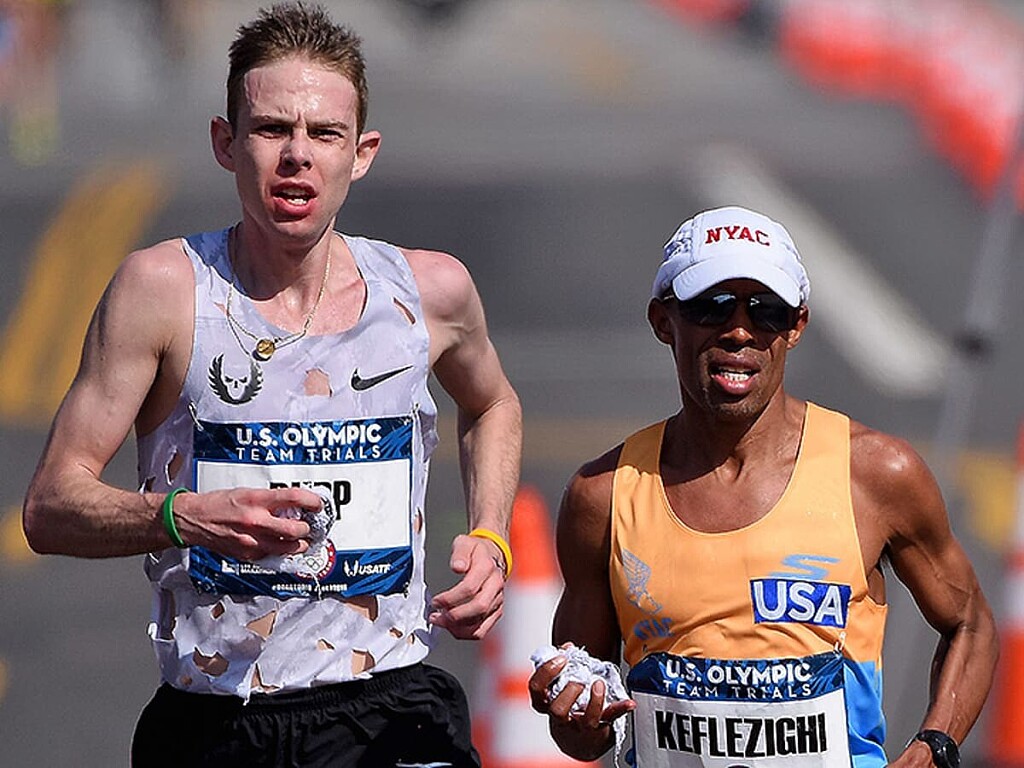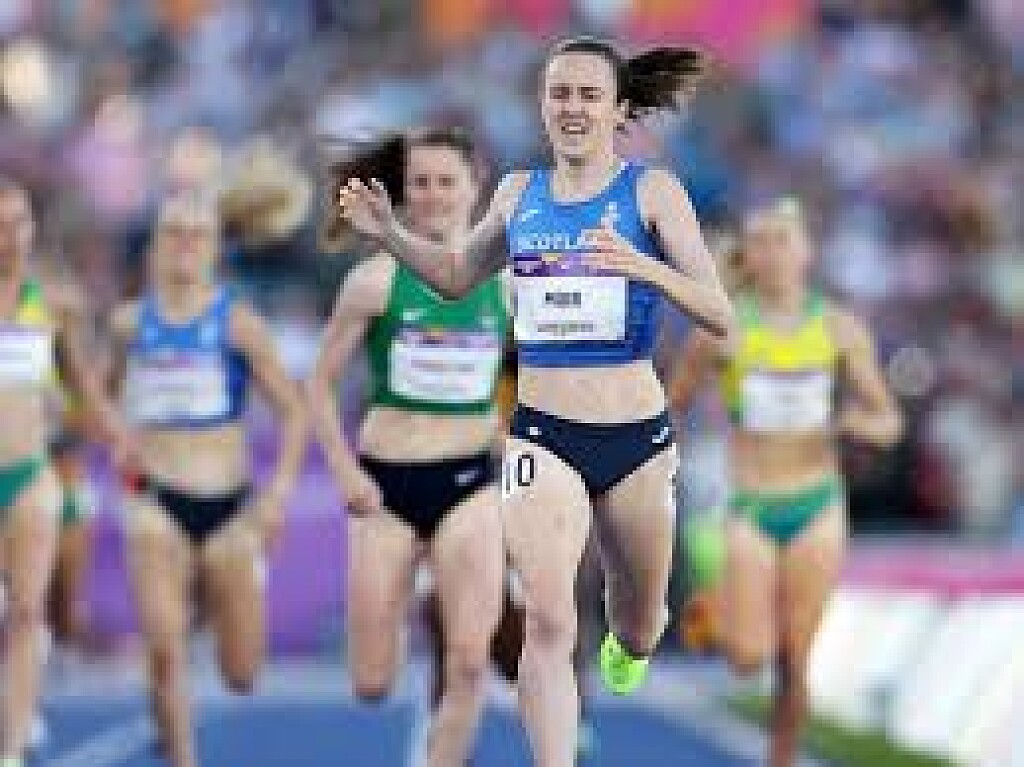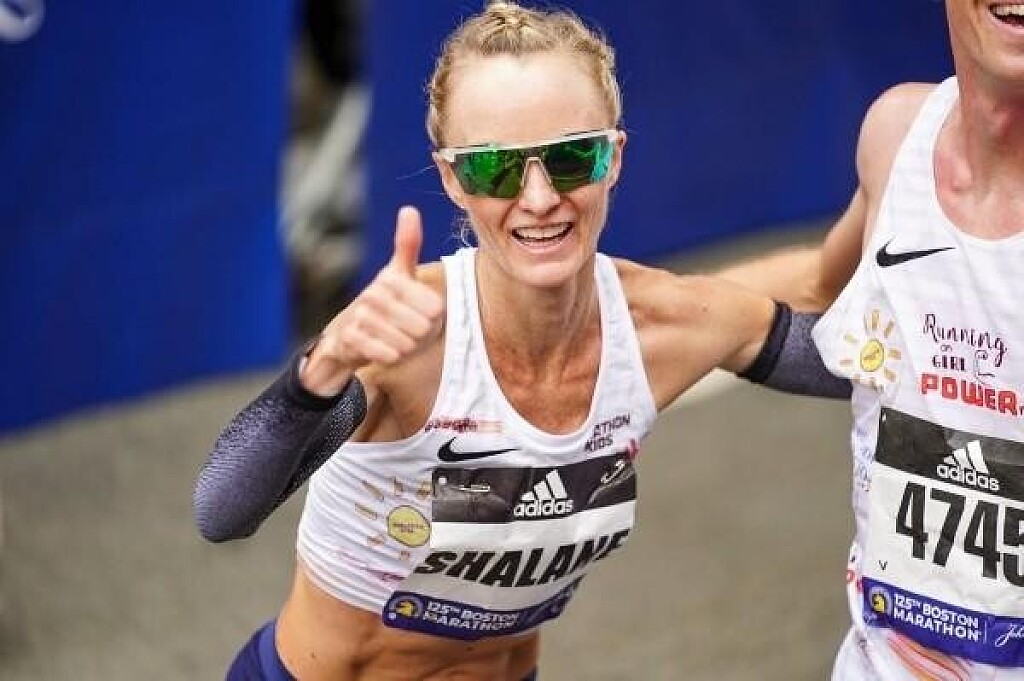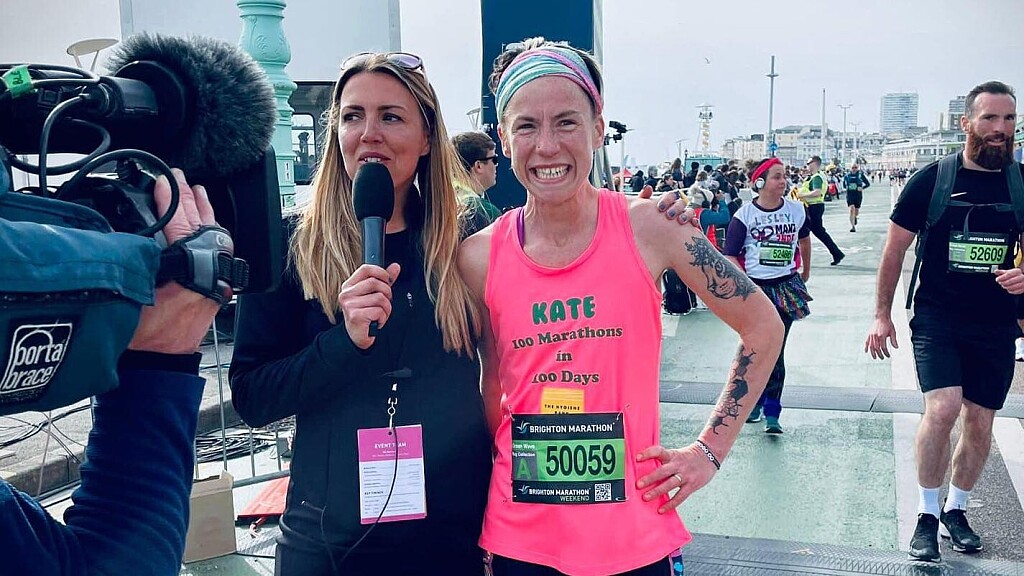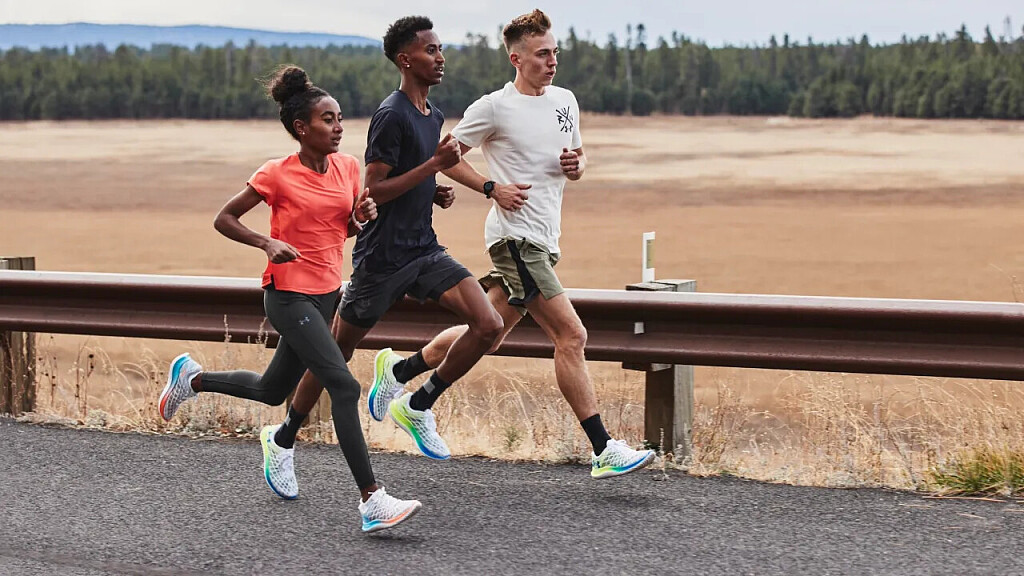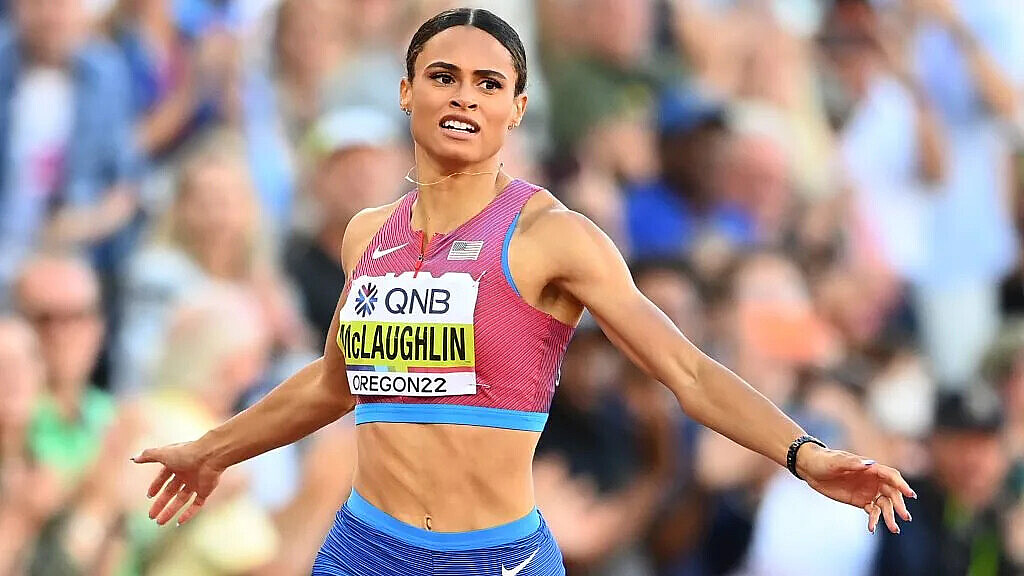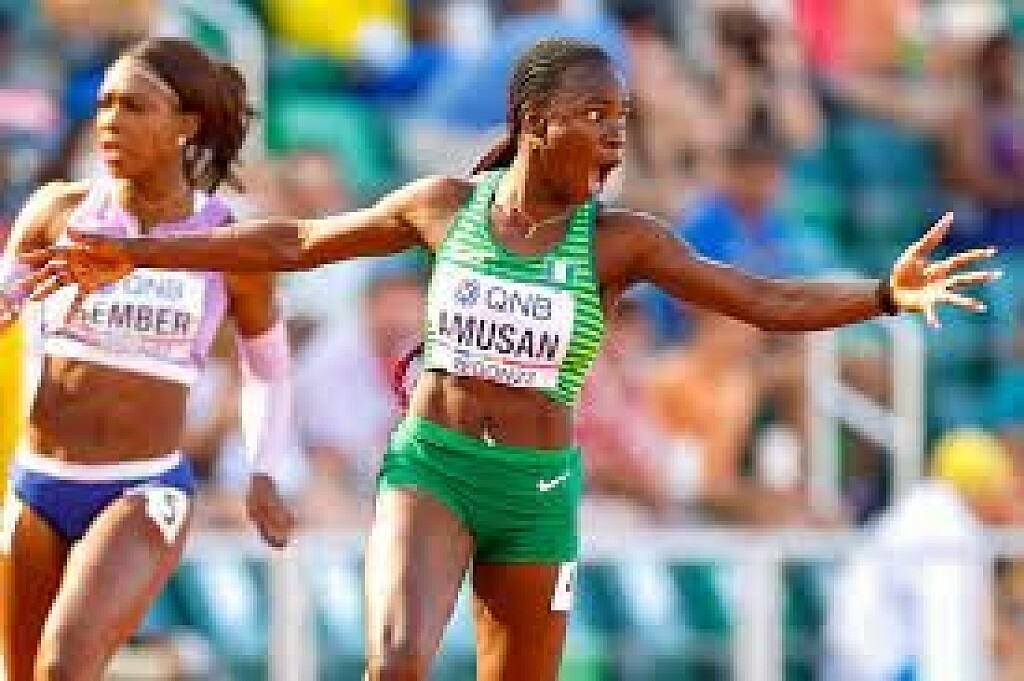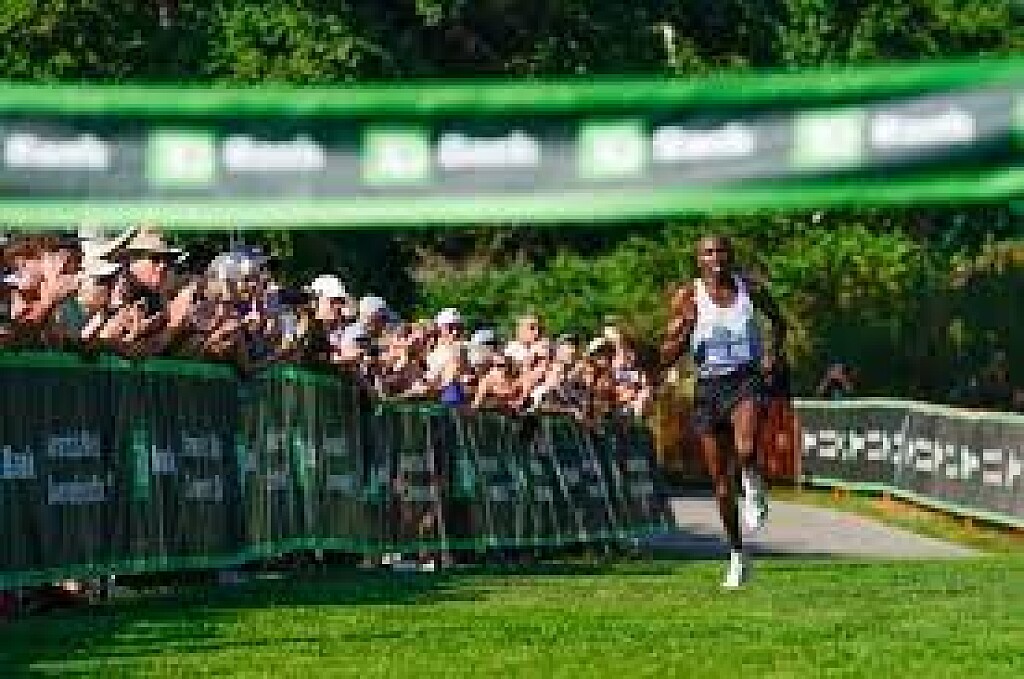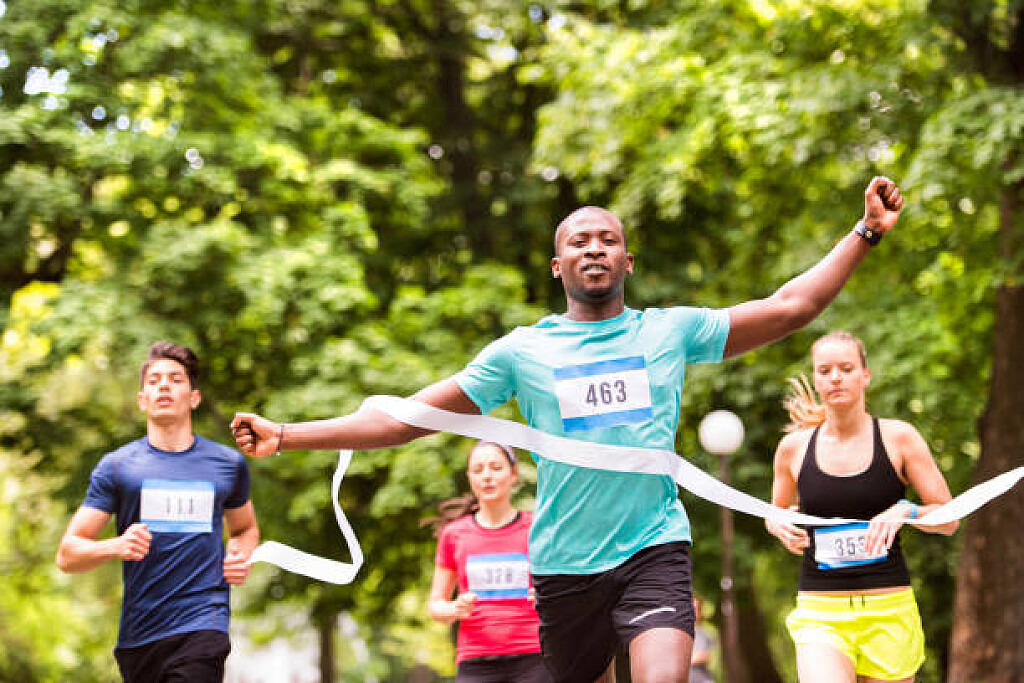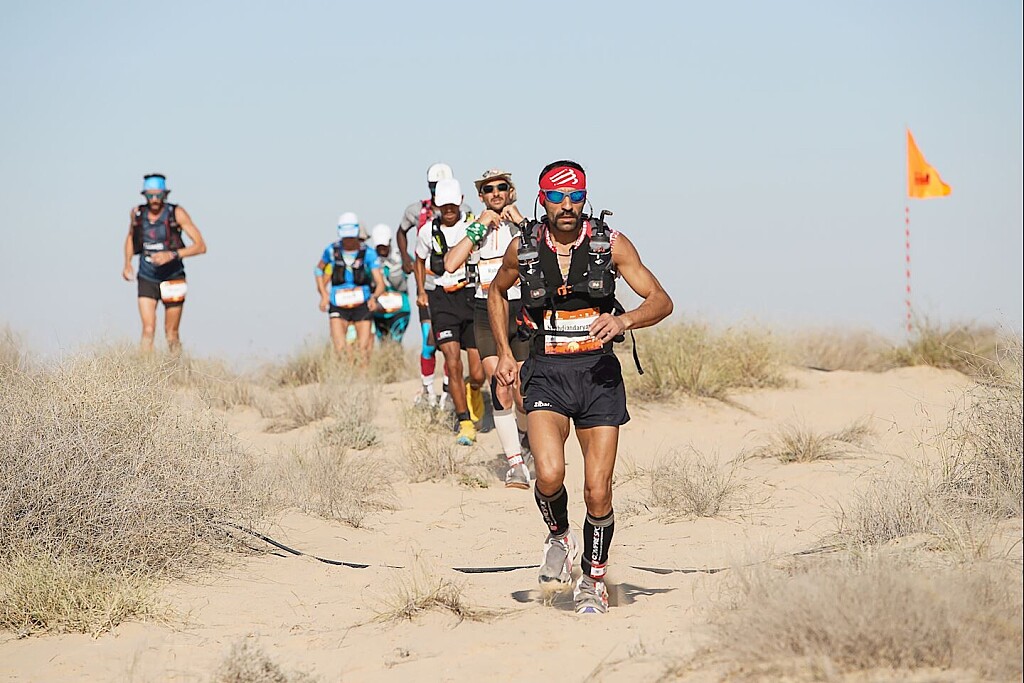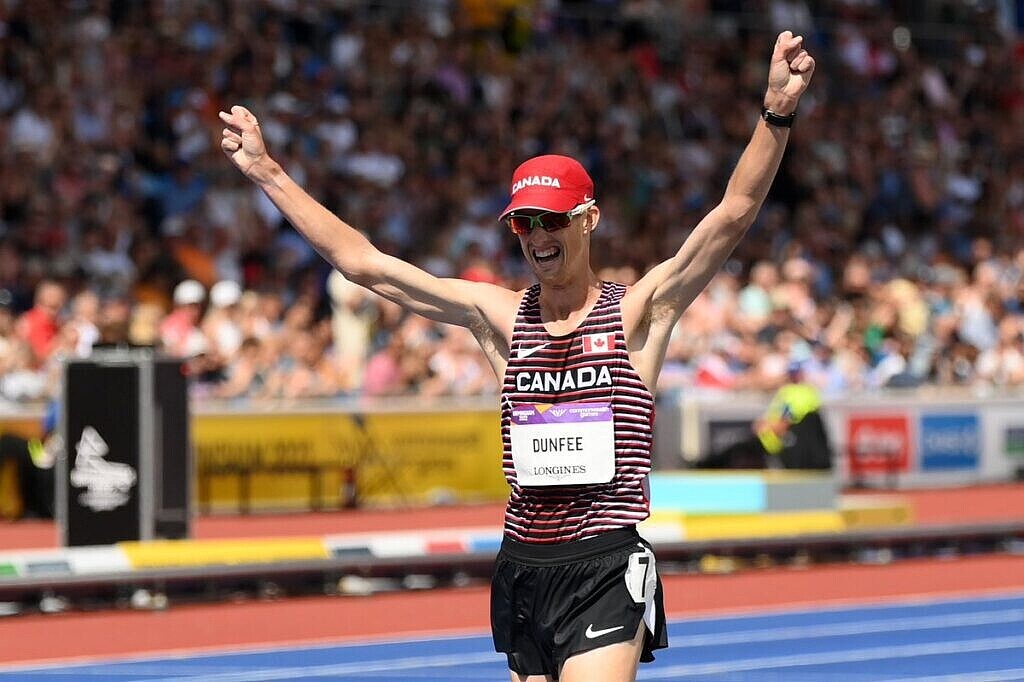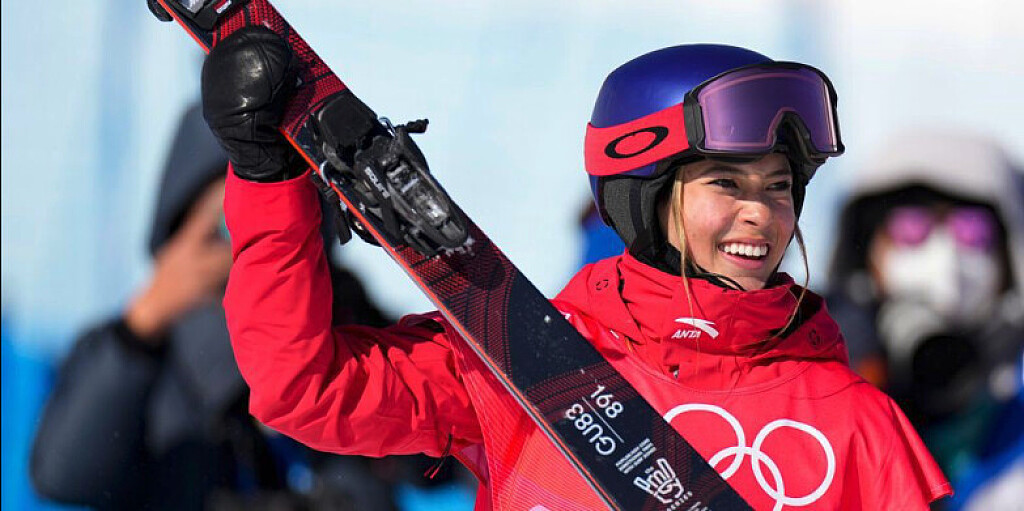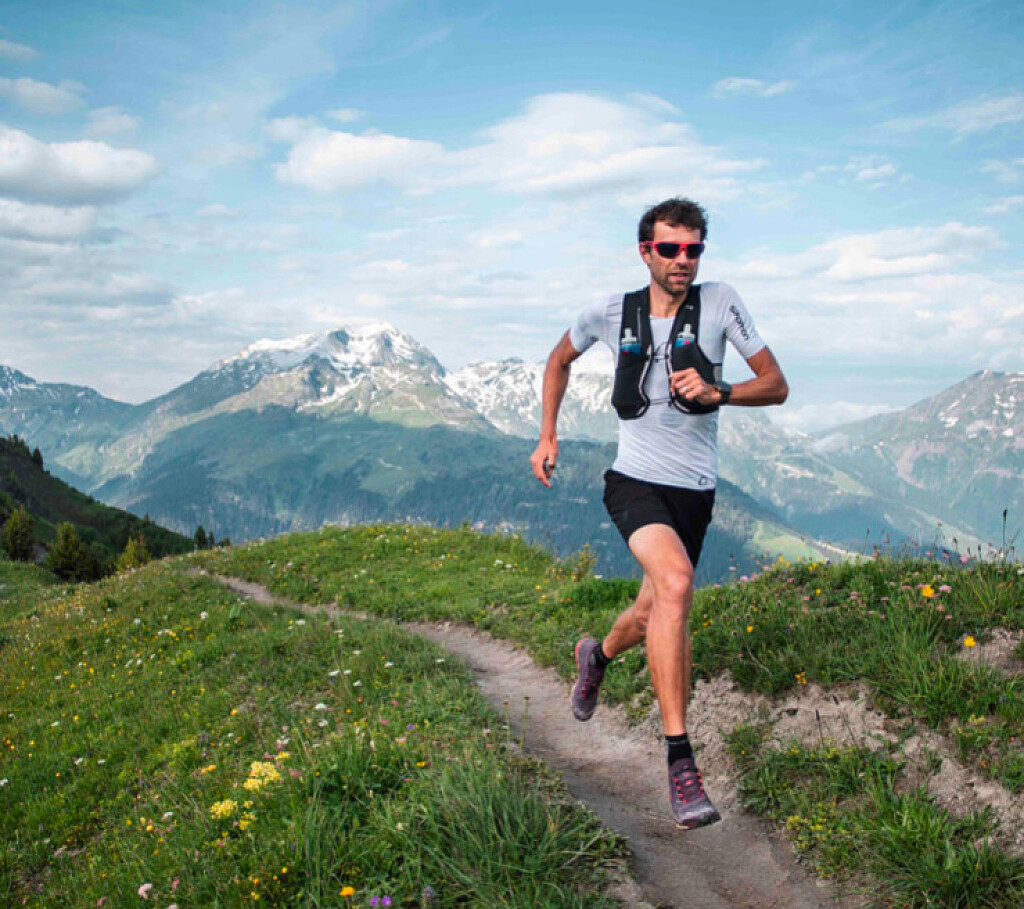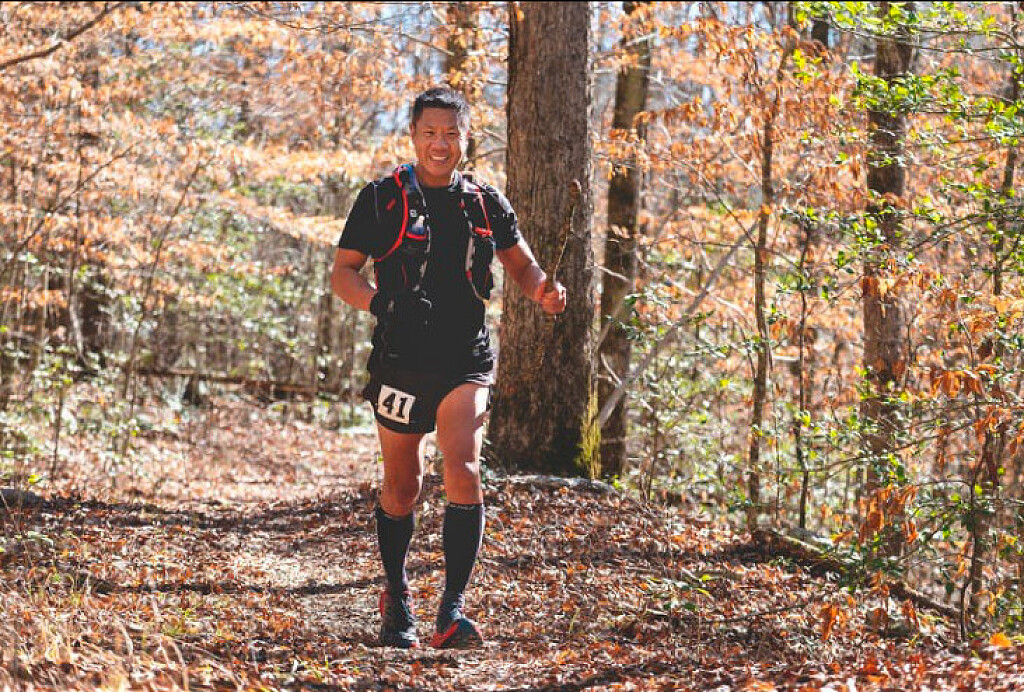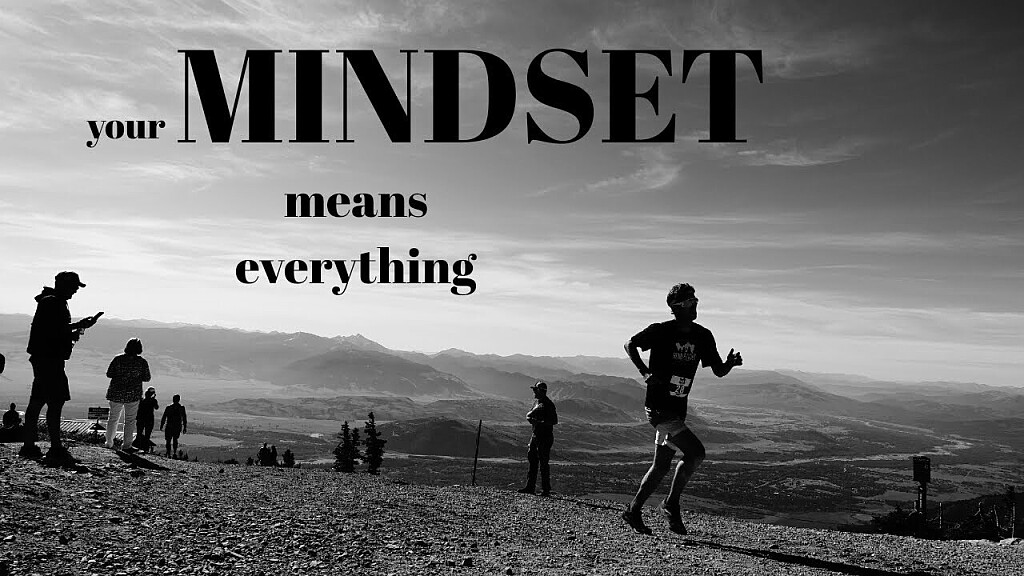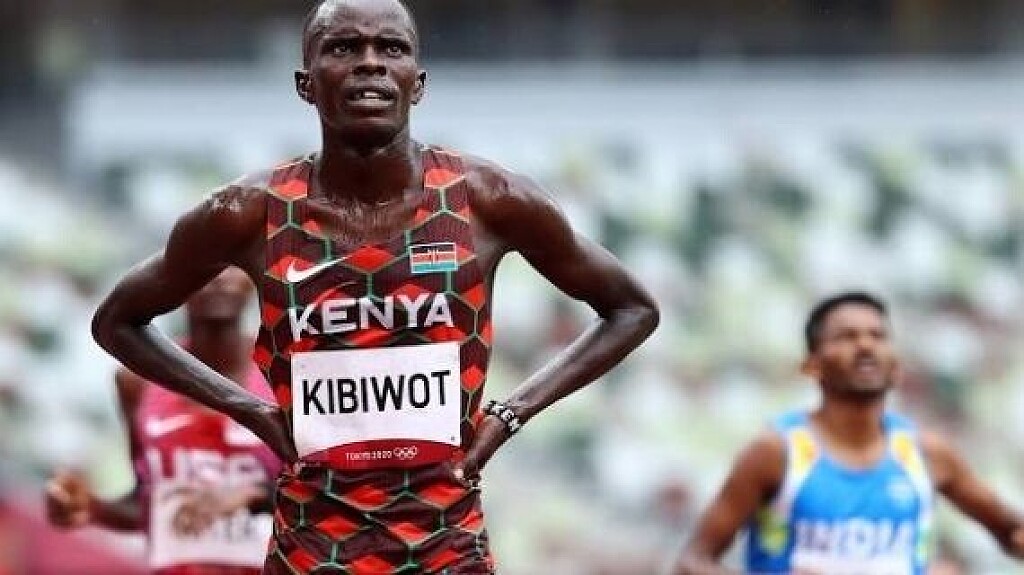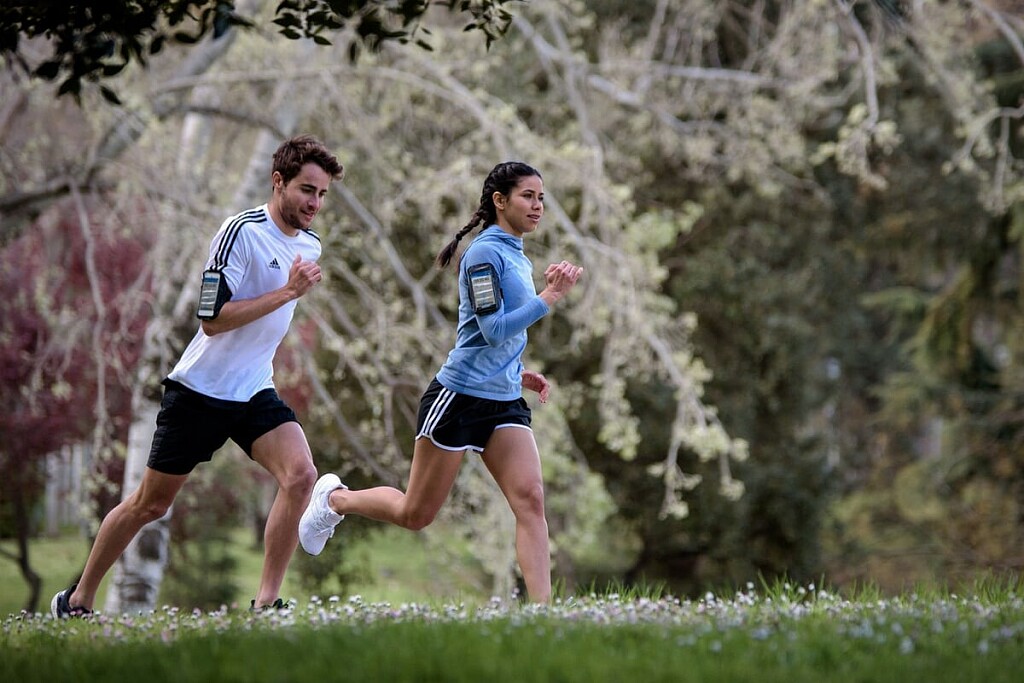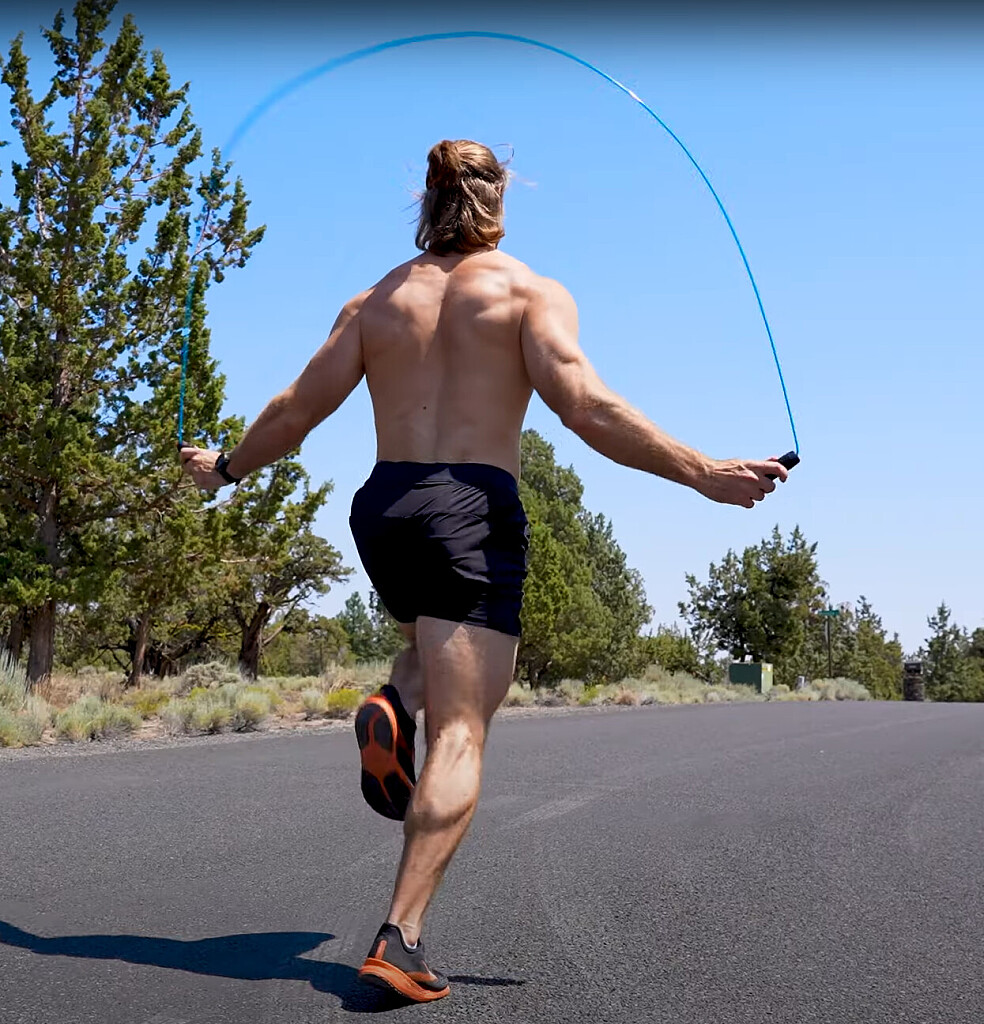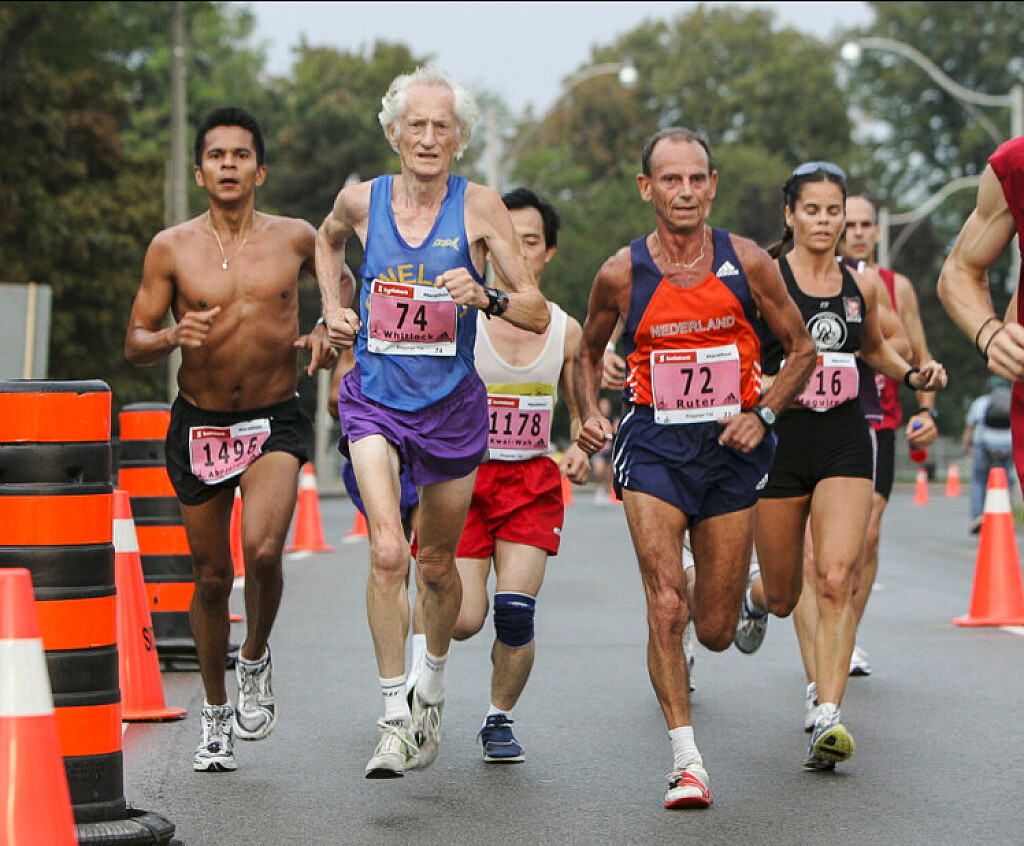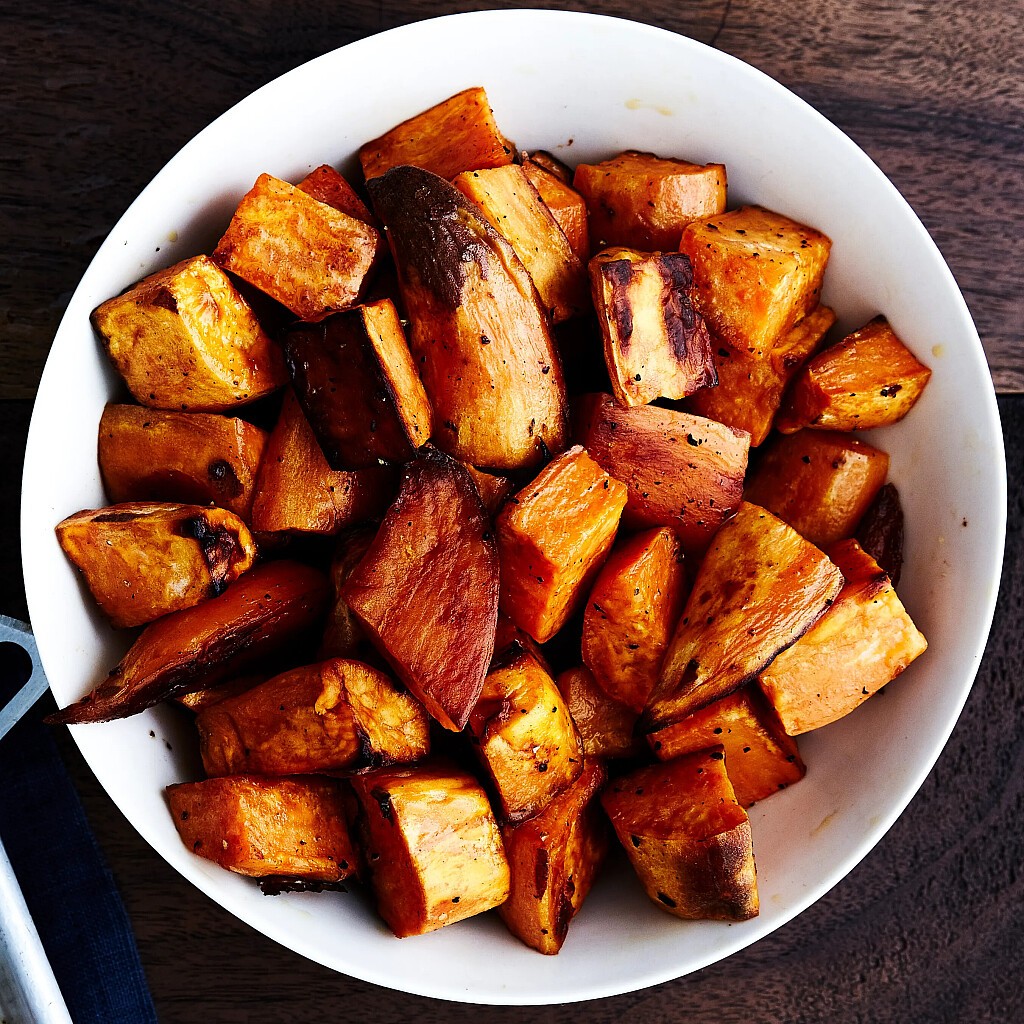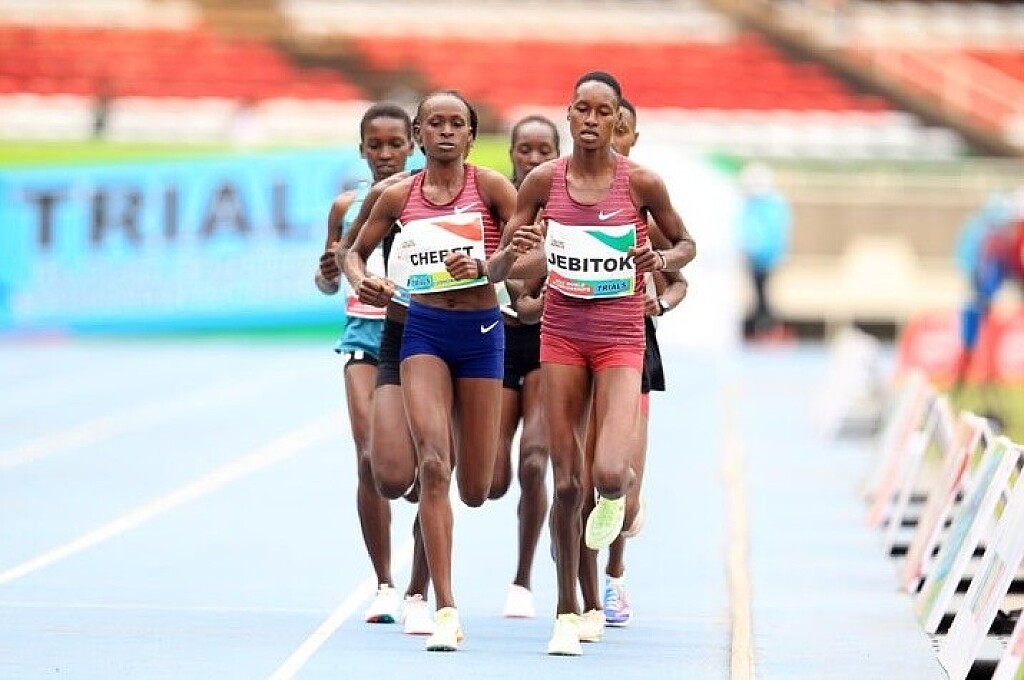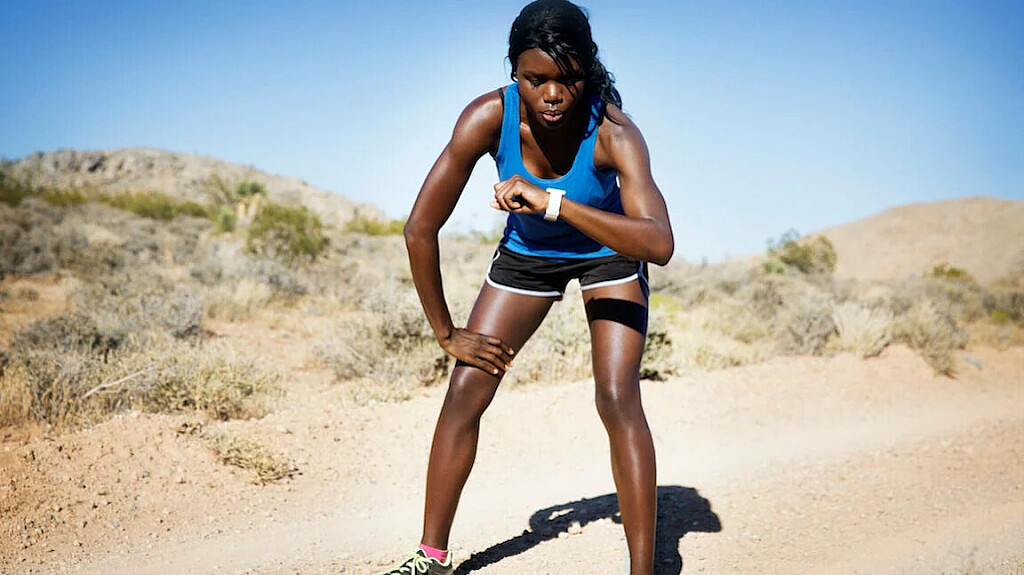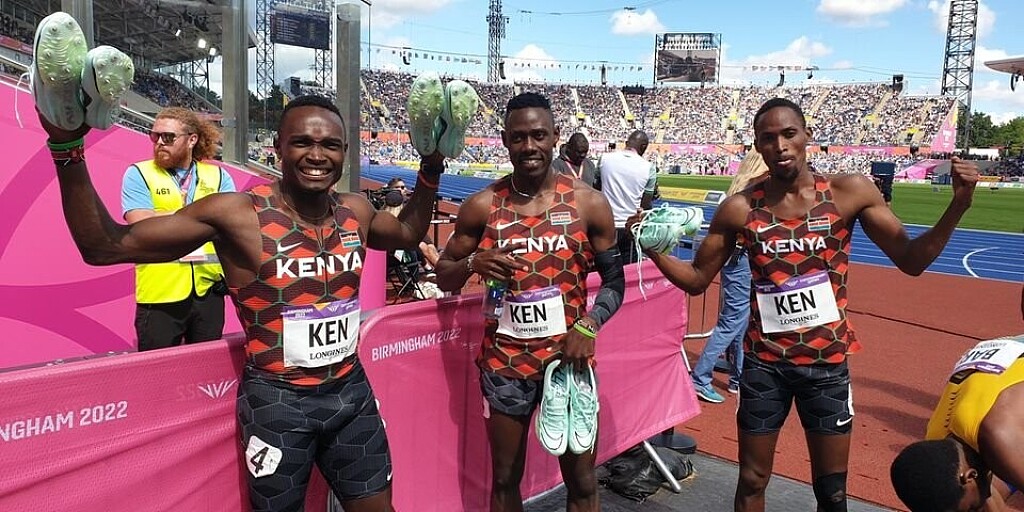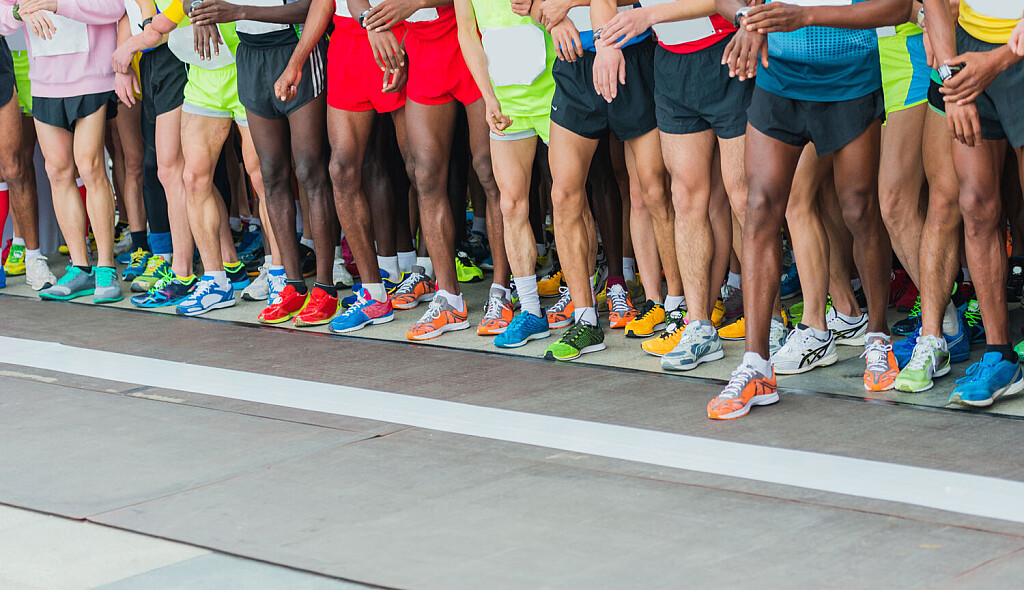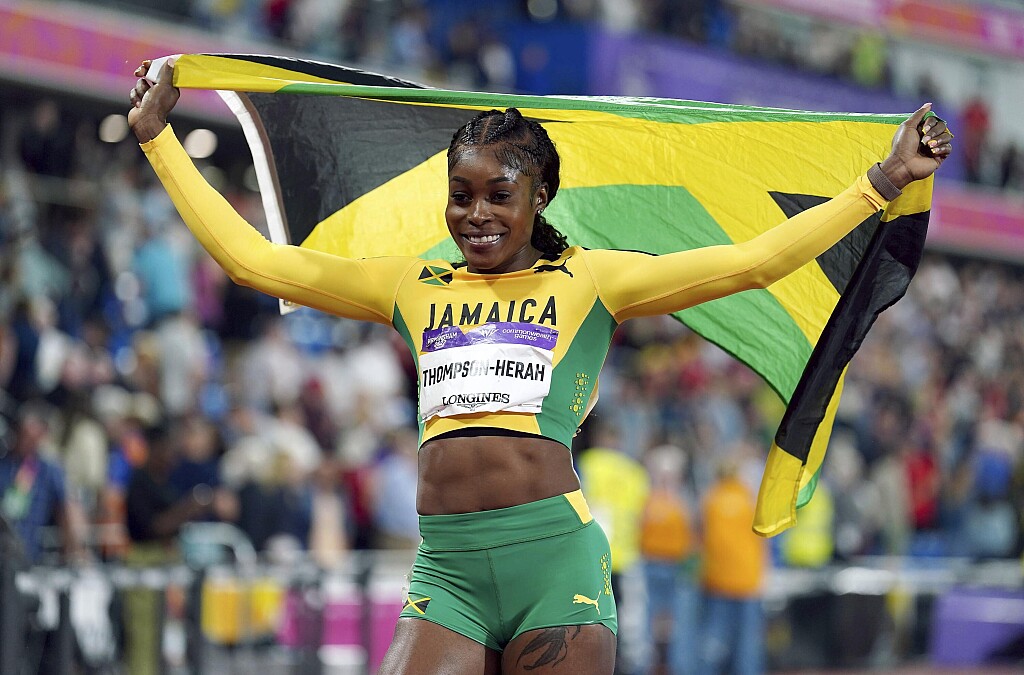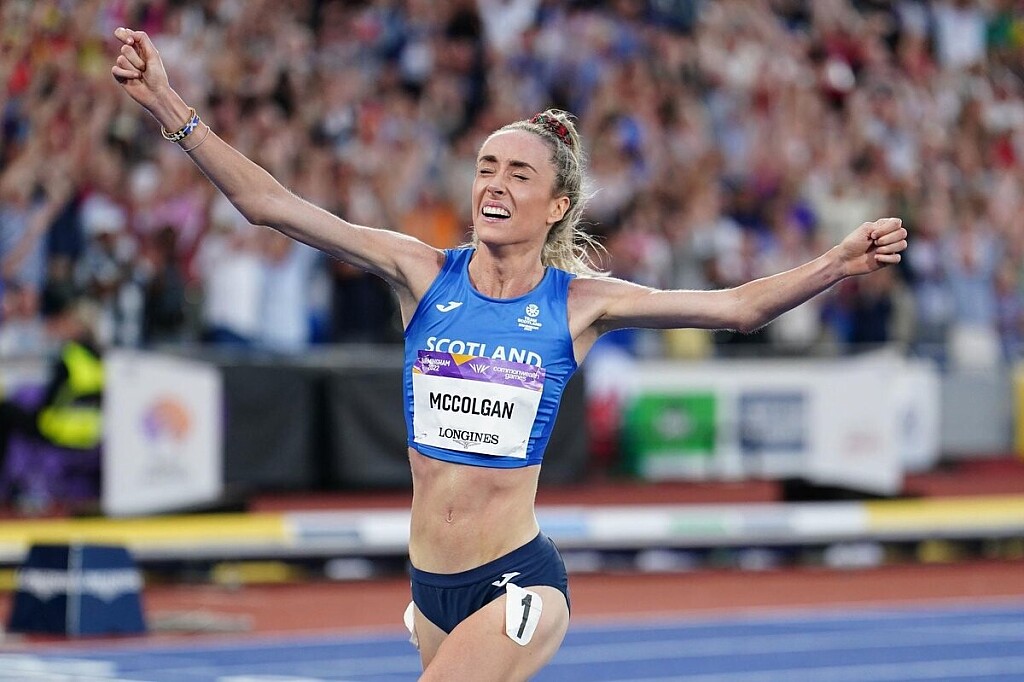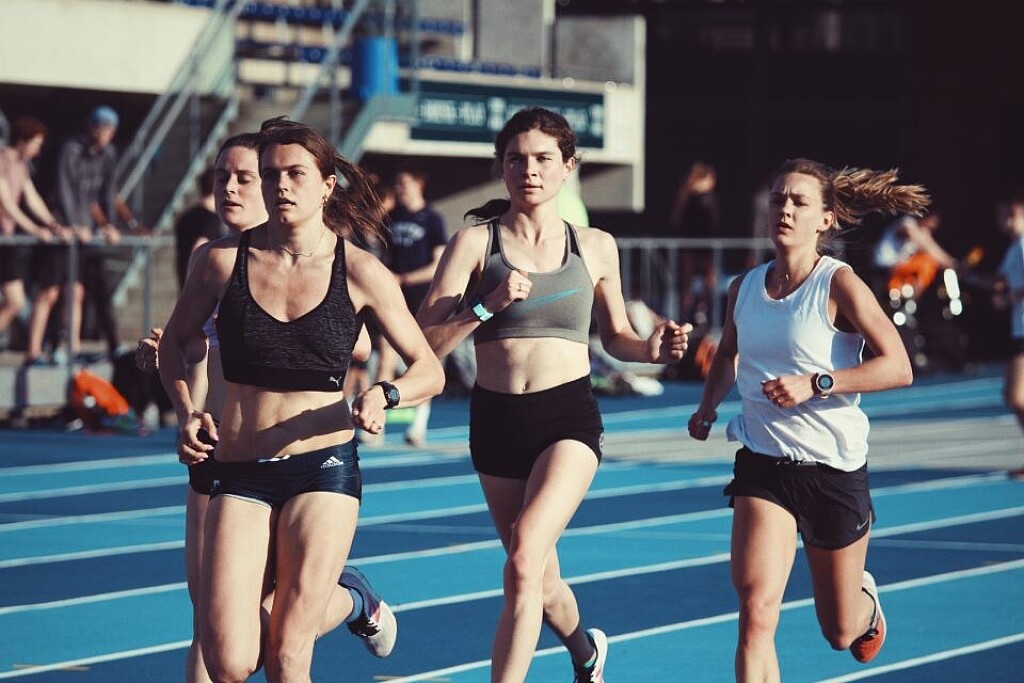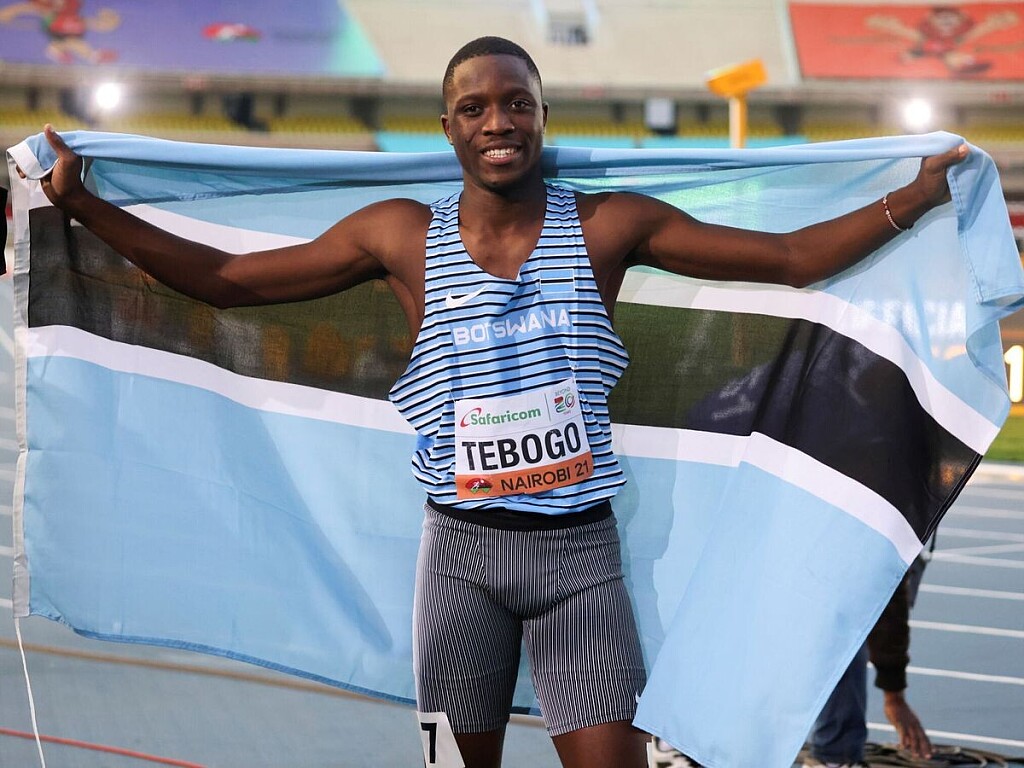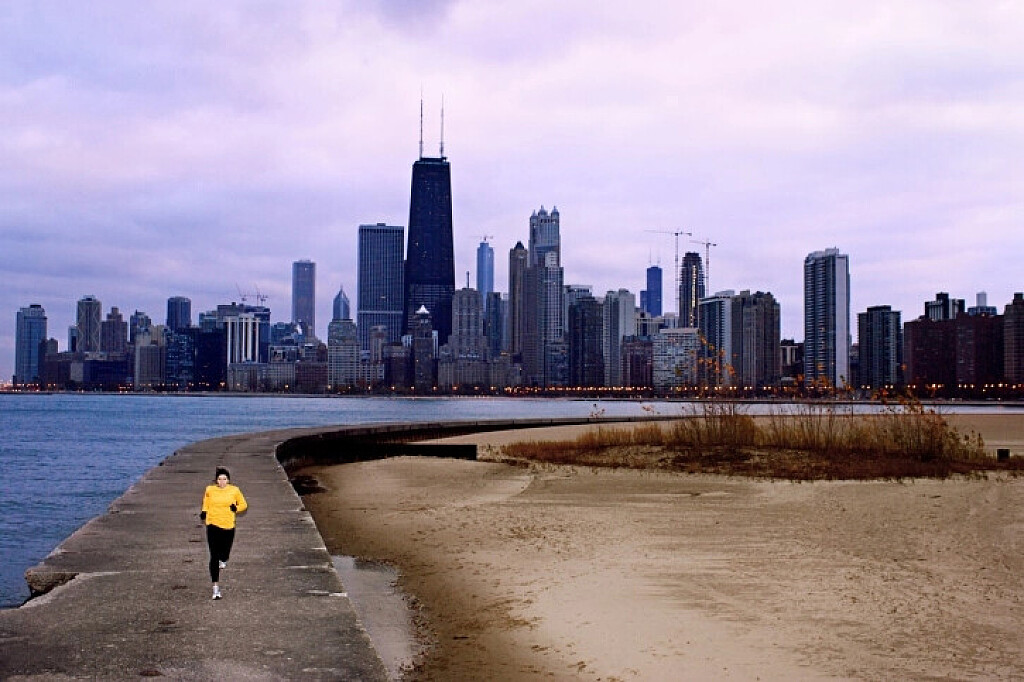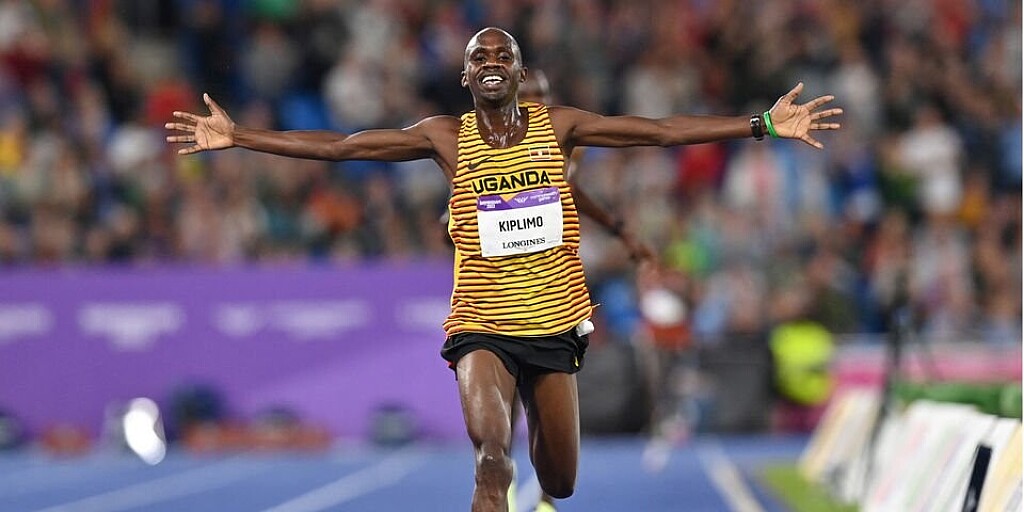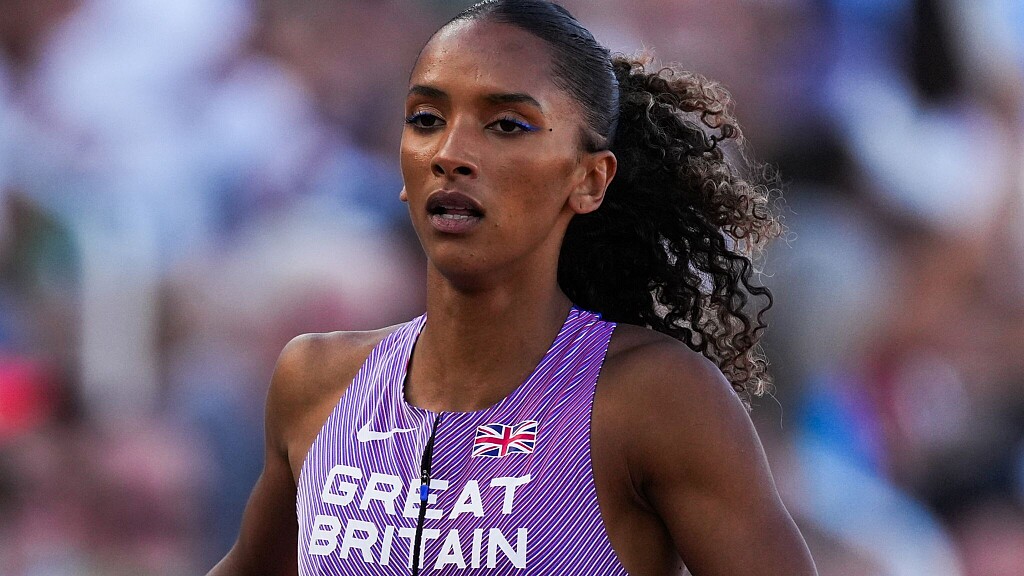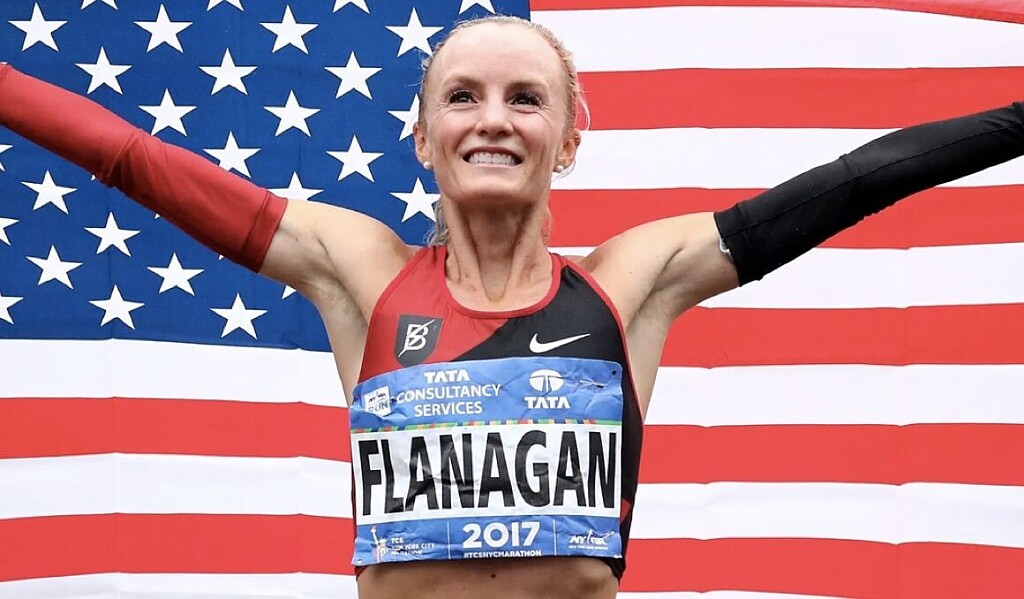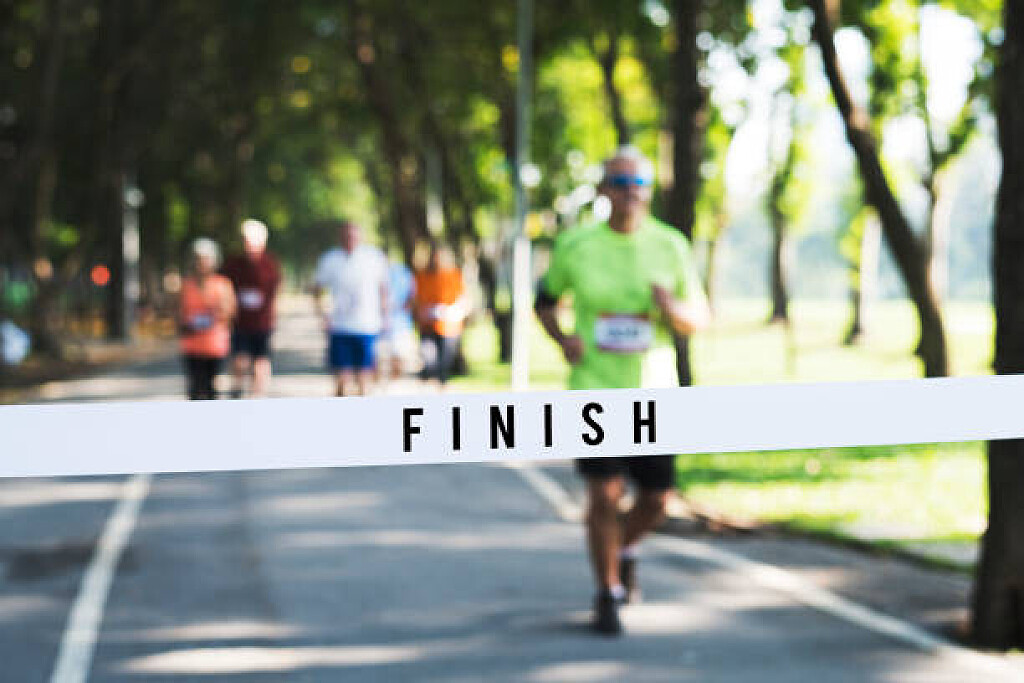Running News Daily
Running News Daily is edited by Bob Anderson in Mountain View, California USA and team in Thika Kenya, La Piedad Mexico, Bend Oregon, Chandler Arizona and Monforte da Beira Portugal. Send your news items to bob@mybestruns.com Advertising opportunities available. Over one million readers and growing. Train the Kenyan Way at KATA Running Retreat Kenya. (Kenyan Athletics Training Academy) in Thika Kenya. Opening in june 2024 KATA Running retreat Portugal. Learn more about Bob Anderson, MBR publisher and KATA director/owner, take a look at A Long Run the movie covering Bob's 50 race challenge.
Index to Daily Posts · Sign Up For Updates · Run The World Feed
What is a stress reaction, and how can you prevent one?
Molly Seidel missed world championships because of a stress reaction; how can the rest of us stay injury-free?
Avoiding injury is the goal of every runner, and that includes preventing a season-ending (and painful) stress reaction. Olympians Molly Seidel and Gabriela DeBues-Stafford have both been sidelined this year with stress reactions; ultrarunner Gary Robbins had to pull out of his 2019 Barkley attempt due to one. So what is a stress reaction, and how can a regular runner prevent it?
Stress injuries: the basics
Readers may be more familiar with the term “stress fracture,” which is further along the stress injury spectrum. (In other words, a stress reaction may lead to a stress fracture if left untreated.) The cause of the initial reaction (and subsequent possible fracture) is usually overuse, as opposed to more serious traumatic types and of fractures from falls or other accidents.

Stress injuries are classified upon diagnosis: early (stress reaction) or late (stress fracture). A stress reaction can be considered similar to a deep bone bruise. A stress fracture is a small hairline crack in the bone.
Stress reactions are usually diagnosed through an MRI, and we see pro athletes catch their injury at this early stage because they’re more likely to have quick access to medical technology. Regular runners often don’t realize they have a serious injury until an X-ray shows a stress fracture.
Why are runners vulnerable?
Runners tend to get stress injuries in their leg bones, feet and hips due to the repetitive nature of our sport. DeBues-Stafford’s and Seidel’s stress reactions were in their sacrums (the triangular bone at the base of the spine, just above the tailbone); Robbins‘ was located at the head of his femur (thigh bone), close to the sacrum.

The pain from this injury is often barely noticeable at first, but progresses over time until you can even feel it at rest. Runners may be used to running through niggling pain and soreness and will ignore the symptoms of a stress injury until it’s past the reaction stage.
Proactive steps
Overtraining and underfuelling are major contributing factors to stress injuries.
A paper in the Journal of Orthopaedic and Sports Physical Therapy reported that while micro-damage to tissues and bones is essential to athletic improvement, stress reactions occur when the strain caused during accumulated activities is disproportionate to the body’s ability to recover.
What does that mean for the regular runner? Be mindful of nutrition, recovery and training load. Running a big marathon build, but not fuelling appropriately for your body to actually repair the incremental damage done by that build, is a recipe for disaster.
Allowing appropriate recovery time (including sleeping 8-9 hours per night) after hard sessions or training blocks and eating enough nutritious food to fuel that recovery are essential to avoiding stress injuries. (They’re also key to becoming a faster, stronger runner.)
(08/12/2022) ⚡AMPby Keeley Milne
The Race Against Age: How to slow down the slowing down, become a faster runner in your forties and beyond
Your age doesn't have to hold you back in the sport! Here's how to rework your training so you can become a faster masters runner.
Sometimes running life begins at 40 and, as a result, you should continue to see improvements in running pace and performance. But, even if your running life began several decades prior to your fortieth birthday, you can still run faster in your forties and beyond.
Consider Kevin Castille of Nicholasville, Kentucky. In 2012 the 41-year-old set an age-group national record of 48:56 for 10 miles on the road. A couple of weeks later he broke his own age-group record for 10,000 meters on the track, running 28:53.54. That time is within four seconds of Castille’s personal best for the event, which he set when he was 32.
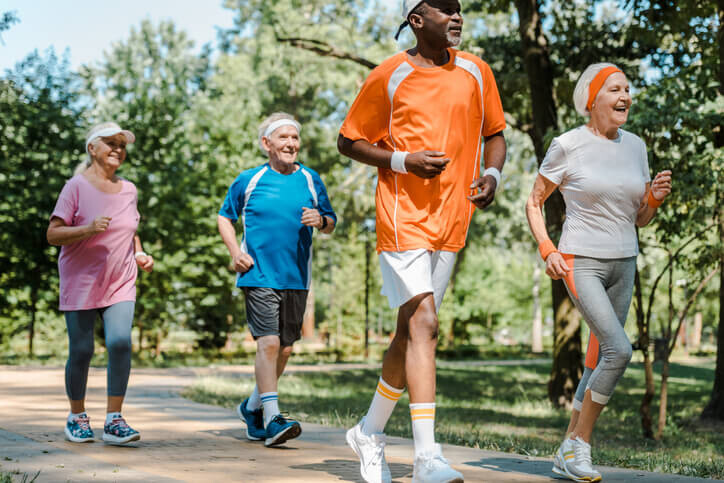
How did he do it and how can you mimic it? Let’s take a closer look:
TAKE MORE TIME IN BETWEEN HARD EFFORTS
In running life after 40, recovery is key and you will need more time to recover from hard workouts. Masters runners can shift their training and mindset by adapting an 8-10 day cycle of training rather than planning out a typical 7 days. The extended schedule allows for the recovery time needed but also keeps key workouts, like speed and tempo, on in regular rotation.
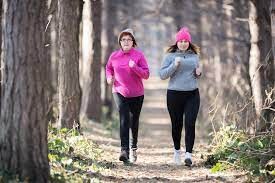
RUN LESS
Yes, you read that correctly. If you want to run faster after 40 you will need to take recovery seriously and you will need to implement more cross training. Your body most likely cannot endue the same 50-100 mile weeks of continuous running and instead needs to build up key muscles to support the quality runs you are doing.
Consider cycling for some of your cross training as it’s a great alternative to the pounding on your joints and has been proven beneficial to running endurance. If you have access to an ElliptiGO, even better! We already know a certain decorated, over 40 runner named Meb who has been training with an ElliptiGO for years with much success.
TRAIN SPEED DIFFERENTLY
Yes, you can still go fast and harness some speed out of those legs and lungs but you will want to incorporate strength training and hills into your “speed work” days. Add more explosive strength training days (think plyometrics) since your body can tolerate strength work better than a day at the track. And, instead of doing something like 10×400 do shorter hill sprints like 10 x 30 seconds at 4 percent incline. Lastly, keep a speed component in your training at all times, even the offseason, so you can better maintain your body’s tolerance for it.
FOCUS EVEN MORE ON FOOD
If good nutrition is already a focus (as it should be) you will need to hone your eating skills to adapt to your aging body and it’s changing nutritional needs. Nutritionist, bestselling author and runner Matt Fitzgerald has a system that ranks food types by quality as defined by their effect on body composition. The 10 types are in descending order of quality:
Vegetables
Fruits
Nuts and seeds
Fish and lean meats
Whole grains
Dairy
Refined grains
Sweets
Fatty meats
Fried foods
Fitzgerald suggests tracking how many times you eat each type of food and then use the data to move your eating habits toward mostly the top of the list. He also emphasizes that none of these food groups needs to be eliminated.
Whether you started running at 40 or are still looking to push yourself as you enter this new decade, know that you can run faster after 40 and beyond as long as your adjust your workouts and your mind to a new way of training.
(08/12/2022) ⚡AMPby Allie Burdick
Defending Champions Set to Return to the 2022 Bank of America Chicago Marathon
The Bank of America Chicago Marathon announced today the return of its defending champions as the event continues to build on its comeback to global racing. Ruth Chepngetich (KEN), Seifu Tura (ETH), Tatyana McFadden (USA) and Daniel Romanchuk (USA) will be at the helm of this year’s elite field with a strong contingency of the world’s best athletes vying to dethrone them. The stage will be set for a fierce competition up front, highlighting Chicago’s long tradition of record chases, fast times, and gripping finishes.
“We’re thrilled to welcome our defending champions back to Grant Park this fall,” said Carey Pinkowski, Executive Race Director of the Bank of America Chicago Marathon. “Chicago has a storied history of head-to-head competitions, world records and some of the best elite racing in marathon running. This year’s competition, which also includes American half marathon record holder Emily Sisson and American half marathon champion Conner Mantz making his debut, is going to bring much energy and enthusiasm to fans and spectators. We are ready for October 9.”
Defending Champions Return
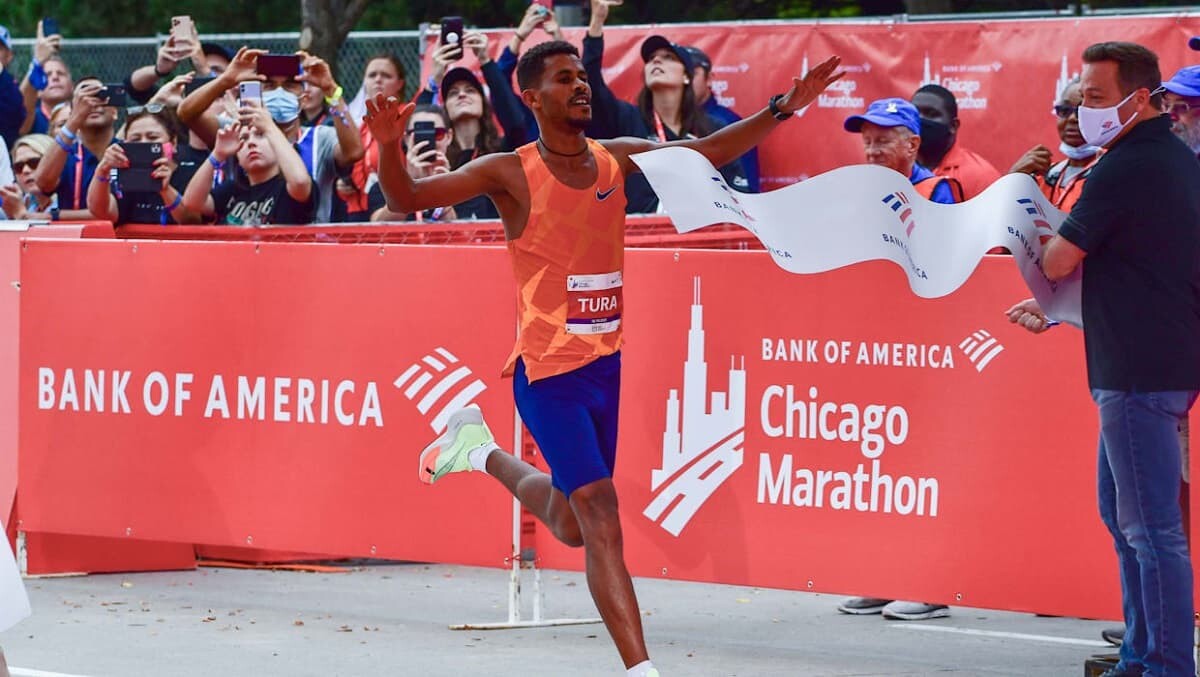
Chepngetich, the 2019 World Marathon champion and the fourth fastest woman in the history of marathon running, started on a world record pace at the 2021 Bank of America Chicago Marathon, dropping her pacer eight miles in while racing against the clock. She decelerated over the second half of the course but had enough to take the crown in 2:22:31. Chepngetich, who is self-coached, kicked off her 2022 season with a win and a course record at the Nagoya Marathon (2:17:18). She recently dropped out the of the World Championships Women’s Marathon due to health issues but is ready to take to the streets of Chicago and defend her title.
Unlike the fast pace set by Chepngetich, Tura ran a controlled strategic race last fall in the elite men’s race, waiting until 38K to pull ahead and win the biggest race of his career so far. Tura, who holds a 2:04:29 personal best, clocked 2:06:12 to win last year. His 2022 season includes a personal best in the half marathon, 58:36, and a second place finish in the Paris Marathon. Following last year’s victory, Tura noted that he was not prepared for warm weather, but that he was “determined to fight to the very end.” Tura’s determination may make him just the fifth man in Chicago’s history to win twice in a row.
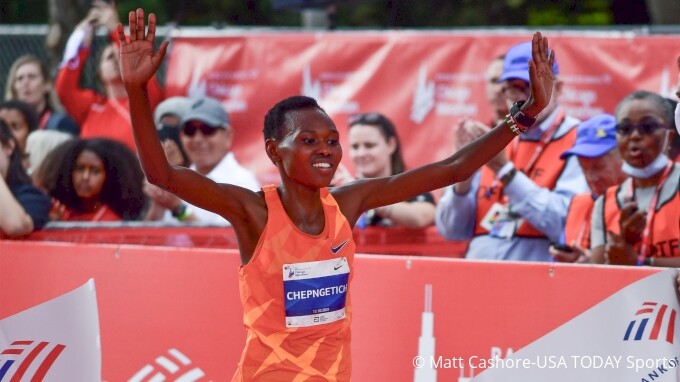
In the wheelchair competition, McFadden, whose nine titles make her the most decorated athlete in Bank of America Chicago Marathon history, returns to contend for her 10th win. McFadden boasts 20 Paralympic medals, including eight gold medals, 24 World Marathon Major wins, including four consecutive Grand Slams (first place in Boston, Chicago, New York City and London in the same year) and has broken six world records in track and field.
Romanchuk, a two-time Paralympian, completed the Bank of America Chicago Marathon hat trick with a victory last fall and returns to pursue a fourth title. Romanchuk rose to the top of road racing in 2018 and his campaign continues today. At the 2020 Paralympic Games, he took home a gold on the track and a bronze in the marathon.
Sisson and Mantz Headline Strong American Field
The Bank of America Chicago Marathon has a long history of welcoming America’s best runners across its finish line, stretching back to Joan Benoit Samuelson setting the American record en route to her victory in 1985. Khalid Khannouchi dominated at the turn of the century with four victories, including both world and American records, Deena Kastor clutched the win in 2005, and Galen Rupp stole the show in 2017. Last October saw five American men and seven American women finish in the top 10, a feat that highlights the strength of U.S. distance running. This year’s field includes several top American runners, including Emily Sisson and Conner Mantz.
Sisson, a six-time national champion and the American half marathon record holder (1:07:11), could put the American Marathon record (2:19:12) in jeopardy as she races to break the tape in Chicago. Sisson stands out as one of the most dominant American women on the track and the roads, making her Olympic debut in the 10,000m at the Tokyo Olympics and her marathon debut in 2019 in London. Sisson ran the fastest ever marathon debut by an American on a record eligible course (2:23:08), and she set an Olympic trials record in the 10,000m on the track (31:09) in 2021, breaking a record that stood for 17 years. This October marks Sisson’s first appearance in the Bank of America Chicago Marathon.
Mantz, known for his front-running style and capacity to handle pain (referred to as the “Mantz pain chamber”), made a splash on the collegiate level, winning the NCAA Division I Cross Country championships in 2020 and 2021, and earning his first U.S. title in the half marathon in 2021. Mantz’s time in the half marathon, 1:00:55, ranks him ninth on the all-time American list of half marathon performances. Mantz, an exciting newcomer to welcome to the marathon distance, could conquer the American marathon debut record, 2:07:56, set in 2019. Mantz is coached by 1994 Chicago Marathon runner-up, Ed Eyestone.
The Elite Fields
In addition to Sisson, Celestine Chepchirchir (KEN), Vivian Kiplagat (KEN) and Haven Hailu (ETH) are among some of this year’s elite women hoping to prevent a repeat victory from Chepngetich. Chepchirchir, winner of the 2019 Sanlam Cape Town Marathon, enters this year’s race fresh off a personal best, 2:20:10, set at the Seoul International Marathon. The Bank of America Chicago Marathon marks her Abbott World Marathon Major (AbbottWMM) debut. Kiplagat, winner of the 2022 Milan Marathon in a personal best, 2:20:18, ran valiantly in Chicago last year, attempting to stay on Chepngetich’s heels before fading to fifth place. Like Chepchirchir, Hailu will be making her first appearance in an AbbottWMM. Hailu made her marathon debut in 2020, set a personal best, 2:20:19, in 2021 to take third in Amsterdam, and claimed her first marathon victory in Rotterdam this past April.
Laura Thweatt (USA), Sarah Sellers (USA) and Sara Vaughn (USA) lead a strong delegation of American women. Thweatt holds a marathon personal best of 2:25:38, and finished eighth in both Chicago (2019) and New York (2021). Sellers initially turned heads in 2018 when she finished second in the Boston Marathon while running from the open field. Sellers smashed her PR to finish second at this spring’s Grandma’s Marathon in 2:25:43. Vaughn, a versatile runner who started her career on the track as a 1500m runner, made her marathon debut in 2021, winning the California International Marathon in 2:26:53. Vaughn’s time stands out as the fifth fastest debut ever by an American woman.
The women’s field also includes Diane Nukuri (USA), Ursula Sanchez (MEX), Carrie Verdon (USA) and local favorite Kristen Heckert (USA).
In the men’s competition, Tura will be chased to the line by compatriots Herpasa Negasa (ETH), Dawit Wolde (ETH), Asrar Abderehman (ETH), Ugandan Olympian Stephen Kissa and Kenyan Benson Kipruto.
Negasa had a career breakthrough in 2019 when he subtracted nearly six minutes from his marathon PR in Dubai to run 2:03:40. He comes to Chicago after a strong second place performance in Seoul, clocking 2:04:49. Wolde initially made a name for himself as a junior competitor on the track. His transition to the roads started in 2014, and he boasts a marathon personal best of 2:04:27, set in 2021 to finish third in Rotterdam. Abderehman made headlines in February when he broke the course record at the Zurich Seville Marathon, taking three minutes off his PR to run 2:04:43. Chicago marks his first appearance in an AbbottWMM.
Kissa, a 2020 Olympian in the 10,000m, stands out as an exciting athlete to watch. He brings years of track speed to the road, recently debuting in the marathon in 2:04:48. In addition to the Olympic Games, he also represented Uganda at the World Championships Half Marathon. The Chicago Marathon marks his first time racing in the United States and his first time racing in an AbbottWMM. Kipruto’s 2:05:13 personal best may not be the fastest in the field, but he has performed well at the marathon distance, winning the Boston and Prague Marathons in 2021 and finishing third in Boston this April. He also finished seventh in London in 2020 and won the Toronto Marathon in 2018.
The men’s field also includes sixth place finisher in 2021 and local elite Colin Mickow, Hiroto Fujimagari (JPN), John Korir (KEN), Frank Lara (USA) and making his debut, Patrick Tiernan (AUS).
(08/12/2022) ⚡AMPby Running USA
Bank of America Chicago
Running the Bank of America Chicago Marathon is the pinnacle of achievement for elite athletes and everyday runners alike. On race day, runners from all 50 states and more than 100 countries will set out to accomplish a personal dream by reaching the finish line in Grant Park. The Bank of America Chicago Marathon is known for its flat and...
more...Cape Verde Olympian smashes stroller mile world record by nine seconds
Last weekend in Newburyport, Mass., former Olympian Ruben Sança shattered the stroller mile world record in a swift four minutes and 32 seconds while pushing his son at the 30th annual High Street Mile.
Sança broke the previous record of four minutes and 41 seconds with his 55-pound, five-year-old son, Greyson, strapped into the stroller. The week before, Sança won the Newburyport Lions Club 10-mile road race while pushing his son.
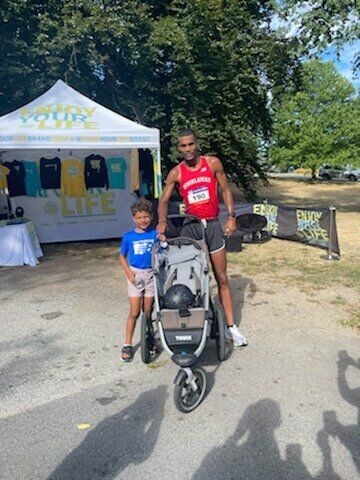
According to an interview with local news, Sança’s said the stroller weighed 25 pounds, so he ran a 4:32 mile while pushing 80 pounds.
Although he broke the world record, he will have to wait to have his record ratified by Guinness. Until ratification, the current Guinness World Record for the stroller mile is held by Taylor Huseman, which he set on a track in March.
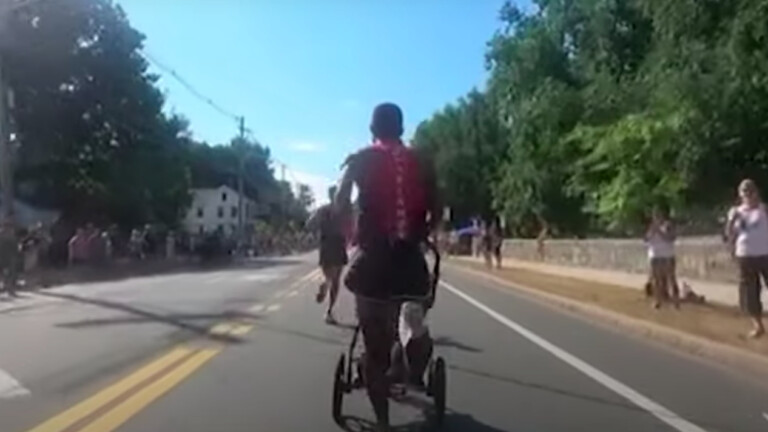
At the 2012 London Olympics, Sança was one of three athletes on the Cape Verdean Olympic team. He competed in the 5,000 metres, finishing 40th overall in the heats.
Sança is the current Cape Verdean record holder in the 3,000m indoors (8:07.50), 5,000m (14:05.39), 5K (14:11) and the marathon (2:18:47).
Drew Piazza of Cambridge, Mass. won the mile in 4:09.3. In the women’s race, Melissa Lodge of Providence, R.I. was the winner in 4:38.5.
(08/12/2022) ⚡AMPby Marley Dickinson
Hodgkinson and Muir lead the British charge in the middle and long distances in Munich 2022
For Keely Hodgkinson, another silver lining would come as nothing close to consolation at the Munich 2022 European Athletics Championships from 15-21 August, part of the wider multisport European Championships from 11-21 August.
Having finished in the runner-up position in the 800m finals at the World Athletics Championships and Commonwealth Games in the past three weeks - and in the Olympic final in Tokyo a year ago, for that matter – the 20-year-old Briton will be on a redemption run for gold in the Bavarian capital.
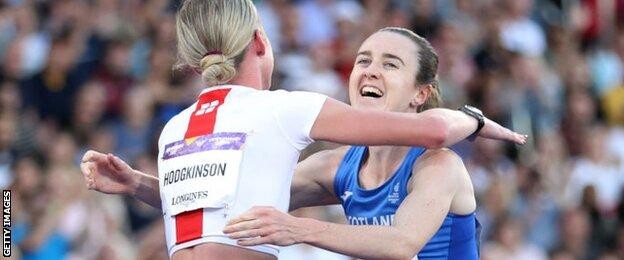
After missing out by a tantalising 0.08 in a titanic home straight tussle with Athing Mu at the World Championships in Oregon on 22 July, Hodgkinson had Commonwealth gold within her grasp on home ground in Birmingham last Saturday (6) until Kenya’s Mary Moraa came charging past halfway down the home straight.
It is a measure of the meteoric progress Hodgkinson has made under the guidance of Trevor Painter and Jenny Meadows that major championship silver medals have come as a disappointment. It was only last year that she made her senior breakthrough, winning the European Indoor title in Torun at the age of 19.
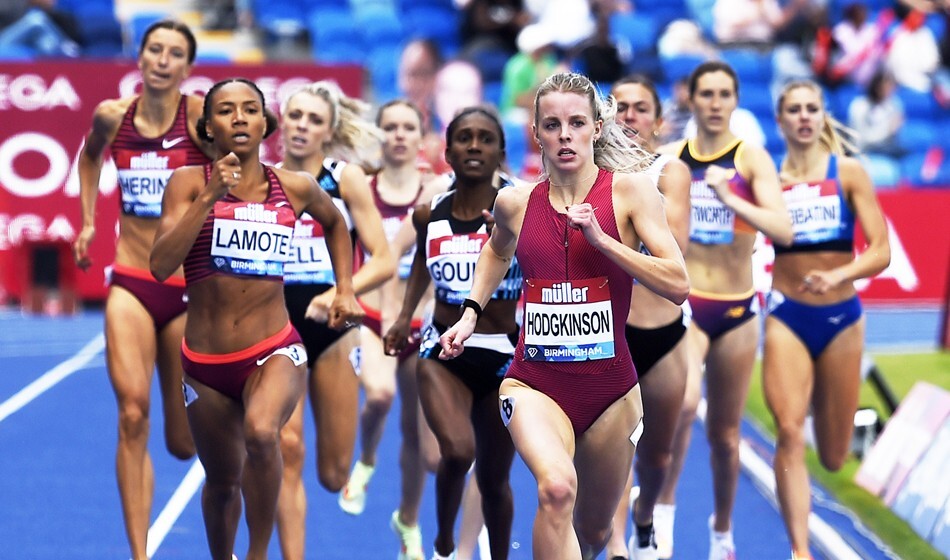
First place in an outdoor European 800m final would be one better than her co-coach managed. Meadows finished second to Yvonne Hak of the Netherlands in Barcelona 2010 albeit after initial winner Mariya Savinova was disqualified for an anti-doping violation.
There have been two British winners of the two-lap event: Lynsey Sharp in Helsinki in 2012 - again retroactively - and the great Lillian Board in Athens in 1969. A third British success in Munich would be a poignant one, given the prodigiously talented Board’s tragic fate.
A 400m silver medalist at the 1968 Olympic Games in Mexico City, she was cruelly cut down by cancer before she had a shot at 800m gold at the 1972 Olympics in Munich. After traveling to Munich in search of a cure, she died in a clinic in the city in December 1970, 13 days past her 22nd birthday.
Second fastest on the 800m entry-list - both in personal and season’s bests - is Hodgkinson’s British teammate Jemma Reekie. The 24-year-old Scot finished fourth in the Olympic final last year but has been struggling for form this summer in the wake of glandular fever, placing fifth in the Commonwealth 1500m final last Sunday (7).
Three other women in the field have run inside 1:59 this year: Slovenia’s former 400m specialist Anita Horvat, who finished a surprise seventh in the World Championships; France’s Renelle Lamote, silver medalist at the last two European Championships; and Elena Bello of Italy.
Switzerland also boasts two potential medal contenders: in 18-year-old world U20 silver medallist Audrey Werro, who clocked 1:59.53 in that race in Cali, and Lore Hoffmann, who narrowly missed out on a place in the final in Oregon.
Ukrainians Nataliya Krol (formerly Pryshchepa) and Olha Lyakhova, who won gold and bronze in Berlin 2018, are also on the entry-list but neither athlete has broken the sub-2:00 barrier so far in 2022.
A fourth major 1500m medal in 12 months beckons for Muir
Hodgkinson’s compatriot Laura Muir defends the 1500m crown she gained in Berlin four years ago in buoyant mood, having collected world bronze and Commonwealth gold at the distance in successive weeks, together with Commonwealth 800m bronze.
The Scot’s closest challengers are likely to be Poland’s fast-finishing Sofia Ennaoui, who took silver behind Muir in 2018 and who showed a timely return to form with fifth place in the Oregon final, and Ireland’s Ciara Mageean, who was an impressive runner-up to Muir in the colors of Northern Ireland in last Sunday’s Commonwealth final.
Another Scot who struck gold on the Commonwealth stage in Birmingham, Eilish McColgan, is entered for both the 5000m and 10,000m in Munich.
A stunning winner of the 10,000m in Birmingham, and silver medalist in the 5000m, the 31-year-old is due to tackle her third championship double in less than a month, having placed tenth in the 10,000m and eleventh in the 5000m at the World Championships.
McColgan, who is preparing to make her marathon debut in London in October, is as indefatigable as her celebrated mother and coach Liz, the 1991 world 10,000m champion, but cumulative championship fatigue could well undermine her – particularly in the 5000m.
Norway’s Karoline Grovdal finished eighth in the World Athletics Championships final and the 2018 steeplechase bronze medalist, who also finished third in the 10,000m in 2016, could start the marginal favorite.
Weakened after a bout of coronavirus, Germany’s Konstanze Klosterhalfen failed to make it beyond the 5000m heats in Eugene but should be in more robust form for her second home European Athletics Championships where she is planning to contest both the 5000m and 10,000m along with Turkey’s Yasemin Can.
Can completed a 5000/10,000m double in Amsterdam 2016 and will be contesting both events again in Munich. Other challengers to McColgan at the longer distance will be fellow Briton Jess Judd - who finished one place behind her, in eleventh, in the World Athletics Championships final - and reigning 10,000m champion Lonah Chemtai Salpeter of Israel who won gold on a brutally hot and humid evening in Berlin four years ago.
Salpeter has set herself a challenging schedule as she will be attempting to defend her European title only one month after winning bronze in the marathon at the World Athletics Championships in Oregon.
(08/12/2022) ⚡AMPEuropean Athletics Champioships Munich 2022
European Championships Munich 2022 will be the biggest sports event in Germany since the 1972 Summer Olympics. From 15-21 August 2022, European sport will be united as its best athletes compete for the highest accolade of their sport on the continent – the title of ‘European Champion’. The second edition of the European Championships will feature nine Olympic sports:Athletics, Beach...
more...When to Return to Training After a Marathon
Completing a marathon is a big accomplishment. But while a lot of effort is put into the preparation leading up to the race, what happens afterward is usually an afterthought. Rarely do we consider how to approach training after a marathon.
Yet, to avoid injury, illness, and overtraining, post-marathon recovery should be an essential part of any good marathon training plan.
From what happens to your muscles to a detailed three-week marathon recovery plan to get you back on track, here’s exactly what you need to keep in mind following the completion of your big race.
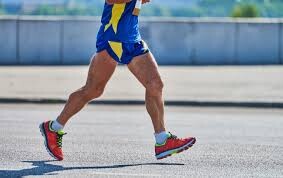
WHAT HAPPENS TO THE BODY
It doesn’t matter if you’ve just run your first marathon or your tenth – 26.2 miles is a long way, and it can be especially hard on your body.
DAMAGE TO MUSCLES AND TENDONS
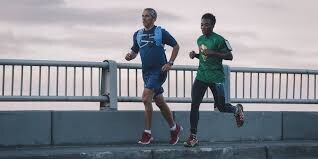
One of the most obvious factors of that hit-by-a-car feeling that you may get in the days that follow a marathon is the damage that’s done to your muscles and tendons.
In addition to DOMS (delayed onset muscle soreness), which can last a few days, muscle damage can last for several weeks following a marathon because of the extreme effort that it takes to cover the distance:
This study tested the inflammation and fiber necrosis that occurs in the muscles during the race, with results showing that it can take two weeks for muscles to return to normal functioning strength.
On the cellular level, other research has shown that it can take as long as eight to twelve weeks for a regenerative response to occur.
OTHER SYSTEMS OF THE BODY MALFUNCTIONING
While it’s clear that the extreme stress that’s placed on skeletal muscle and tendons during the marathon will require some time to recuperate, your muscles aren’t the only part of the body that may be pushed to the limit:
Yale researchers found that most amateur marathon participants had some form of mild kidney dysfunction following the marathon from stress and dehydration, and it could take days to a few weeks for a full recovery.
The immune system is also compromised in the days that follow due to increases in the stress hormones like cortisol, making you more susceptible to viruses and bacteria for a few days after the race.
While these are certainly not the only systems in the body affected by such a grueling endurance event, they do provide a basis for recovery time in the weeks that follow.
WHY YOU NEED TIME OFF
Even if your body is signaling that it’s time to get back on the road and continue the grind, time off will be needed.
Some runners may feel great a few days after a marathon, while others might feel sluggish for up to a week or two.
Going back to hard training too soon can result in overtraining, increasing your risk of injury or illness. Before rushing back to running, consider the time off you may be forced to take because of injuries like Achilles tendonitis, hamstring strains, or patella-femoral pain syndrome (PFPS) among others. These can easily be avoided by getting the proper amount of rest following the race, which will ultimately result in fewer days off than it would be recovering from an injury.
And even if you do miss the injury bug, continuing with a running schedule immediately following a marathon can result in a decrease in performance in subsequent events. This symptom of overtraining shouldn’t be ignored, as it can continue to wear down the body in ways that can have long-lasting effects.
The long training miles involved in the months leading up to the race can also cause mental fatigue. Though some runners may be able to push past this easier than others, burnout can often occur to even the most seasoned runners.
Taking a break from the sport after a big event is sometimes needed to refresh mentally, and when you eventually return to your training it can have a positive effect on your outlook and perspective, providing just what you need to re-energize for your next big race.
WHAT TO DO IN THE WEEKS THAT FOLLOW
To recover properly following the marathon you’ll need to stick to some tried and true principles. Here’s what you need to do:
DON’T RUN
While a recovery run might sound like a good idea, running the day or two after a marathon is generally not recommended. Instead, concentrate on nutrition, getting plenty of sleep, and taking it easy until you’ve fully recuperated.
There will be plenty of time for more running later on. And for those of you worried about detraining, a week or so with no running isn’t going to significantly impact your cardiovascular fitness.
REWARD YOURSELF
Challenging yourself and completing a marathon takes a lot of hard work and plenty of discipline.
After the race, reward yourself with a good meal.
In the days that follow, think massage, cryotherapy, and hot tubs to relax and let your muscles recover from all that hard work.
DO OTHER ACTIVITIES YOU ENJOY
Even though running might not be a good idea, walking and other low impact active recovery activities – like hiking, cycling, and swimming – can be excellent ways to get your blood flowing and ease those aching muscles after you’ve had a few days of rest.
Just keep things easy and light and concentrate more on having fun and spending time with others rather than turning these activities into serious workouts.
STICK TO A RECOVERY PLAN
Getting back on track and running again can be tricky. Start running too soon and you can risk overtraining or injury. Take too much time off, and your fitness could begin to suffer.
To time it just right and start running again once your body is ready, you’ll need to have a solid strategy: from how much to sleep and eat in week one to building gradually to running again in week two.
If you’re not sure how to go about it, this three-week marathon recovery plan is the perfect guide for newbies and seasoned marathon veterans alike.
If you liked this post, don’t forget to share so that
(08/11/2022) ⚡AMPby Marc Lindsay
One minute mastery: boost speed and endurance in sixty seconds
Get faster, recruit more fast-twitch muscle fibres, and build stronger legs. This simple speed session is a great workout one minute at a time.
Most of us (even pros) run easy most days, with a few days per week working on speed or running long. While both long and short intervals have their place in our speedwork sessions, it can be hard to know what is most effective. This versatile one-minute interval session should have a spot in every runner’s schedule.
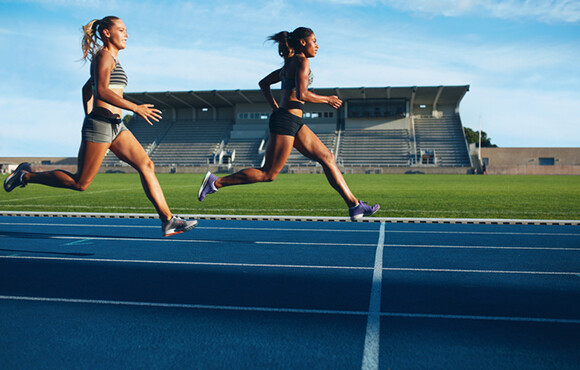
The short intervals mean you can run them at a quick pace, but the number of repetitions (increase if you’re training for a marathon or ultra) improve endurance and fatigue resistance as you persevere even after you start feeling tired. You can do anything for one minute, right?
The key to optimizing this workout is managing your speed in the early intervals so that you can pick up the pace as you near the end. It can be tempting to run all-out during those first, short intervals: aim for a 5K-10K pace, and work on keeping pace steady. Run the last few intervals as fast as you can.
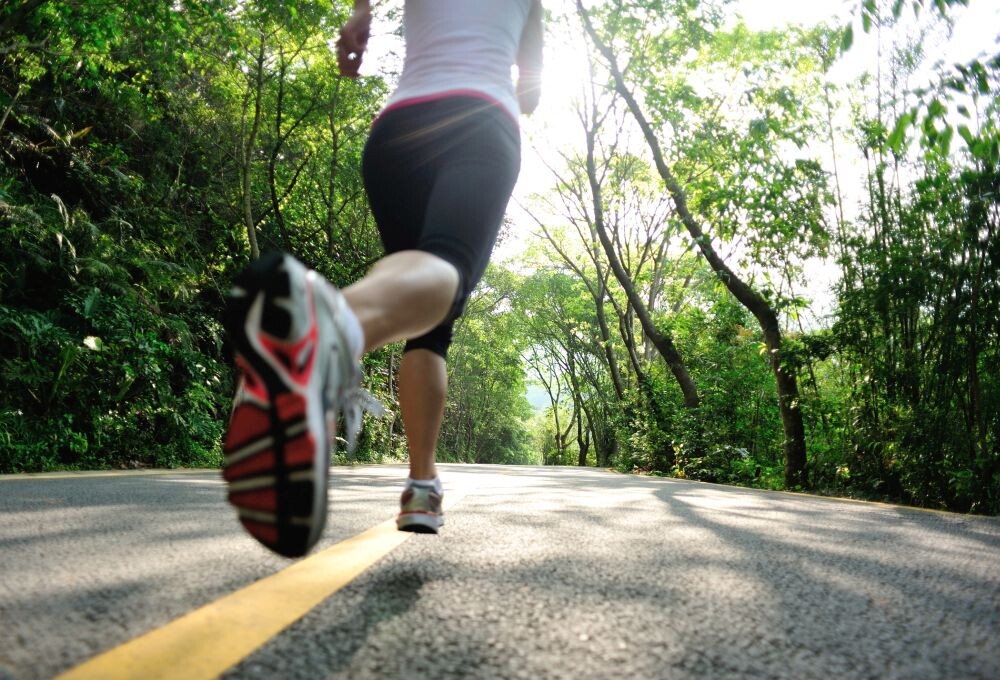
The workout
Warmup
10-15 minutes of easy running, followed by strides or drills
Intervals
10-12 x one minute hard, one minute easy; adjust as necessary
Cooldown
10 minutes of easy running
Don’t feel daunted if you’re a beginner and running one minute at top speed seems too hard. Try shortening the minute intervals to 30 seconds.
If you have a strong base, begin with 12 sets, but if you’re training for a longer distance, you can build up to 15-20 (or more!) sets. Remember that you’re aiming to keep your pace smooth and strong throughout, and to pick it up at the end.
Hydrate well, and make sure to make the day following a hard running session an easy or recovery day.
(08/11/2022) ⚡AMPby Running Magazine
World Championships Medalists Gotytom Gebreslase, Lonah Chemtai Salpeter, and Hellen Obiri to Join Women’s Field at 2022 TCS New York
Sara Hall, Emma Bates, Aliphine Tuliamuk, Des Linden, Nell Rojas, and Stephanie Bruce to anchor star-studded contingent of American women.
World Championships medalists Gotytom Gebreslase of Ethiopia, Lonah Chemtai Salpeter of Israel, and Hellen Obiri of Kenya will join previously announced New York City and Olympic champion Peres Jepchirchir in the women’s professional athlete division at this year’s TCS New York City Marathon on Sunday November 6. All three will make their TCS New York City Marathon debuts, with Obiri making her 26.2-mile debut across any course, and will line up against a star-studded contingent of American women that includes Sara Hall, Emma Bates, Aliphine Tuliamuk, Des Linden, Nell Rojas, and Stephanie Bruce. The 2022 TCS New York City Marathon women’s professional athlete field is presented by Mastercard®.
Women’s Open Division
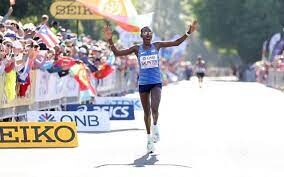
Fresh off her victory at the world championships marathon, where she finished the course in a championship-record time of 2:18:11, Gebreslase will make New York City her next stop. She will look to add a five-borough title to her resume, having previously won the 2021 Berlin Marathon and finished third at the 2022 Tokyo Marathon.
“Winning the World Championships was like a dream, and I am honored to run my next marathon in New York City,” Gebreslase said. “It’s home to the biggest marathon in the world, and many of the top athletes have run there. I understand it’s a challenging course, and I’m looking forward to seeing further success there.”
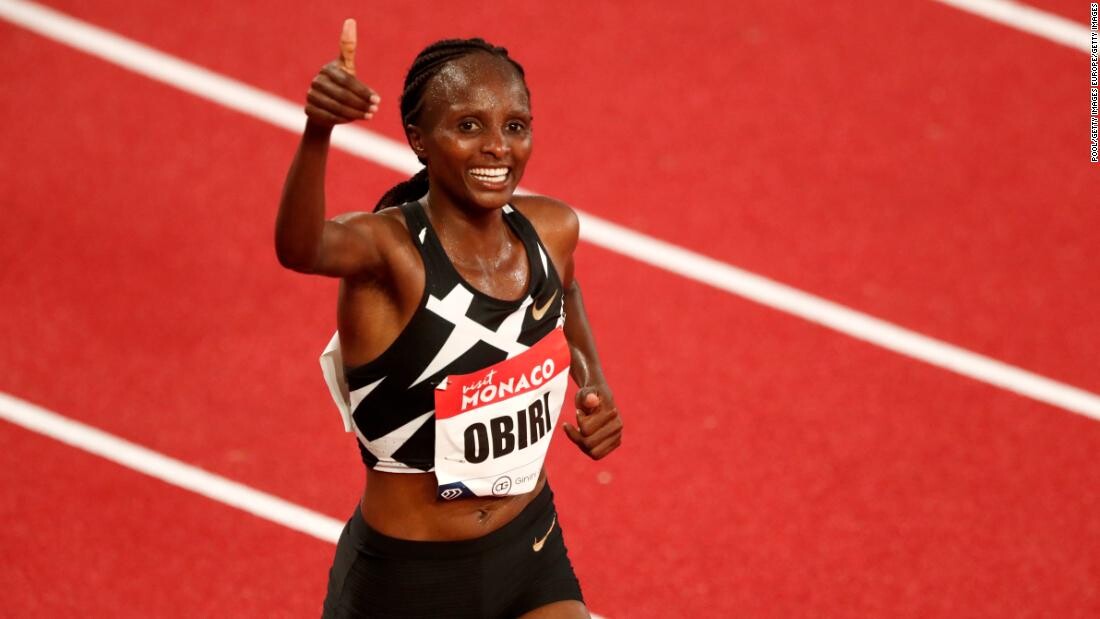
Two-time Olympian Salpeter, a Kenyan-born Israeli who won the bronze medal at the world championships marathon and was the 2020 Tokyo Marathon winner, will challenge Gebreslase once again. Obiri, a two-time Olympic medalist and seven-time individual world championships medalist, will make her highly anticipated marathon debut shortly after winning a world championships silver over 10,000 meters.
“I’m very excited to make my marathon debut at the TCS New York City Marathon,” Obiri said. “I have watched the race many times on TV and have seen my Kenyan colleagues compete there. I know New York is a tough course, but I hope my experience on track, road, and cross-country will help me navigate the ups and downs. I also plan to get advice and tips from coach Dathan Ritzenhein, who competed in the race several times in the past.”
In addition to Jepchirchir, the group will be racing against Ethiopia’s Senbere Teferi, who will look to become the first athlete to win the United Airlines NYC Half, Mastercard New York Mini 10K, and TCS New York City Marathon in one year. Three other Kenyans will also be strong contenders for podium places, including the 2010 New York City, 2014 London and 2017 Boston Marathon champion Edna Kiplagat, last year’s runner-up Viola Cheptoo, and newcomer Sharon Lokedi.
The American effort will be led by 10-time national champion Hall, who was the top world championships marathon finisher from the U.S. last month in Oregon, where she placed fifth. She is also the former half marathon national record holder, the runner-up from the 2020 London Marathon, and a two-time winner of the Mastercard New York Mini 10K. She will be joined at the Staten Island start line by Bates, who clocked a personal best to finish seventh at the world championships and was the runner-up at last year’s Chicago Marathon.
“From winning the Millrose mile to back-to-back Mini 10K wins, most of my favorite career moments have happened in NYC,” Hall said. “I’m all-in to add to that by having my best marathon yet at the TCS New York City Marathon. I can’t wait to be back racing my heart out in the five boroughs of my favorite city.”
Tokyo 2020 Olympian Aliphine Tuliamuk, and two-time Olympian and 2018 Boston Marathon champion Des Linden, will also return to New York, as will national champion Stephanie Bruce, who will race the five boroughs for the final time before retiring. The deep U.S. women’s group will additionally include Nell Rojas, the top American finisher from the last two Boston Marathons, Lindsay Flanagan, the top American finisher from the 2022 United Airlines NYC Half, Annie Frisbie, last year’s seventh-place finisher, and her training partner Dakotah Lindwurm, who won Grandma’s Marathon in June. Emily Durgin, the sixth-fastest U.S. half marathoner of all-time, will make her marathon debut.
(08/11/2022) ⚡AMPby Running USA
TCS New York City Marathon
The first New York City Marathon, organized in 1970 by Fred Lebow and Vince Chiappetta, was held entirely in Central Park. Of 127 entrants, only 55 men finished; the sole female entrant dropped out due to illness. Winners were given inexpensive wristwatches and recycled baseball and bowling trophies. The entry fee was $1 and the total event budget...
more...Here’s why yin yoga is perfect for runners, try these three poses tonight
The ability to withstand discomfort, stronger bones, and fascial release (fascia is the connective tissue that runs from our tongues to the bottoms of our feet) are all perks of making yin yoga a regular practice. If you’re a runner, yin is the ideal counterpart to your weekly speedwork and long runs. Not only will it release tight areas, but it builds mental strength to tackle adversity.
Most runners like to get their sweat on: you feel satisfied after you know you’ve put in a good workout. It’s why it’s so challenging to get runners to reap the benefits of running slowly, and it also may be why you haven’t tried yin yoga yet.
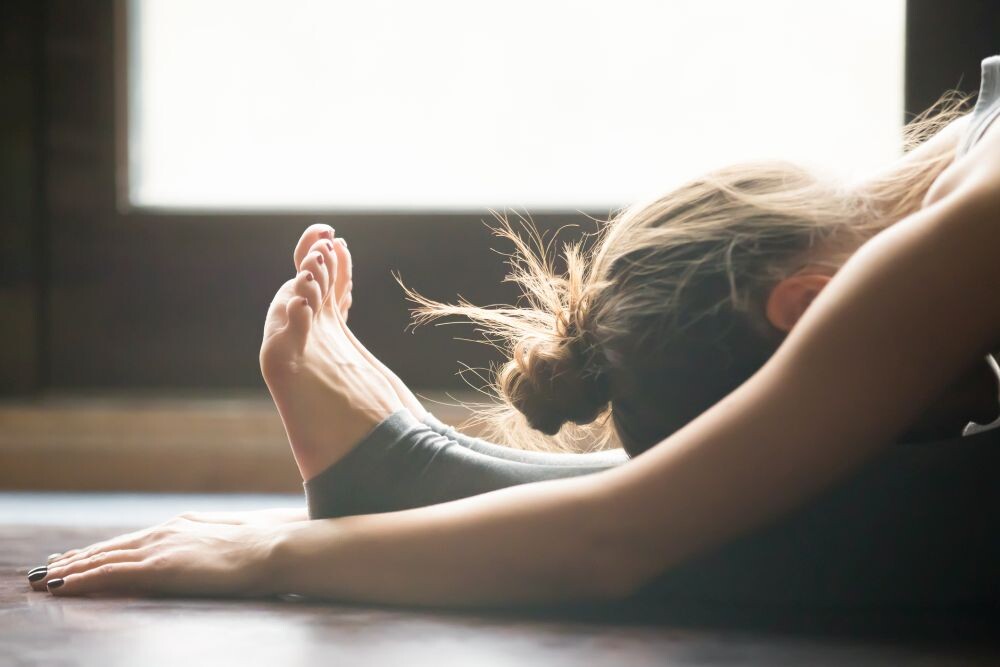
The well-known yoga styles taught in power, flow or hot yoga classes appeal to the athlete who want some extra heart rate elevation in their life. Those styles have a more esthetic focus, whereas yin is increasingly science-based.
Paul and Susan Grilley, two leaders of yin in North America, have done extensive work with cadavers and studied bone variation to determine how yin can best serve a wide variety of people. In yin, it doesn’t matter what your pose ‘looks’ like; you’re going after the desired effect.
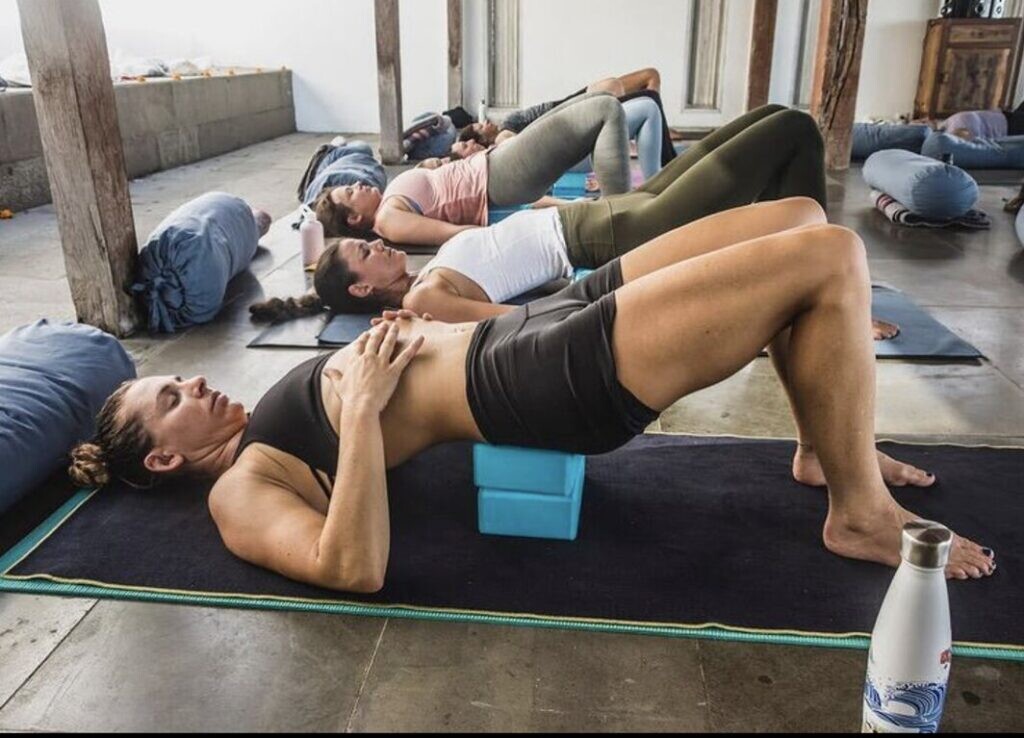
We have three foundational poses for you to try tonight. Find a comfortable, quiet spot, grab a few cushions and a stack of books as props and settle in. Yin poses are traditionally held for up to 10 minutes–aim for three, to start, and adjust if you feel pain or numbness. If you feel merely uncomfortable? Dig in.
In yin, much like in running, some discomfort is a good thing: it means the work is being done.
Seated butterfly
From a seated position, bring the soles of your feet together and then slide them away from you. Allowing your back to round, fold forward, lightly resting your hands on your feet or on the floor in front of you. Your head should hang down toward your heels. Relax your face, slow your breath, and allow your body to soften into the pose.
Why
Butterfly pose stretches the lower back without requiring loose hamstrings. If the legs are straighter and the feet are away from the groin, the hamstrings will get more of a stretch. If the feet are closer to the groin, the adductor muscles (along the inside of the thigh) get more of a stretch. Play around with positioning to find the spot where you feel a deep stretch.
Supported bridge pose
Start on your back with your knees bent. Lift the hips high enough to slide a block, bolster, or the homemade equivalent (some firm pillows or several books) under the pelvis. Make sure the support is under the pelvis and sacral area, and not under your low back.
Why
This pose releases tension in the sacrum and lower back. If you bring your arms overhead, you’ll also experience a stretch in the arms and shoulders. For many students, having the arms overhead also creates a nice stress in the lower belly. You may also feel this in your hip flexors (muscles toward the front of the hip).
Dragon pose
Step your left foot forward, slightly wider than your hips, planting your hands or forearms inside your left leg on the floor. Hold, then repeat on the other side. You can try different variations of this pose, taking forearms right to the floor to increase tension, or placing hands on the floor for support.
Why
This pose targets the hip flexor of the back leg. Running can cause tight hip flexors, which then pull on other areas of the body. You’ll also feel this pose in the inner thigh and groin of the leg that is in front, areas that are vital for your knees’ stability.
Remember to gently release each pose after you’ve held it for a few minutes, and spend a few moments in stillness before the next posture. After you’ve completed your poses, release your entire body and let everything relax as you enjoy blissful savasana (corpse pose), the traditional end to any yoga practice.
(08/11/2022) ⚡AMPby Keeley Milne
Kenya’s Hellen Obiri is moving to Colorado to pursue her marathon ambitions
When Hellen Obiri moves 14,000 kilometers from Kenya to Colorado later this year, she already knows she'll miss some of the comforts of home.
That includes Kenyan food and the country's staple of ugali -- a dense porridge made from maize flour.
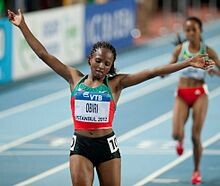
"Kenyans, we like eating ugali," Obiri tells CNN Sport. "I will have to find where I'm going to make my Kenyan food over there (in the United States)."
A good ugali may hold the keys to successfully fueling the next steps of her distance-running career. Obiri, a two-time world champion over 5,000 meters, is racing her first ever marathon in New York later this year, ahead of which she will team up with a new coach and new training group in Boulder, Colorado.
It's common for distance runners to make the move from track to road racing towards the end of their careers, but less common to do so by moving halfway across the world in the way Obiri has planned.
At the start of this year, the 32-year-old joined On Athletics Club (OAC), an elite team based in Boulder and led by former distance runner Dathan Ritzenhein. She hopes to move to the US next month in advance of racing the New York City Marathon on November 6.
"We've been wanting to move to the USA for training and to live there, so for me it's not a difficult move," Obiri, who will be based outside Kenya for the first time in her career, tells CNN.

"I think as an athlete and for my family, I want to move there to acclimatize well as soon as possible ... It will take me two weeks at least to get used to it and catch up with my training.
Boulder's high-altitude, rolling trails and temperate climate make it an ideal location for distance runners. There, Obiri will join a relatively new team in OAC, which was launched by the Swiss sportswear brand On in 2020.
Under Ritzenhein's guidance, Obiri has already started her marathon program and this week increases her training load from 180 to 200 kilometers of running per week. She begins the next chapter in her career having established herself as one of the best 5,000 and 10,000-meter runners in the world over the past five years.
Just last month, she won a silver medal in the 10,000m at the World Athletics Championships -- clocking a personal best of 30 minutes and 10 seconds -- and has won 5,000m silver medals at the past two Olympic Games to go alongside her two world titles in the event.
'It showed me how strong our bodies can be,' says amputee athlete Jacky Hunt-Broersma after running 104 marathons in 104 days
Her debut in New York will be the first indicator of how Obiri's track-running pedigree translates over the 26.2 miles of the marathon.
"I can't say I'm going to target this time or this time -- it's my debut," she says. "I can't say maybe I want to do sub 2:20, 2:25 because I know the New York Marathon is a tough course, especially the second half."
Starting on Staten Island, the challenging course undulates through New York's five boroughs before finishing down Fifth Avenue and into Central Park.
"For me, I want to train well because it's my debut, and for sure, I'm looking forward to running a good race -- I'm looking forward to running my own race with no pressure and to finish well," Obiri adds.
She says she will miss racing her favorite distance of 5,000m but won't fully hang up her track spikes with the switch to marathon running.
"You can't move up to the marathon without speed," Obiri explains, adding that she hopes to stay sharp by competing in 5,000m races in Kenya next year.
The immediate focus, however, is on getting settled with her family in the US. Obiri hopes, visa-depending, that her seven-year-old daughter, Tania, will move in time to watch the race in New York.
"She's going to be so excited to go outside the country," says Obiri. "She actually watches most of my races and she's so excited about me winning some races over there.
"When I'm out at a race, she knows mommy's not around, mommy's going out there to do some work. She actually calls me and says: 'Mom, do your best and be number one.' She always wants me to be number one."
Obiri's daughter won't be the only one holding high expectations at the NYC Marathon. Kenyan athletes have dominated the event over the past decade with eight winners in the women's race since 2010, and those watching back home will be hoping Obiri can add to that legacy.
But regardless of how she performs, when she winds her way through New York's five boroughs in November, Obiri will signal the start of a new stage in her running career and a new adventure for her family.
(08/10/2022) ⚡AMPby George Ramsay
TCS New York City Marathon
The first New York City Marathon, organized in 1970 by Fred Lebow and Vince Chiappetta, was held entirely in Central Park. Of 127 entrants, only 55 men finished; the sole female entrant dropped out due to illness. Winners were given inexpensive wristwatches and recycled baseball and bowling trophies. The entry fee was $1 and the total event budget...
more...America's Heather MacLean runs sub four minute 1500m in Monaco
Heather MacLean became the 12th American woman ever to break 4:00 in the 1500m today in Monaco, running 3:58.89. When she finished out her collegiate eligibility at UMass in 2018, she was a 4:19.19 1500m runner.
The Monaco track is known for its speedy middle-distance performances and in the women’s 1500m Faith Kipyegon came within three tenths of a second of breaking Genzebe Dibaba’s world record with 3:50.37.
Allie Wilson led through 400m in 59.89 and 800m in 2:01.64 before Adelle Tracey took over to keep the pace as hard as possible. Kipyegon hit the front with 600m to go and despite hammering the final lap she fell agonisingly short of the mark but still went No.2 on the all-time rankings.
America's Heather Maclean (3:58.89) and Elise Cranny (3:59.06) were second and third with sub-four performances.
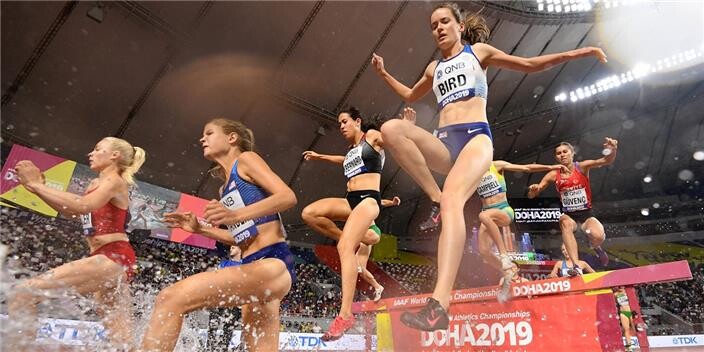
“I have been chasing the time for quite some time but I am happy with the personal best,” the Olympic and world champion said. “I knew this was the best place to get the world record but I am so disappointed I lost it in the last metres. I hope for the best next time. We will see when.
“I was definitely ready for it today. I am heading home now and want to get a good Diamond League final in Zurich.”
It was a first class track meet. World champion returns to winning ways at the Diamond League while fellow Brit Lizzie Bird smashes the national 3000m steeplechase record
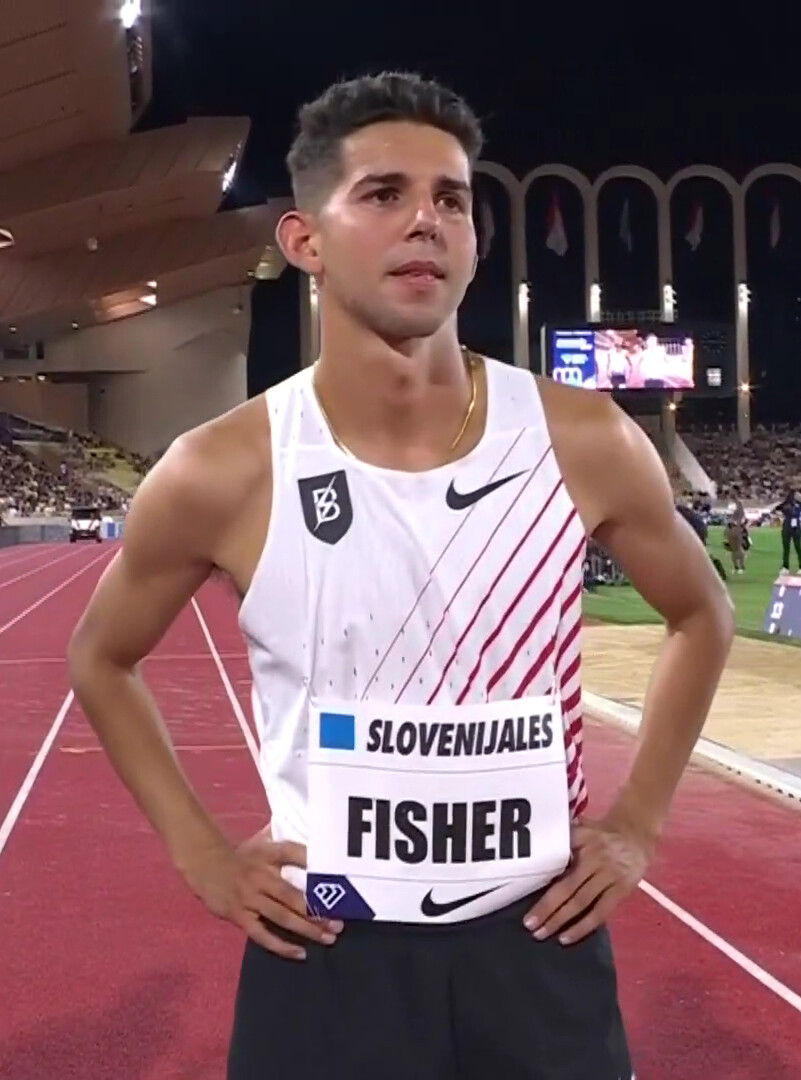
Jake Wightman bounced back to form after his defeat at the Commonwealth Games by taking the 1000m at the Diamond League in Monaco on Wednesday (Aug 10).
The world 1500m champion destroyed many of the world’s top 800m runners over the neutral distance of one kilometre as he improved his Scottish record from 2:16.27 to 2:13.88 to go No.3 on the UK all-time rankings and No.9 on the world all-time lists.
Seb Coe’s long-standing UK record of 2:12.18 remains an elusive target and Steve Cram is No.2 all-time with 2:12.88 but Wightman has now overtaken Steve Ovett and James McIlroy on the rankings.
In Monaco the pacemaker Erik Sowinski led through 400m in 51.02 and Marco Arop was in pole position through 800m in 1:45.46, but Wightman, who spent much of the race running alone in no man’s land a few metres ahead of the main pack, finished strongly to pass Arop in the final metres as Clayton Murphy was third, Commonwealth 800m champion Wycliffe Kinyamal fourth and the Olympic and world 800m champion Emmanuel Korir 12th.
“I did not really know I was in shape to do this today. It was just very, very hard as I had run on my own,” said Wightman. “I knew Arop is a little bit quicker on the home straight so I had to judge the right moment. I had to stay strong to be able to catch him.”
Wightman steps down to the 800m at the European Championships next week and said: “This is a really nice step towards Munich. The main difference between the 1500m and 1000m is just the speed of the first couple of laps. You go from running 55s to 52.”
Lizzie Bird smashed the British record for 3000m steeplechase as she improved Aimee Pratt’s national mark by almost eight seconds to 9:07.87.
Pratt set a British record twice at the World Championships last month as she ran 9:18.91 in her heat and 9:15.64 to place seventh in the final. But Bird ran 9:17.79 to take silver at the Commonwealth Games and here in Monaco swiped a further 10 seconds off her best as she pipped former world champion Emma Coburn at the finish to place third behind Ethiopia duo Workua Getachew and Zerfe Wondemagegn.
Bird, 27, was encouraged to try the steeplechase while studying at Princeton in the United States. She was a reluctant steeplechaser at first and suffered injuries from 2016-18 but set a UK record of 9:19.68 when placing ninth in the Olympics last year and the Shaftesbury Barnet athlete is now closing in on the nine-minute barrier while combining athletics with a career in immigration law based in Colorado.
There is more: Distance runner Grant Fisher’s record-breaking 2022 season continued tonight at the Herculis meeting in Monaco where he ran 7:28.48 for 3000 meters, finishing 3rd, to break Bernard Lagat’s 7:29.00 American record which had stood since 2010.
Fisher’s 3000 record is his third American record of the year as in February he set the indoor 5000 record (12:53.73) and outdoors he set the American 10,000 mark in March(26:33.84).
(08/10/2022) ⚡AMP
Anthony Cortes won his third official Double Racing event over the last eight months
Anthony Cortes (first photo) from Half Moon Bay, California won his third straight Double Racing event August 7 in San Francisco. He clocked 25:21 for the Double 8k.
Double racing veteran Jose Pina was just 23 seconds behind in second place. Anthony had won the 5k (15:59) and Jose did close the gap by four seconds running at 4:59/mile pace but not enough to over take Anthony. Times from the two legs of a Double are added together for scoring.
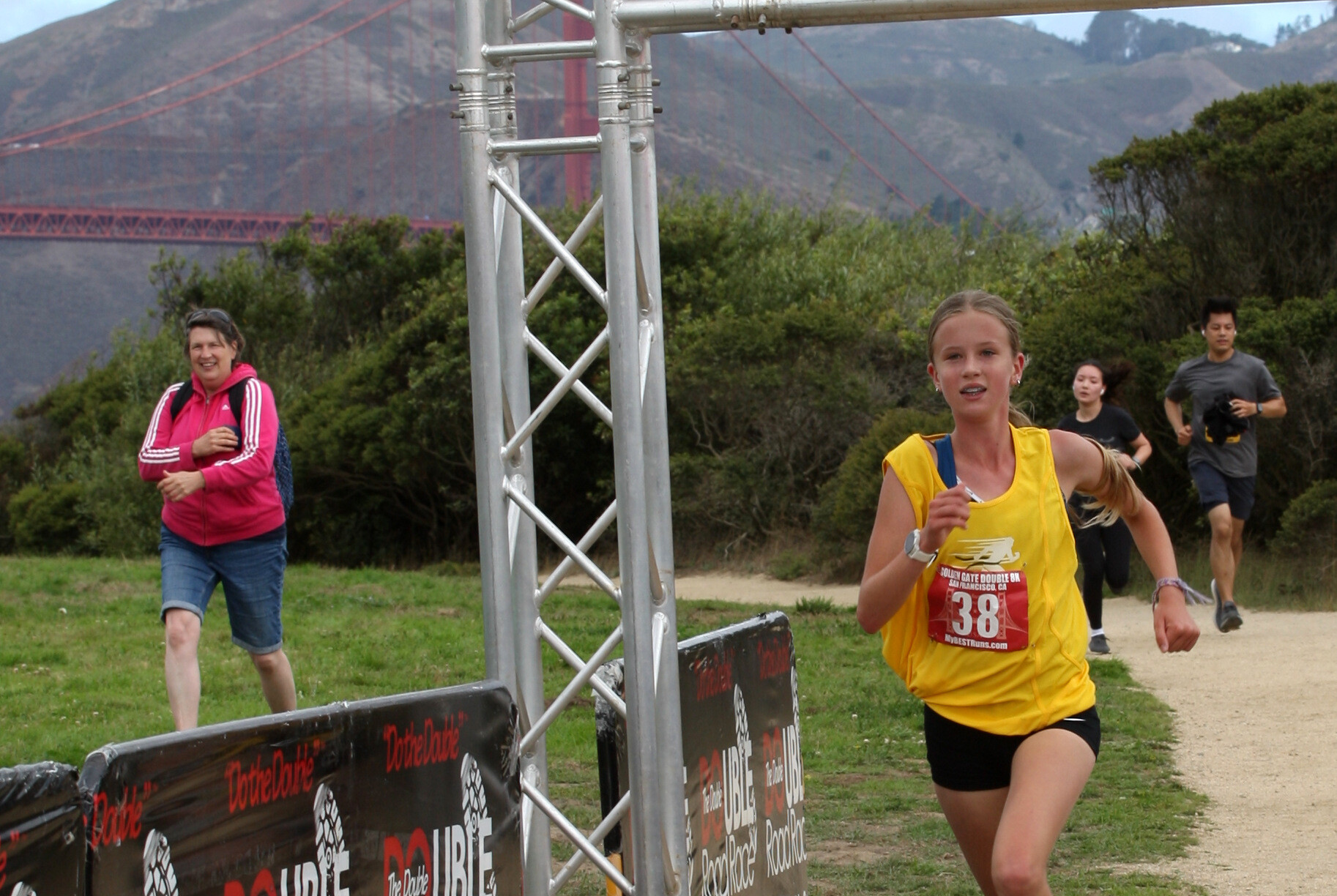
Participants in the Double 8k first ran 5k at 8:20am and then 3k at 9:35am. The runner (male and female) who wins the first leg wears the yellow jersey in the second leg so everyone knows who they need to beat in the second leg.
In the female division 14-year-old Evey Powell (second photo with her mom in red cheering her on) from England blew away the field clocking 30:31. 7th best time ever. Her 12-year-old sister won the open 5k clocking 22:05 earlier in the day.
71-year-old Sharlet Gilbert from Richmond, California clocked 44:29 to win the 70 plus division. This is the second fastest time for this divison. She set the record in 2021 clocking 43:38 on the same course.
The best time ever for the Double 8K was clocked Sept 6, 2015 in Nyahururu, Kenya. 17-year-old Eligah Kariuki from Kenya posted 23:33. Kristen Rohde (USA) holds the women's record clocking 27:34 in Palo Alto, Califonria Feb 19, 2017.

At most Double Racing events there are also open races. At this recent event there was also the Golden Gate 10k and 5k run/walk.
Nina Zarin’s from Arlington Va was the overal winner in the Golden Gate 10k clocking a blistering 35:59. First male was Noah Gonzalez clocking a solid 37:36.
18-year-old Dominic Robles won the Golden Gate 5k clocking a fine 16:54.
"What a fun morning we had in San Francisco August 7. The weather was perfect for our sold out field," said race director Bob Anderson.
This was an official Double Racing event sanctioned by the Double Road Race Federation (DRRF) which was founded in 2010 when the sport was created. Over 150 events have already been held in six countries.
There are four official Double Racing events: Double 5k (3k+break+2k), Double 8k (5k+break+2k), featured event Double 15k (10k+break+5k) and Double 21k (15k+break+6k). Stats, records and more details can be found on the website DoubleRoadRace.com
The next Double Racing events scheduled are: Palo Alto Californiua Dec 17 (Double 15k), Brisbane California (Double 15k) March 2023 and Golden Gate August 6, 2023.
"If you would like to set up an official Double Racing event get in touch," says Double Racing creator Bob Anderson.
My Best Runs is the official sponsor of the DRRF.
(08/10/2022) ⚡AMPGolden Gate 10k/5k DOUBLE 8K
The Golden Gate courses offers unparalleled views of the Golden Gate Bridge for more than 80% of the way! The course will begin at historic Crissy Field near the Presidio of San Francisco. Runners will enjoy the gorgeous vistas of the Golden Gate National Recreation Area. We are offering three races: Golden Gate 10K and 5K (run/walk) and Golden Gate...
more...Olympic champions Ingebrigtsen and Warholm to defend European titles in Munich
Jakob Ingebrigtsen and Karsten Warholm will spearhead Norway’s team for the Munich 2022 European Athletics Championships from 15-21 August, part of the wider multi-sport European Championships in the Bavarian capital from 11-21 August.
Ingebrigtsen famously broke through at the 2018 European Athletics Championships in Berlin where he won an unprecedented 1500m and 5000m double on back-to-back nights at the age of 17.
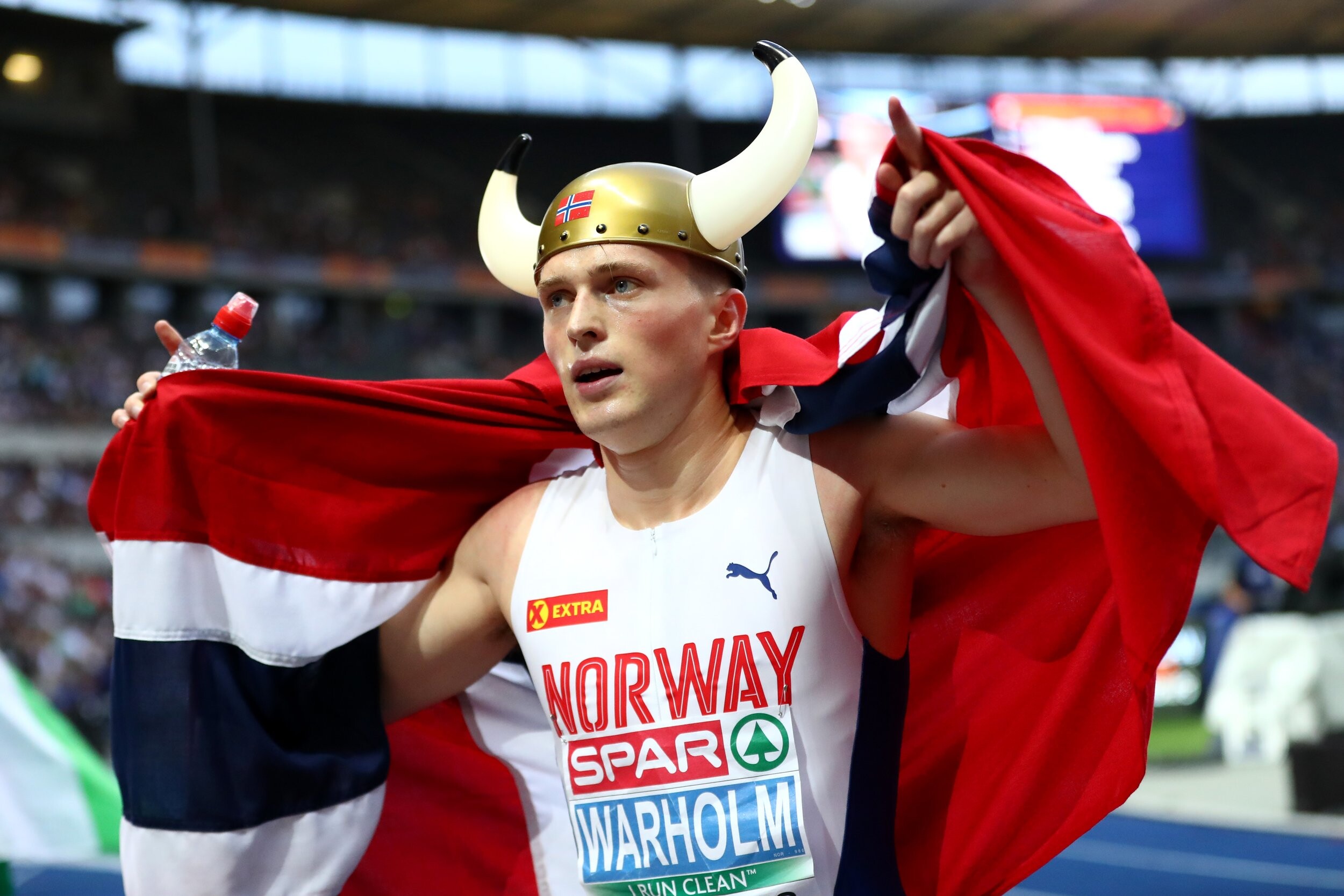
Now 21, Ingebrigtsen is the reigning Olympic 1500m champion and arrives fresh from winning the 5000m title at the World Athletics Championships in Oregon. He also holds the European records in both events.
Ingebrigtsen looks set to defend both his 1500m and 5000m titles in Munich and the timetable is amenable to such a double. The 5000m final is scheduled for 16 August with the 1500m final due to take place two nights later on 18 August.
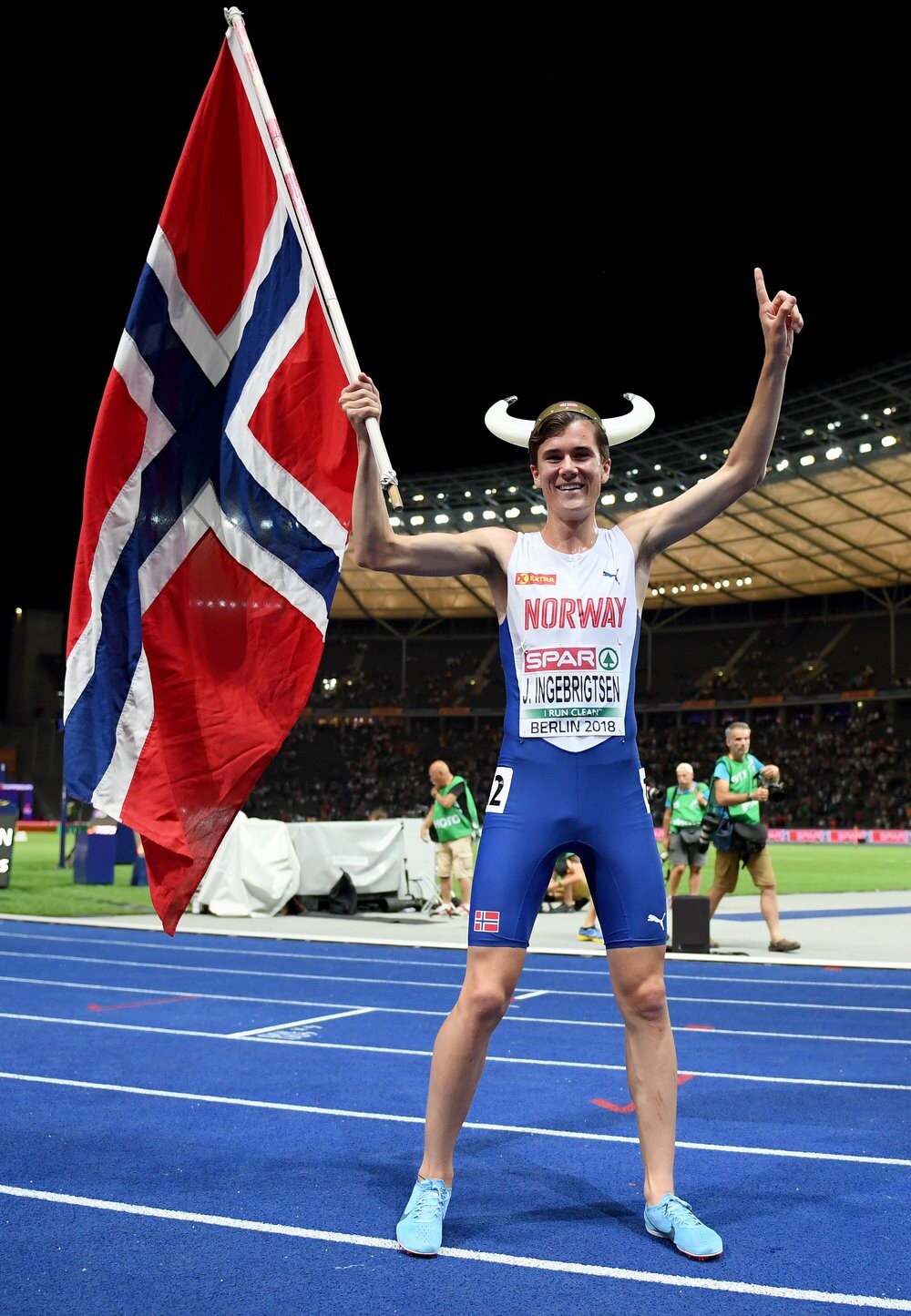
Warholm will be seeking to become the first athlete since the great Harald Schmid in 1986 to win back-to-back European titles in the 400m hurdles.
The world record-holder’s season has been disrupted by a thigh injury which he sustained on his season’s opener in the Rabat Diamond League but Warholm has battled back to fitness and put up a staunch defence of his world title in Oregon where he finished seventh.
The Norwegian team also features reigning Olympic hammer silver medallist Eivind Henriksen and European 3000m steeplechase bronze medallist Karoline Bjerkeli Grøvdal who has registered for the 1500m, 5000m and 10,000m.
There will be high expectations in both pole vault competitions as well. Brothers Sondre and Simen Guttormsen form a strong triumvirate in the men's pole vault competition alongside Pal Haugen Lillefosse while Lene Retzius will be a medal contender in the women's pole vault having improved the Norwegian record to 4.70m this season.
Norway won three gold medals at the 2018 European Athletics Championships in Berlin and finished eighth overall on the medal table.
(08/10/2022) ⚡AMPEuropean Athletics Champioships Munich 2022
European Championships Munich 2022 will be the biggest sports event in Germany since the 1972 Summer Olympics. From 15-21 August 2022, European sport will be united as its best athletes compete for the highest accolade of their sport on the continent – the title of ‘European Champion’. The second edition of the European Championships will feature nine Olympic sports:Athletics, Beach...
more...Hosts Germany to send 112 athletes to Munich 2022
Host nation Germany will be represented by 112 athletes at the Munich 2022 European Athletics Championships from 15-21 August which forms part of the wider multisport European Championships from 11-21 August.
The team is spearheaded by reigning long jump champion Malaika Mihambo who has won every major outdoor championship since striking gold in Berlin 2018.
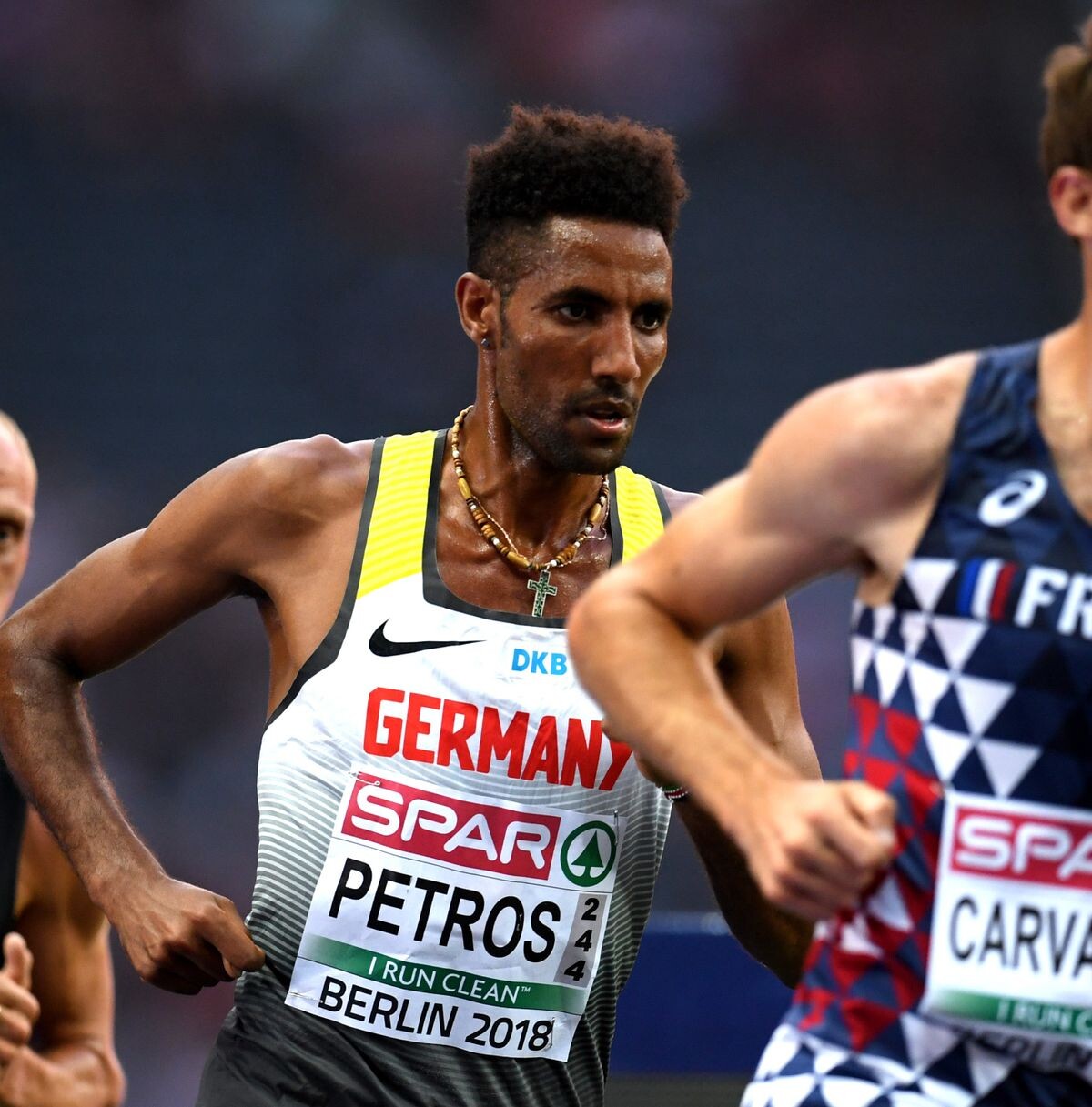
Fellow Berlin 2018 gold medallists Mateusz Przybylko (high jump), Thomas Rohler (javelin) and Arthur Abele (decathlon) have also been selected although reigning women’s javelin champion Christin Hussong and two-time European 3000m steeplechase champion Gesa Felicitas Krause have been ruled out.
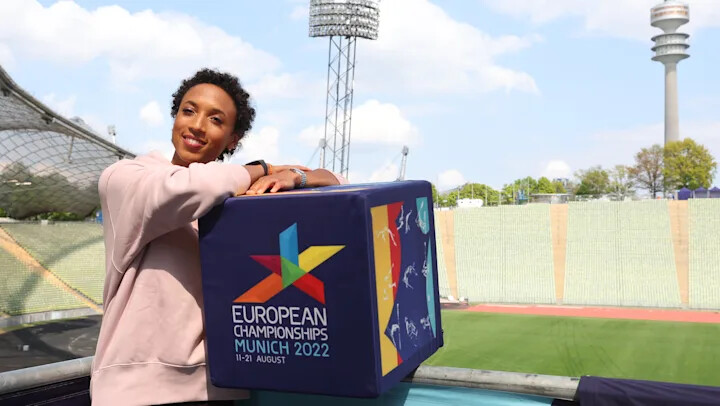
Germany finished third on the medal table at the Berlin 2018 European Athletics Championships although the home contingent did accrue the most number of medals, accruing 19 medals across the programme.
(08/10/2022) ⚡AMPEuropean Athletics Champioships Munich 2022
European Championships Munich 2022 will be the biggest sports event in Germany since the 1972 Summer Olympics. From 15-21 August 2022, European sport will be united as its best athletes compete for the highest accolade of their sport on the continent – the title of ‘European Champion’. The second edition of the European Championships will feature nine Olympic sports:Athletics, Beach...
more...Aliphine Tuliamuk will make marathon return at 2022 New York City Marathon
For Aliphine Tuliamuk, the decision to run in the 2022 TCS New York City Marathon was a no-brainer. The 33-year-old ran the event back in 2019, finishing 12th, and she never thought it would take three years before a return trip to Staten Island’s start line.
“It was not even, you know, a matter of if – it was just when can I get to New York? So, it was not even a decision. Easy,” explains the Kenyan-born American long-distance runner, who made a name for herself in February 2020 when she won the U.S. Olympic Marathon Trials.
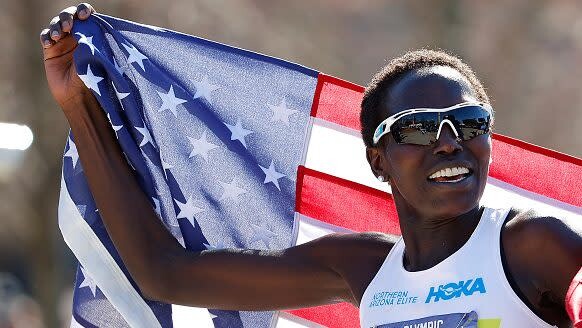
But the Covid-19 pandemic hit immediately after her Trials win, postponing the Olympics and canceling that year’s edition of the NYC Marathon. During the forced hiatus, she started a family with partner – now husband – Tim Gannon, welcoming daughter Zoe in January 2021. Injury struck later that year while she was training for the postponed Tokyo Olympics, and Tuliamuk withdrew about 20k into her Olympic debut with severe hip pain and hasn’t competed in a marathon since.
Her return to marathon competition has Tuliamuk fired up, both literally and figuratively.
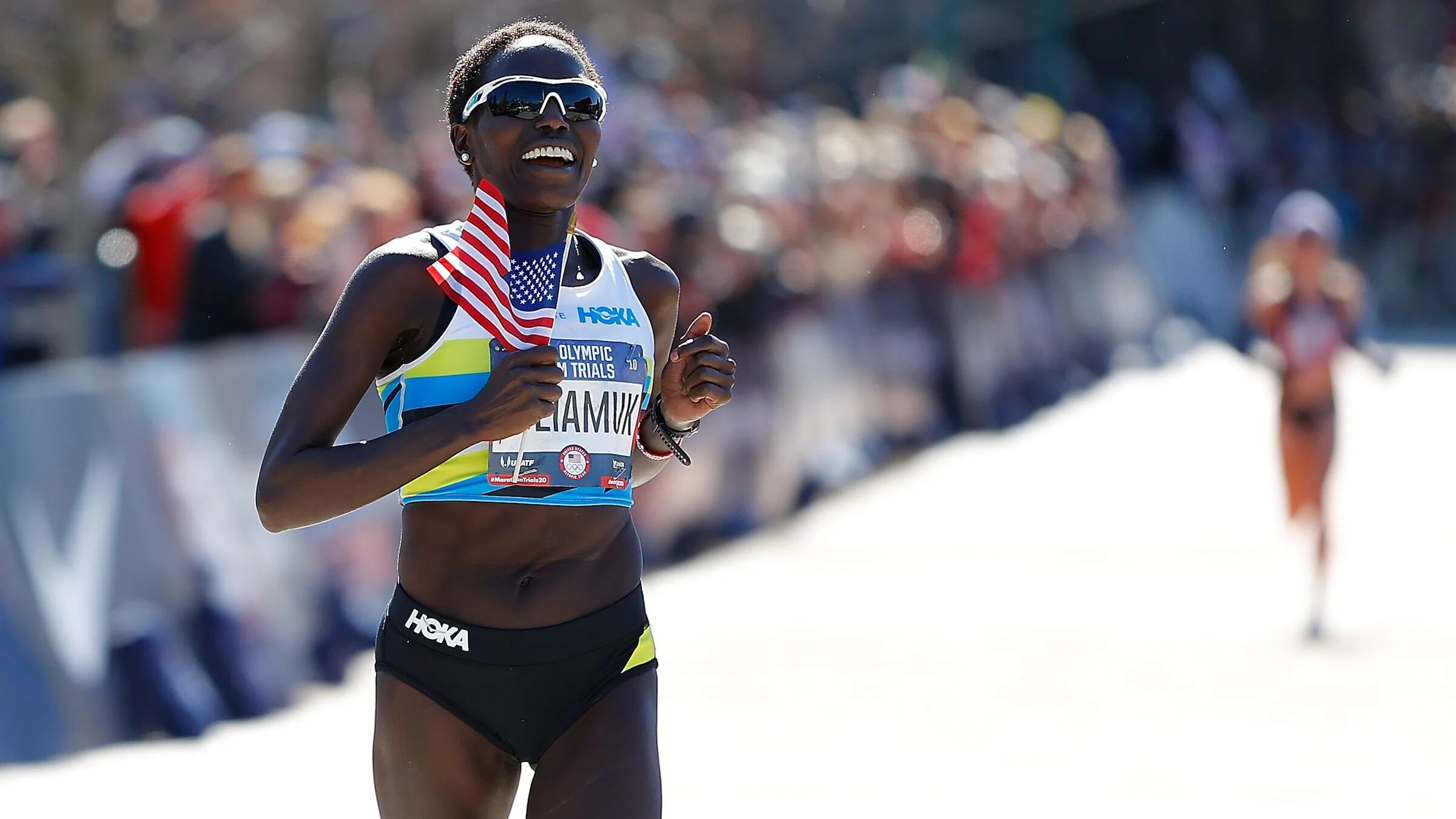
“I’m faster than I’ve ever been before,” she recently told On Her Turf. “And it kind of makes me excited and nervous to see what (the) New York City Marathon brings, because this is going to be the first time I am actually going to complete a marathon since the 2020 Olympic Trials. That’s like, almost three years. So it’s going to be super exciting.”
Tuliamuk won’t have to wait until November, however, to enjoy a visit to the Big Apple. She’ll lace up her sneakers this Saturday, Aug. 13, as a “running buddy” to the young women who participate in the New York Road Runners (NYRR) Run for the Future program. The free, seven-week program introduces 11th- and 12-grade female high schoolers to the sport of running and culminates with this weekend’s NYRR Percy Sutton Harlem 5K.
“Running transformed my life into the life that I have today,” she explains. “I mean, without running I wouldn’t be where I am today. And to know that these girls did not have running experience before, they knew nothing about running, and then they were able to get into running through New York Road Runner feeder program, and now they will be graduating, and I get to run with them? I think that’s just incredible.”
The opportunity comes with an extra layer of “grateful” after Tuliamuk’s most recent injury. She sustained a concussion in February after slipping while training in icy, snowy conditions. She also suffered headaches and temporary memory loss, both of which subsided after about a week but left a lasting impression.
“It just gives you a perspective that like your life could literally, in a second, just turn and be something else,” she says. “This is just me being dramatic, but I could have forgotten completely. And the life that I had would have been something like a past life. I think after that, I was like, ‘Okay, I’m going to try to live life to the fullest.’ I’m going try to be present as much as I can, because you just never know.”
(08/10/2022) ⚡AMPby Lisa Antonucci
TCS New York City Marathon
The first New York City Marathon, organized in 1970 by Fred Lebow and Vince Chiappetta, was held entirely in Central Park. Of 127 entrants, only 55 men finished; the sole female entrant dropped out due to illness. Winners were given inexpensive wristwatches and recycled baseball and bowling trophies. The entry fee was $1 and the total event budget...
more...Three-time champion Philemon Rono will defend title at TCS Toronto Waterfront Marathon
Kenya native Philemon Rono will return to the 2022 TCS Toronto Waterfront Marathon, Canada Running Series (CRS) announced Tuesday. Rono holds the all-comers record of 2:05:00, from 2019, when he won the race for the third time. He has one goal for his return this year: to win.
“My aim when I come to Toronto is to do another fantastic job and to be known as the ‘King of Toronto,” he said. In 2020, Rono ran his second fastest time in Valencia in 2:05:37, and finished 6th in the 2022 Seoul Marathon in 2:07:03 in April of this year.
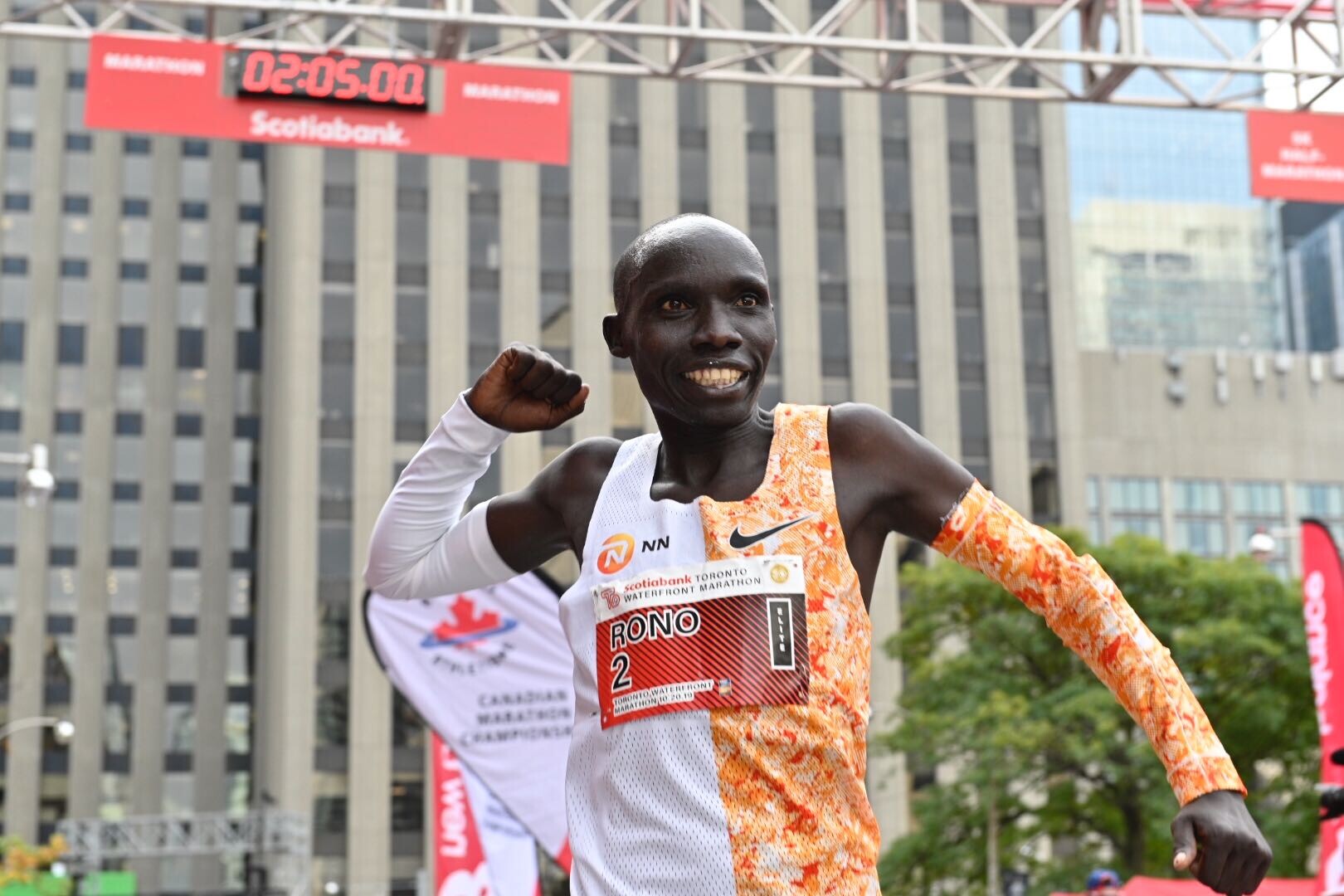
Rono trains in Kaptagat, Kenya, at double Olympic champion Eliud Kipchoge’s NN Running Team training camp. Some of Kenya’s most legendary distance runners live at the camp throughout the week and return to their families on weekends. The small-framed but mighty runner has a curious nickname. When not training or racing, Rono works as a police officer, so his teammates started calling him “Baby Police” and it stuck.
Rono is the third elite to announce his return to the Toronto Waterfront Marathon, along with Canadian Olympian Trevor Hofbauer and the fastest Canadian female marathoner in history, Malindi Elmore .

Rono has fond memories of Toronto, despite suffering an accident while warming up for his 2016 victory. A barrier he was using to stretch came crashing down on his head. After consulting his agent and a medic he went ahead and won the race in 2:08:26.
The TCS Toronto Waterfront Marathon has earned a World Athletics Elite label, making it only the second race in Canada with the title. It is the final event in the CRS calendar for 2022. The race has served as both the Athletics Canada Canadian Marathon Championship and the Canadian Olympic marathon trials since 2017.
(08/10/2022) ⚡AMPby Keeley Milne
TCS Toronto Waterfront Marathon
The Scotiabank Toronto Waterfront Marathon, Half-Marathon & 5k Run / Walk is organized by Canada Running Series Inc., organizers of the Canada Running Series, "A selection of Canada's best runs!" Canada Running Series annually organizes eight events in Montreal, Toronto and Vancouver that vary in distance from the 5k to the marathon. The Scotiabank Toronto Waterfront Marathon and Half-Marathon are...
more...Galen Rupp will headline New York City Marathon
One of the best distance runners in U.S. history will make his debut at the 2022 TCS New York City Marathon. 2016 Olympic bronze medalist Galen Rupp will headline the men’s professional field, which is one of the strongest in recent history with 13 Olympians and six national record holders on Sunday, Nov. 6.
Rupp has competed at every Olympics since 2008, winning silver in the 10,000m in London 2012 and a bronze in the marathon in Rio 2016. He also won the 2017 Chicago Marathon and was the runner-up there last year.
“I am looking forward to making my debut in the 2022 TCS New York City Marathon,” Rupp said in a press release. “This will be my 12th marathon, so I have a lot of experience on my resume. I know a win at the TCS New York City Marathon would be right up there.”
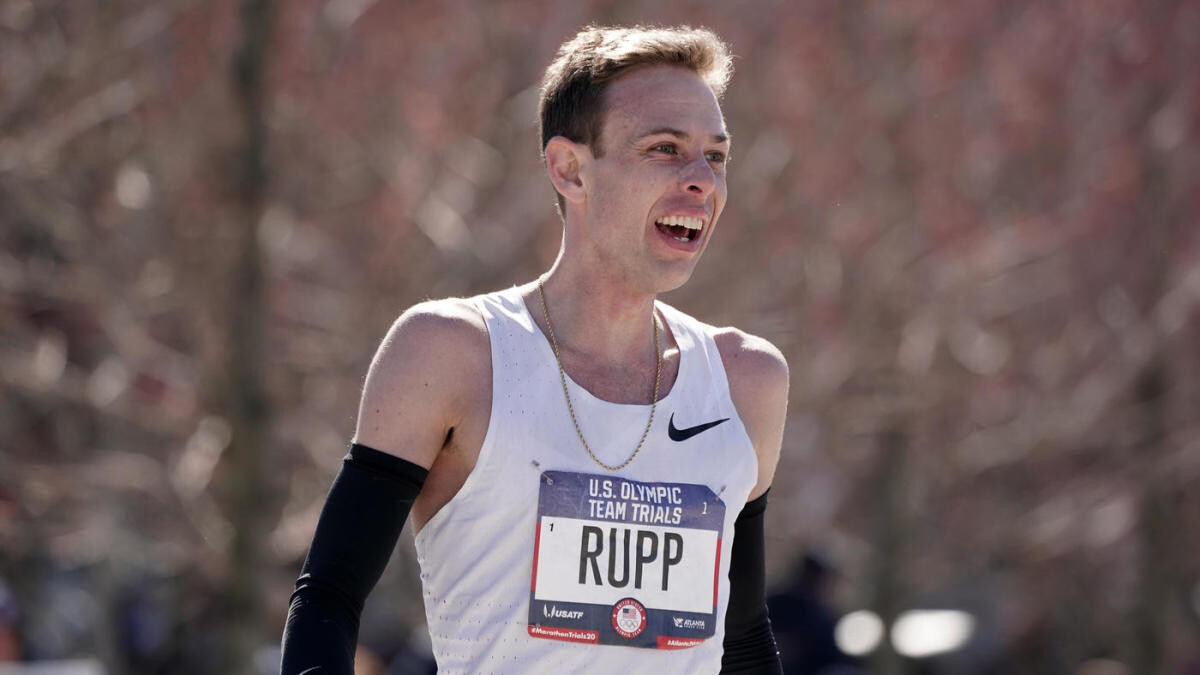
An American man has not won the race since Meb Keflezighi in 2009.
The reigning champion, Albert Korir of Kenya, will return to defend his TCS New York City Marathon title after taking the tape last year in 2:08:22 to finish one spot better and 14 seconds faster than his runner-up performance in 2019. His victory marked his first Abbott World Marathon Majors win. Korir had previous marathon wins at Elite-label races in Houston, Ottawa, and Vienna City.
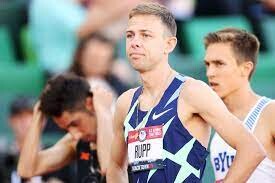
Last year’s runner-up, Morocco’s Mohammed El Aaraby, and the 2020 London Marathon champion, Ethiopia’s Shura Kitata, will join Korir and Rupp at the start line. Kenya’s Evans Chebet will also be in the mix, looking to add another world marathon title. The defending Boston Marathon champion and has top five in Berlin, London, and Tokyo, and will be making his first start in New York. Tokyo Olympic silver medalist and Dutch national record holder Abdi Nageeye will also return to New York to better his fifth-place finish in 2021.
Other international stars include Brazilian Olympian and South American marathon record-holder Daniel Do Nascimento, who was eighth at the 2022 World Athletics Championships, and Japan’s Suguru Osako, who was third at the 2018 Chicago Marathon and fourth at the 2020 Tokyo Marathon. Both will be making their TCS New York City Marathon debuts.
Five-time U.S. Olympian Abdi Abdirahman, who has six career top-10 NYC finishes to his name, will make his final start at the 2022 marathon. The 45-year-old distance runner has announced he will retire from professional competition at the end of 2022. Abdirahman finished third in the NYC marathon in 2016.
(08/09/2022) ⚡AMPby Marley Dickinson
TCS New York City Marathon
The first New York City Marathon, organized in 1970 by Fred Lebow and Vince Chiappetta, was held entirely in Central Park. Of 127 entrants, only 55 men finished; the sole female entrant dropped out due to illness. Winners were given inexpensive wristwatches and recycled baseball and bowling trophies. The entry fee was $1 and the total event budget...
more...Laura Muir stormed to 1500m gold at the Commonwealth Games to collect her second medal
Laura Muir secures 1500m gold at the Commonwealth Games in Birmingham – her second medal of the competition, after bagging a bronze in the 800m.
The Scot ran a tactical and gutsy race, holding back during the first two laps before making a sensational break with 500m to go. At that point, no competitor could respond, despite a fantastic effort from Northern Ireland's Ciara Mageean. Muir took the title in 4:02.76, with Mageean second in 4:04.14 and Abbey Caldwell of Australia third in 4:04.79.
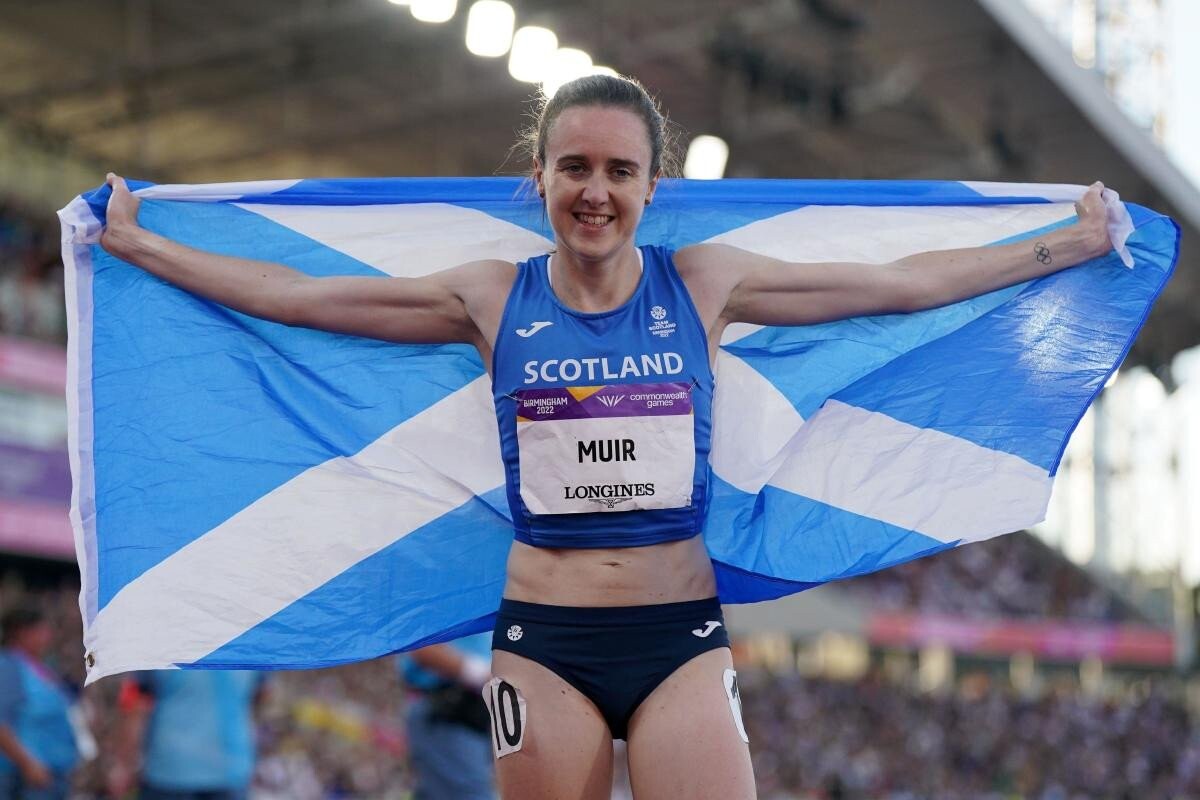
After finishing 11th in the Glasgow Commonwealth Games back in 2014, the 29-year-old has gone from strength to strength over the last eight years, and come back a far stronger and more experienced athlete.

When asked afterwards what she'd say to her 23-year-old-self, she respond: 'Your time will come.'
'It's rotten at the time but you learn from it and come back stronger,' she continued. 'It sounds cheesy but you do. This meant a lot to me running here because missing the Gold Coast [Commonwealth Games in 2018], it's been eight years of Commonwealths, so it's been bugging me. It's been so nice to come here and and not just get one but two [medals] and in such competitors fields.'
"I just thought my strength is in my kick and I just tried to trust it and hope nobody would catch me," Muir said.
"I ran as hard as I could to the line."
Muir reflected on her past Commonwealth Games disappointments and was delighted to land her second medal.
“I think I would have said to the Laura Muir of 2014 ‘your time will come’ (after finishing 11th at the Glasgow Commonwealth Games)," Muir added.
“It’s rotten at the time but you learn from it and you come back stronger. This meant a lot to me – missing the Gold Coast (in 2018) as well, it’s been bugging me for eight years.
“It is so nice to come here and not just get one medal but two and in such a competitive field. Those girls are fast. It means a lot.”
(08/09/2022) ⚡AMPby Jenny Bozon
The Commonwealth Games
The Commonwealth Games are coming to Victoria - bringing an action packed sports program to our regional cities and delivering a long-term legacy for our future. From 17 to 29 March 2026, Geelong, Bendigo, Ballarat, Gippsland and Shepparton will be on the world stage, attracting millions of viewers and creating thousands of jobs. The multi-city model will...
more...Running motivation: running quotes to inspire you
It can be hard to maintain your zest for running when the temperatures soar.
We dug up some running wisdom from some great athletes and minds to get you out the door. When your workout motivation wanes in the face of weather or whatever comes your way, read a few lines and consider it your calling to rise up and run.
You are a runner, no matter your distance, pace or natural ability
"Love hard. Live hard. Keep moving forward" –Tommy Rivers Puzey
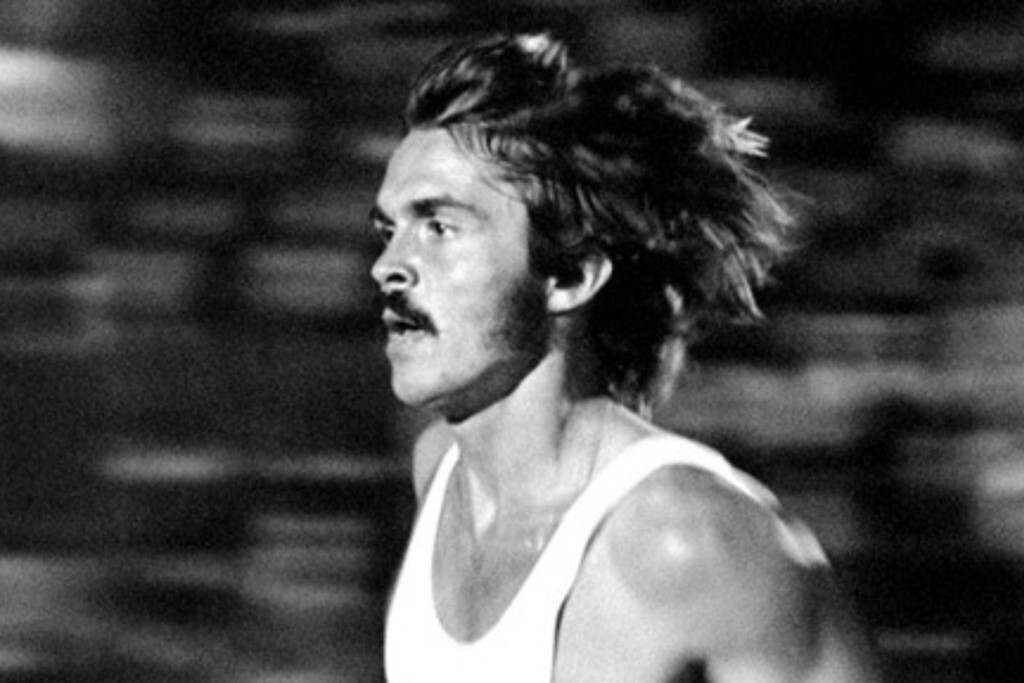
“All runners are tough. Everyone has to have a little fire in them, that even in tough times, can’t be turned off.” — Shalane Flanagan
“If one could run without getting tired I don’t think one would often want to do anything else.” – C. S. Lewis
“To give anything less than your best is to sacrifice the gift.” –Steve Prefontaine
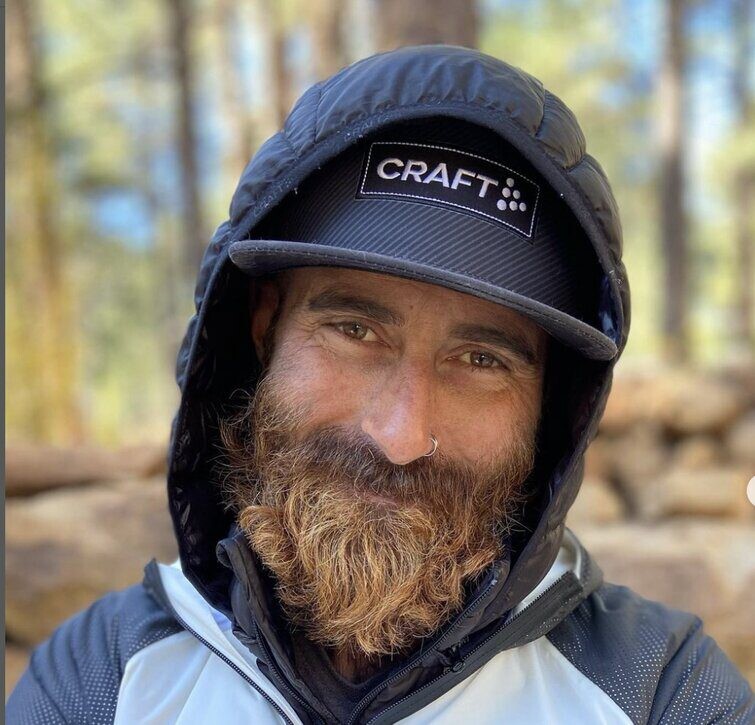
“I just wanted to come out today and, I don’t know, get up in it, stick my nose where it didn’t belong, and just see what I could come away with. I guess that’s a medal.” –Molly Seidel
“The advice I have for beginners is the same philosophy that I have for runners of all levels of experience and ability: consistency, a sane approach, moderation, and making your running an enjoyable, rather than dreaded, part of your life.” — Bill Rodgers
Remember why you do it
“Why do we do this? To feel something. To move ourselves, to ensure that we don’t get stuck. And most of all, we do this to be a part of something. To insert our individual effort into a sea of human energy and force out the other side, hopeful that somehow we’ll be different. Changed in some way.” –Peter Bromka
“Because during every run, for a few seconds or a few minutes, you have a moment where it feels really good. You forget about the discomfort and you find rhythm, maybe some grace, and a feeling of strength and confidence as you move as well as you’ll ever move doing anything. And that’s one of the best reasons to run.” ― Brendan Leonard
“Keep moving. You’re still here. We all are. As long as you’re moving you’re still here.” –Tommy Rivers Puzey
“…For me there has always been a place to go and a terrible urgency to get there.” —Joan Benoit Samuelson
“The reason we race isn’t so much to beat each other… but to be with each other.” –Christopher McDougall
(08/09/2022) ⚡AMP
by Keeley Milne
Ultra-runner Kate Jayden set astonishing marathon world record with broken knee
Kate Jayden of Derbyshire, U.K., who set the world record of 106 marathons in 106 days, completed in April 2022, has had her record verified by Guinness World Records. Although 106 straight days of running a marathon is an incredible feat in itself, Jayden revealed on her social media that she ran her last 60 marathons on a fractured knee.
Jayden began to feel discomfort in her knee after her 46th marathon, when she struggled to put weight on it and thought she had developed an injury. But the 35-year-old carried on for the last 60 marathons.
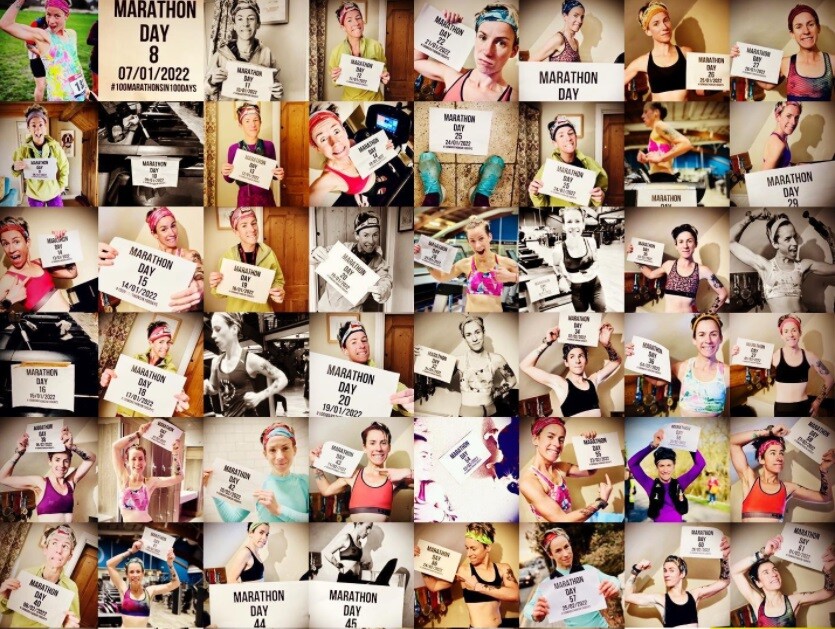
She started her challenge for charity on Dec. 31, 2021, and finished on April 15, 2022. Jayden got an MRI on her knee soon after finishing, and a scan revealed she had fractured her knee and may not be able to run again.
“I did not realize that day 106 was going to be my last long run,” Jayden told the BBC. “But if you could have planned it to be, it was an excellent way to go out.”
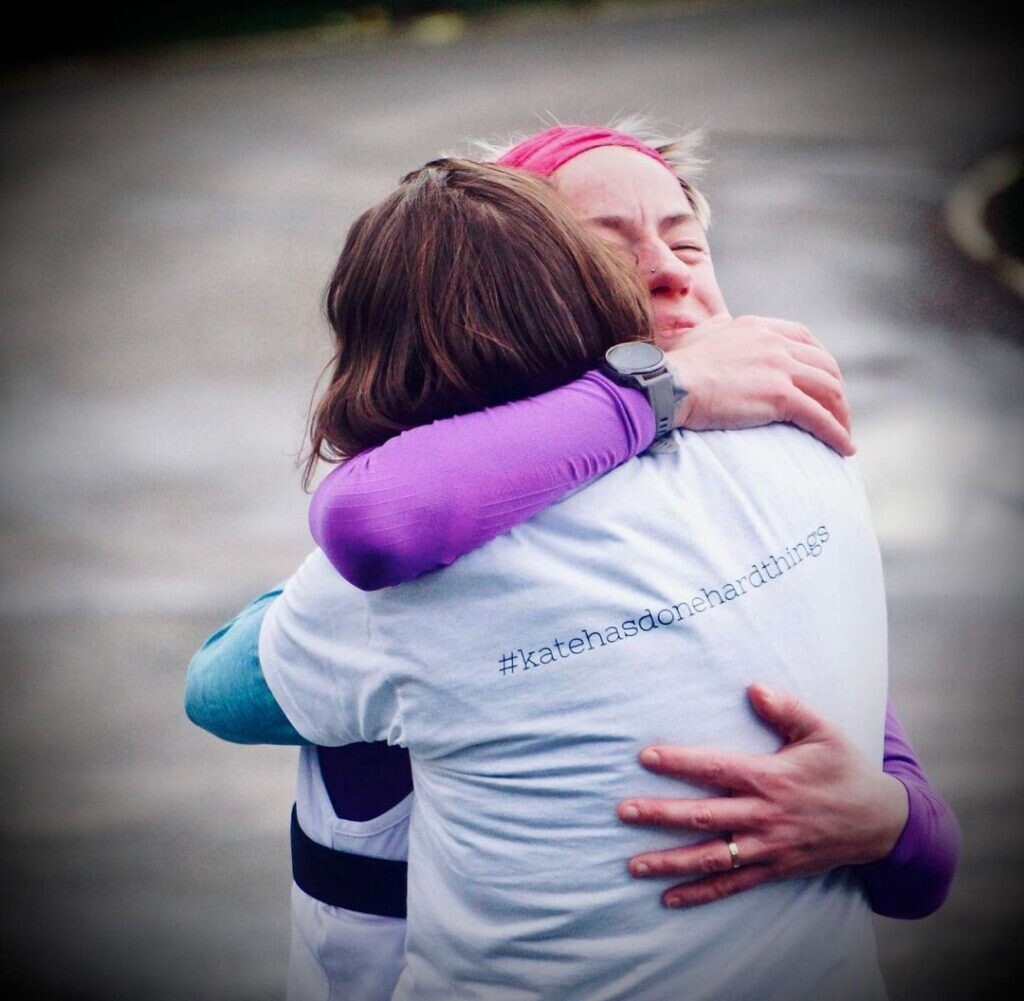
Jayden plans to have surgery on her knee and hopefully take up cycling in the future.
She initially set out to beat American runner Alyssa Clark’s record of 95 marathons in 95 days, which was set in November 2021. Several runners have since been inspired by Clark’s and Jayden’s records, and have set out on their own.
During her challenge, Jayden raised over CAD $50,000 for three charities: the Refugee Council, Trussell Trust and The Hygiene Bank.
(08/09/2022) ⚡AMPby Running Magazine
Maximize the benefits of every run with these three tips
Do you know the purpose of each run on your training schedule? Understanding why you are running fast or slow, and what training effect you are working toward can be monumentally helpful when trying to stick with a program and achieve specific results. Running workouts will have a variety of hoped-for outcomes, and training effect is simply a measure of the body’s response to a workout.
While fitness apps and watches all have unique suggestions about your training effect and may offer guidelines to follow, you’re better off keeping it simple. Here, we give you some tips to use so that every workout hits the target and leaves you a stronger runner.
1.- Know the intention behind each workout
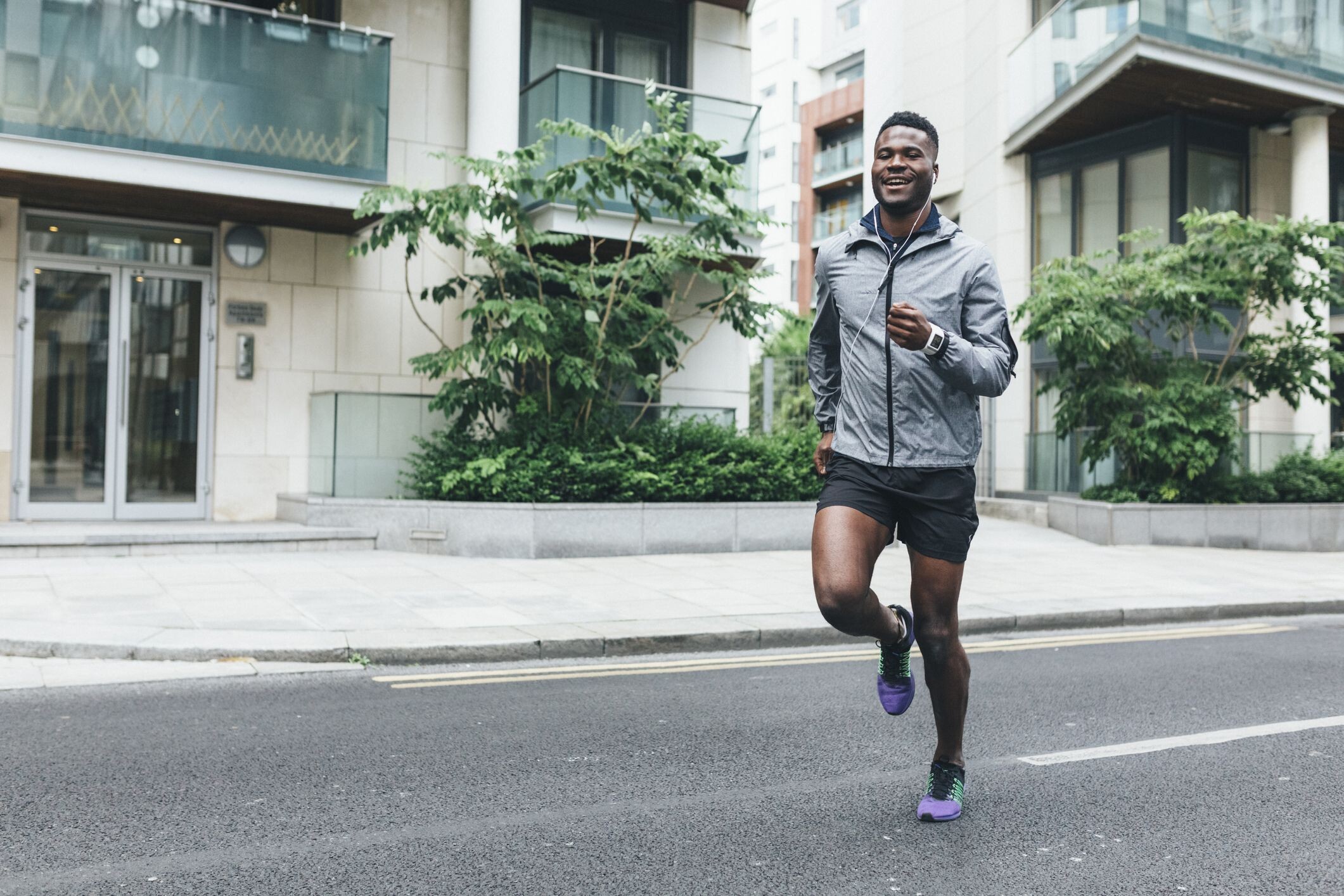
It can be easy to simply follow the instructions and repeat. It’s fantastic if you can hit all your goals in a scheduled running session, but understanding the real purpose behind the workout will help you reap the rewards. Are you running 800m repeats in order to get faster at short distances, or to build your ability to run smoothly on tired legs?
If you have a coach, make sure you’re asking questions so that you know the ‘why’ behind every session; if you plan your own training, do some research. Knowing what training effect a workout is intended to achieve will help you know what to look for while you’re running, and recover optimally.
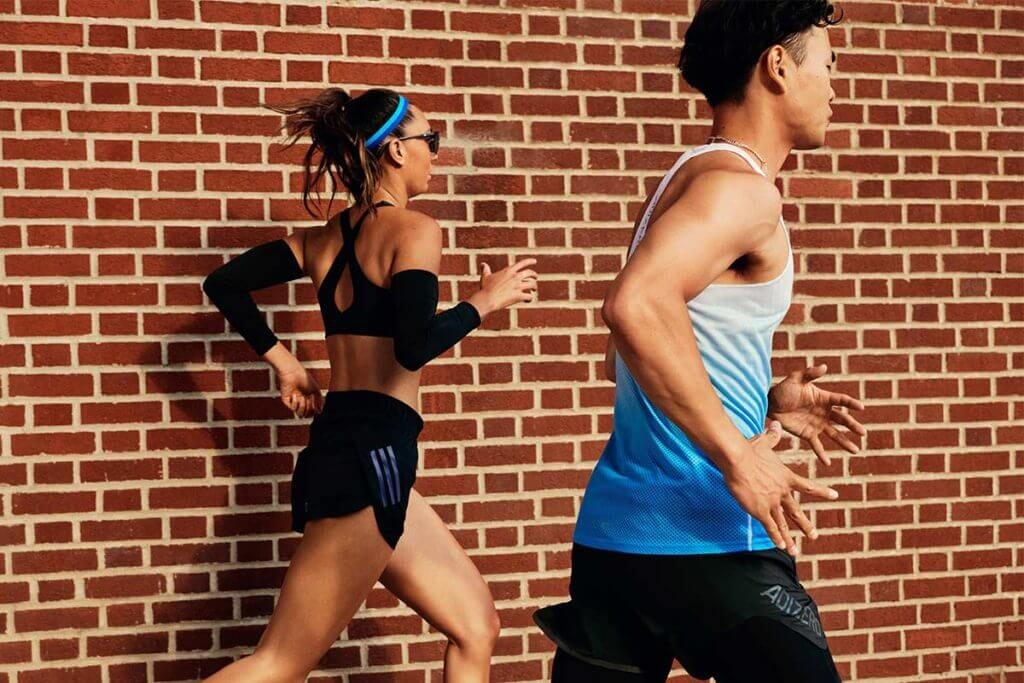
2.- Variation is key
Adaptive resistance occurs when you do the same workout week after week. Your body becomes familiar with the particular stresses being applied to them and skilled at achieving the workout goals. The speed session (or track repeats, or whatever your workout of choice is) becomes less potent and you may stop seeing a training effect.
Switching it up, from road to track, solo runs to training with a group, or between speedwork and long runs keeps your brain and muscles firing. Rotating exercises and activities not only keep us seeing benefits as we run hard sessions, but also prevents repetitive stress injuries.
3.- Make recovery essential
If you haven’t made recovery as important as training, it’s time to start. Recovery is essential for our mental and physical health. Every single workout you do breaks your body down, causing tiny amounts of tissue damage. Running perfect splits in your track session is pointless if you don’t allow your body time to properly recover: you risk overtraining as well.
Make sure to take at least one day off per week, fuel and hydrate properly, and sleep well. You’ll reap the benefits of every run when you’re well rested, know what your goals are, and incorporate a variety of challenges into your training.
(08/09/2022) ⚡AMPby Keeley Milne
Sydney McLaughlin ran the sixth-fastest 400m hurdles time in history in what she said beforehand was her last race of the season
Sydney McLaughlin, who lowered her world record at June’s USATF Outdoor Championships (51.41) and July’s world championships (50.68), ran 51.68 at a Continental Tour meet in Hungary on Monday.
McLaughlin, who turned 23 on Sunday, extended her win streak to seven meets since her last defeat at the 2019 World Championships. Her time on Monday would have been a world record up until the Tokyo Olympics, where she lowered it from 51.90 to 51.46.
Next season is another world championships year. McLaughlin has a bye into next August’s worlds in Budapest in the 400m hurdles as reigning champion but has said she could add or change events, perhaps to the flat 400m, as the 2024 Paris Olympics approach.
(08/08/2022) ⚡AMPAmusan and Richards join list of double champions at Commonwealth Games
World champion Tobi Amusan and world indoor champion Jereem Richards had a successful Sunday (7) on the final day of athletics action at the Commonwealth Games, as they joined Elaine Thompson-Herah and Jacob Kiplimo as double gold medalists in Birmingham.
The Nigerian sprint hurdler started the day by winning her specialist discipline, the 100m hurdles, in a Games record of 12.30 (-0.2m/s) – the second-fastest wind-legal clocking of her career behind the world record of 12.12 she clocked at the World Athletics Championships Oregon22.
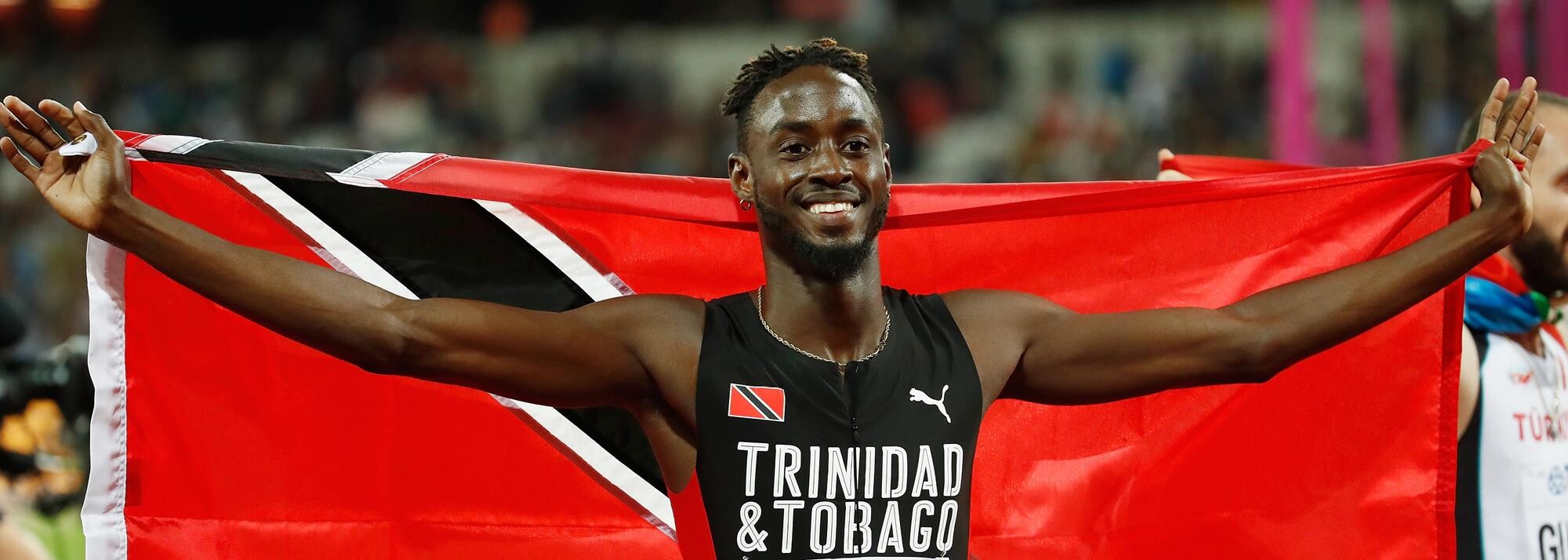
She won by a clear margin from Devynne Charlton of The Bahamas (12.58) and England’s Cindy Sember (12.59), all of whom finished inside the previous Games record.
“I think my first five hurdles were rusty but then I got it together,” said Amusan. “I’m just thankful for the win.”
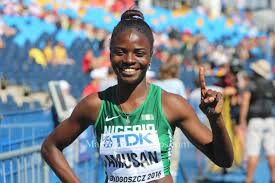
Later in the morning session, Amusan ran the lead-off leg for Nigeria in the 4x100m. She gave her team a strong start and handed over to 200m silver medalist Favour Ofili, who kept Nigeria level with England’s Imani Lansiquot. Rosemary Chukwuma than ran a storming third leg to give Nigeria a clear lead, then Grace Nwokocha anchored them to victory in 42.10, taking 0.12 off the African record they had set when finishing fourth at the recent World Championships.
England finished second in 42.41 and Jamaica, anchored by double sprint champion Elaine Thompson-Herah, took bronze in 43.08.
Much to the delight of the home crowd, England took victory in the men’s 4x100m just moments before the women’s race. They won in 38.35 from Trinidad & Tobago (38.70) and Nigeria (38.81).
Later in the day, Commonwealth 200m champion Jereem Richards added another gold medal to his collection, anchoring Trinidad & Tobago to victory in the men’s 4x400m. The world indoor 400m champion teamed up with Dwight St Hillaire, Asa Guevara and Machel Cedenio to win in 3:01.29 with Botswana finishing second in 3:01.85. Kenya placed third in 3:02.41.
The women’s race was much closer with hosts England crossing the line in first place 0.01 ahead of Canada. But England was later disqualified for a lane infringement, giving Canada gold in 3:25.84 ahead of Jamaica (3:26.93). Scotland took the bronze medal.
(08/08/2022) ⚡AMPby World Athletics
The Commonwealth Games
The Commonwealth Games are coming to Victoria - bringing an action packed sports program to our regional cities and delivering a long-term legacy for our future. From 17 to 29 March 2026, Geelong, Bendigo, Ballarat, Gippsland and Shepparton will be on the world stage, attracting millions of viewers and creating thousands of jobs. The multi-city model will...
more...Matthew Kimeli (28:38) And Fentyea Belayneh (32:06) Win Beach To Beacon 10k
Beach to Beacon returns after 2-year absence: ‘It’s great to be back!’
A carnival of calves, quads and cowbells came back to this seaside town Saturday, after an absence of 1,099 days.

More than 5,000 runners paraded over the roads of Cape Elizabeth on a warm and cloudless morning in the 24th edition of the venerable TD Beach to Beacon 10K Road Race. Because of the pandemic, the race was canceled in 2020 and held virtually in 2021.
“It’s great to be back!” said Joan Benoit Samuelson, the race founder who grew up in Cape Elizabeth and went on to win the inaugural women’s Olympic marathon in the Los Angeles Games of 1984.
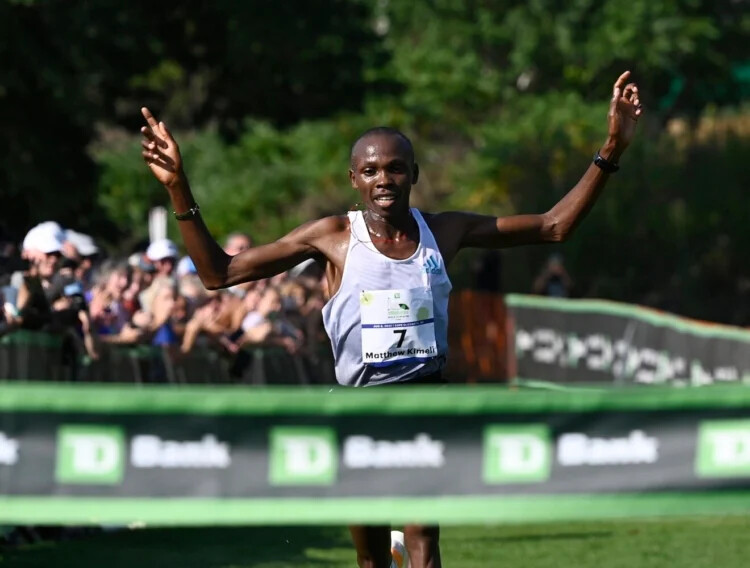
Along the route, which winds onto Old Ocean House Road before returning to Route 77 and continuing onto Shore Road until entering Fort Williams for the finish along a well-watered strip of green grass in sight of the lighthouse, spectators were abundant if not as thick as in past years.
The folks near the Mile 5 marker who grill bacon were back, enticing runners with mouth-watering scents of breakfast. (Beach to Bacon, reads their sign.) Bands and music added merriment and encouragement.
“It was so fun,” said Amy Davis, a Wisconsin native who placed fourth among all women. “The crowds get into it and the community, and it propels you forward. You feel like you’re never alone. That was really cool.”
Davis, 25, is the daughter of Nan Doak-Davis, a former national marathon champion who competed alongside Samuelson back in the day.
Befitting the 50th anniversary of Title IX legislation that opened doors long closed to female athletes, the women’s field on Saturday featured a dramatic race led for long stretches by Standish native Emily Durgin, a graduate of Cheverus High in Portland and the University of Connecticut.
The 28-year-old Durgin, now living and training in Flagstaff, Arizona, was runner-up by nine seconds to Fentaye Belayneh of Ethiopia. In her American road-racing debut, the 21-year-old Belayneh covered the 6.2 miles from Crescent Beach to the Portland Head Light in 32 minutes, 7 seconds.
No American woman has won Beach to Beacon. The only American man to do so is North Yarmouth native Ben True, six years ago. On Thursday night, True decided for health reasons to remain home in New Hampshire.
True’s absence paved the way for Mathew Kimeli, 24, of Kenya to run away from the men’s field. Hampered only by a brief entanglement with yellow caution tape after he turned onto Shore Road in Mile 4, Kimeli crossed the line with arms upraised in a winning time of 28:39.
Belayneh and Kimeli each received $10,000 for their victories. Durgin took home $5,000 for second place and another $5,000 as the top American finisher.
Because her connecting flight was canceled Thursday night, Durgin rented a car with her boyfriend and drove to Maine from Philadelphia on Friday, stopping at her favorite Connecticut diner (in Vernon) along the way.
“It was less stress because I knew I was coming to a familiar place,” said Durgin, whose parents picked up their luggage from the Portland jetport. “If I was going anyplace else, I probably would have gotten back on the plane and gone back to Phoenix.”
Once on the course, Durgin said she was surprised by the relatively pedestrian early pace – the first mile passed in 5:12 – until she realized her competitors were playing it safe amid hot and humid conditions.
“Then I found myself leading the whole race,” she said. “This is the first time that I’ve seen myself in the lead. It was not a super-familiar feeling.”
Kimeli’s time was the slowest for a men’s champion in race history. Belayneh’s was the slowest winning women’s time since 2011.
“The race was humid, and a lot of slopes,” said Kimeli, who was forced to stop to remove the tape from his leg when he couldn’t shake free from it. “Thank goodness we were not in a group. Maybe I would fall down if we were in a group.”
Twenty seconds passed before the surprise runner-up, Athanas Kioko, passed beneath the final banner. A recent graduate of Campbell University in Georgia, the 27-year-old Kioko registered for the race on Monday, picked up his four-digit bib number Saturday morning after a travel nightmare rivaled only by that of Durgin, and picked off two runners in the final mile to beat every invited elite athlete save Kimeli.
Two flight cancellations Friday morning in Atlanta forced Kioko to accept a diversion to Chicago, endure a four-hour layover, and eventually wind up in Manchester, New Hampshire. After a brief night in a motel, some Kenyan friends from Boston picked him up at 4:30 a.m. on their way to Maine. He got his bib at Cape Elizabeth High School less than an hour before the race, hopped on a bus to the start and enjoyed a 10-minute warm-up before the gun fired.
“Due to traveling, my lower back was a bit painful,” Kioko said. “But right now, I’m not tired.”
The Maine resident category saw a pair of first-time winners. Biddeford native Sam Mills, 21, whooped with joy before crossing the finish line in 31:09. Aly Ursiny of Yarmouth, 34, a mother of two who moved here from Boston last winter, was the fastest Maine woman in 36:17.
(08/08/2022) ⚡AMPby Glenn Jordan
TD Beach to Beacon 10K
Joan Benoit Samuelson, a native of Cape Elizabeth, Maine, won the first-ever women's Marathon at the 1984 Olympics in Los Angeles and is founder and chair of the TD Bank Beach to Beacon 10K. "A long time dream of mine has been realized" says Samuelson. "I've always wanted to create a race that brings runners to some of my most...
more...Crush your half marathon goals with these workouts
It’s racing season, and every sunny weekend seems like an opportunity to jump into (or train for) a fun event. If the half marathon is your jam, try these workouts to finesse the unique balance of endurance and speed that the distance requires.
Fatigue resistance repeats
Running some fast intervals after a tempo session can be an effective way to mimic maintaining that goal pace when you feel those slightly heavy mid-race legs.
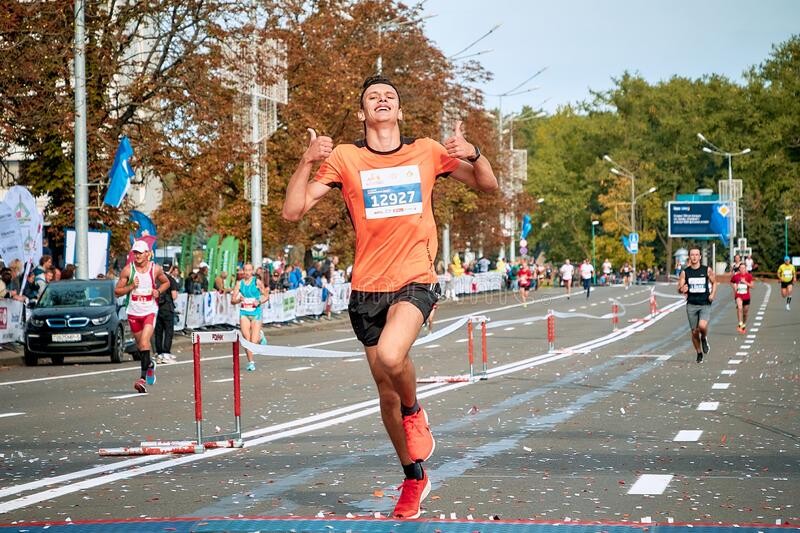
10 minutes easy running to warm up
25-30 minutes at a pace you can maintain for one hour
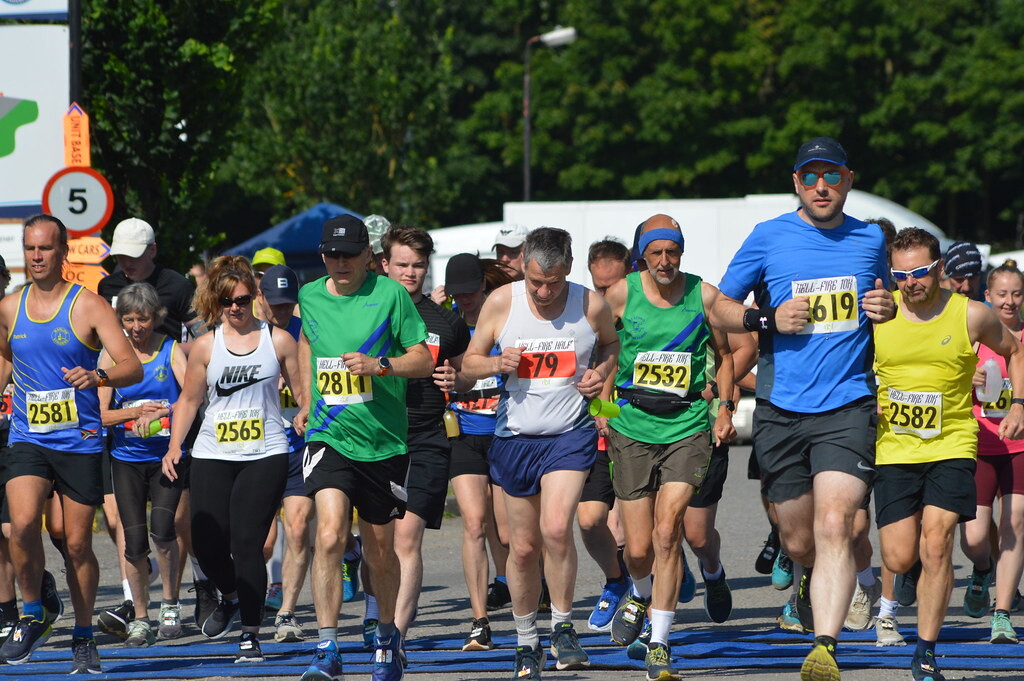
3-4 minutes recovery running
5 x 1 minute hard/1 minute easy
10 minutes easy running to cool down
Master the mile
Threshold pace intervals (roughly around a 10K race pace) are perfect training for the half marathon distance. On race day, you’ll have the stamina to maintain that tough, slightly below-threshold pace for the entire distance.
10-15 minutes easy running
4-5 x 1 mile (1,600m) at 10K race pace, with one minute of easy recovery between each repeat
10-15 minutes easy running
Practice the pace
Half marathon pace workouts should generally only be done a few times, close to race day (but before taper-time). You’ll gain familiarity with running at that perfect speed and add a confidence boost before the big event.
15 minutes easy running
3-4 x 3.5 km at half marathon pace, with 1 km easy recovery running between repeats
10 minutes easy running
Follow a speedwork session with an easy running or rest day, and hydrate well, especially in the summer heat.
(08/08/2022) ⚡AMPby Running Magazine
Ultra running is exploding in popularity around the world, but what actually is an ultramarathon?
The term Ultra covers a broad range of races, from mountains to road
Ultra running is fast becoming a mainstream sport. Once, it was the realm of a few crazy runners, and not the pastime of everyone from your boss to your neighbour. But what actually is an ultramarathon?
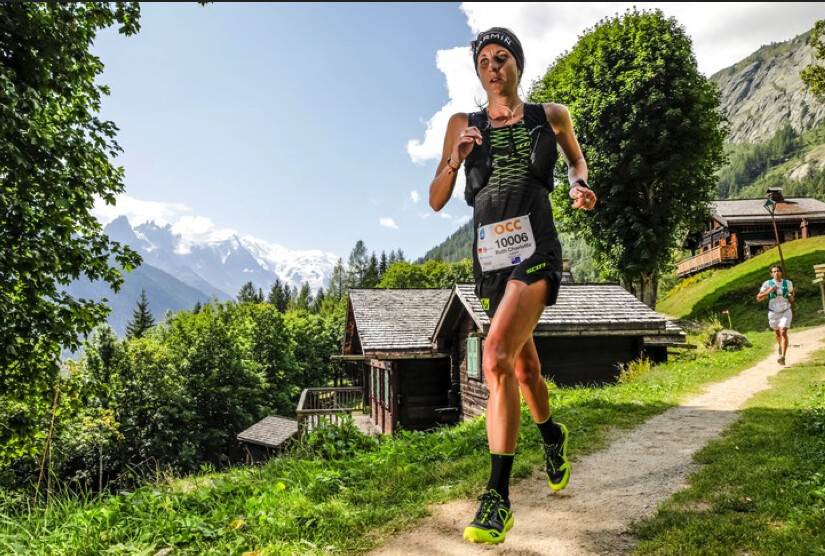
How long is an ultramarathon?
An ultramarathon is anything longer than a marathon, which is 26.2 miles (42.195km). So, you could complete a marathon and run back to your car and you’ve technically run an ultra distance.
Typically, ultramarathons start at 50km and go up from there. Standard distances are 50km, 100km and 161km (100 miles), the latter often being referred to as a “miler”.
While a marathon is never longer than 26.2 miles, ultras tend to vary a bit. For example, the Hong Kong 100 is in fact 103km. And the Ultra Marathon du Mont Blanc, a miler, is in fact 171km. Others are a bit shorter than advertised, too.
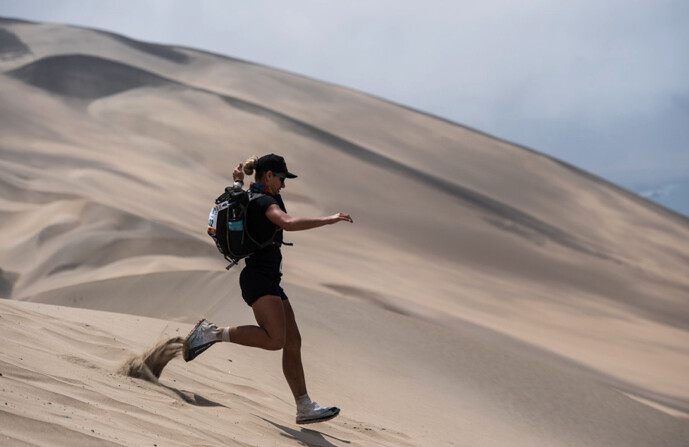
Aside from the above three types, there are ultra races of all sorts of distances and formats. As long as it’s more than a marathon, the distances and formats can be limitless.
An increasingly popular format is 250km split over stages, such as the Marathon Des Sables. Runners complete different distances each day, some less than an ultra, and sleep at night.
As the sport continues to grow, others try to push the boundaries – such as the 298km Hong Kong Four Trails Ultra Challenge, which is non-stop and has no support on the trails. Runners finish the distance in between around 48 and 70 hours.
The formats are becoming increasingly imaginative. A backyard ultra, for example, is around a 6.7km loop. The runners start on the hour every hour until there is just one runner left, so the distance is not set. It keeps going and going. Runners have gone on for more than 80 hours.
Outside organised events, runners often complete ultramarathons just for fun, to set a personal best or a Fastest Known Time (FKT), which is ultra terminology for a specific course record. This can be anything from the 44km Hong Kong Trail, which takes a few hours, to the 4,172km Pacific Crest Trail, which has an FKT of almost two months.
What terrain is an ultramarathon on?
With an infinite range of distances come infinite terrains. An ultramarathon can be road, flat, track, pavement, mountain, trail, snow and more. As long as you can run on it, you can run an ultramarathon on it.
A famous road ultramarathon is the 246km Spartathlon. It follows the legendary route run by Pheidippides, who ran from Athens to Sparta before the Battle of Marathon in Ancient Greece, thus inventing the marathon.
The most high-profile mountain ultra is the Ultra Marathon du Mont Blanc, which has a total of 10,040 metres accumulative elevation gain in the Alps.
Track ultras often take the format of a set time rather than distance. For example, how far you can travel in 24 hours, round and round the same athletics track.
When Zach Bitter set the 100-mile world record, which has since been broken again, he ran it around a 443m track by doing 363 laps.
The distances and terrains are so varied race to race they are essentially different sports. Kilian Jornet is considered one of the best ultra-mountain runners ever, but comparing him with Yiannis Kouros, considered one of the best ultra road runners ever, is like asking who is better at football: Tom Brady or Lionel Messi.
Is an ultra harder than a marathon?
The word ultra refers to the distance, not difficulty. An ultramarathon is inherently hard, but not inherently harder than a marathon or any other distance for that matter.
If you have a specific and demanding finishing time in mind for your marathon, you will have to stick to a specific split, keep your legs spinning and spinning, all the time concentrating on your pace and pushing your body.
Is that easier or harder than a 24-hour 100km over mountains, with variation in terrain and elevation, when you walk some parts and rest at check points?
What about a 5km? If you want to run a fast 5km, you will be at your absolute limit for the entire time and collapse over the finish line.
Non-runners often think an ultramarathon is the “next step” for runners looking for a new challenge. Searching for a faster time is just as challenging as searching for a longer distance.
Either can be harder than the other – it’s down to the runner.
The same is true within ultra running. Ruth Croft, one of the best runners, dominates races around 50km. She was repeatedly asked when she would do a 100 miler once she had “completed” a 50km. Croft resisted the urge to cave to the pressure to run further until she was ready, understanding that fast and far are two often incomparable metrics.
When you consider all of the above, the simple definition of “longer than a marathon” does not quite do justice to the massive range of events encapsulated by the term ultramarathon.
(08/08/2022) ⚡AMPCanadian Evan Dunfee smashes two records for gold at Commonwealth Games
Dunfee broke his own Canadian record along with the Commonwealth Games record in the 10,000m race walk
“Elation,” Evan Dunfee posted on social media Sunday morning. The Richmond, B.C. native won the men’s 10,000 meter race walk in a record-setting performance on Sunday at the Commonwealth Games in Birmingham, U.K. Dunfee, 31, broke his own national record along with the Commonwealth Games record, in 38:36.37.
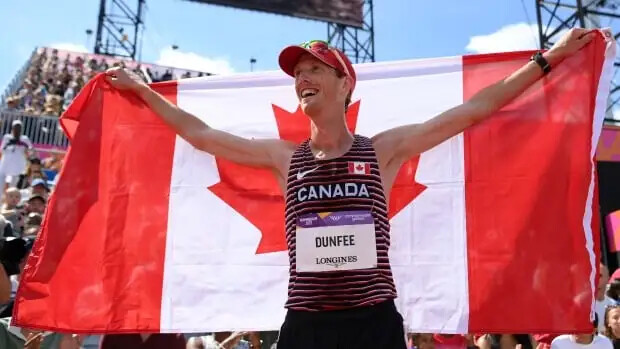
“Today’s goal was to believe in myself as much as my family and closest friends believe in me. I wavered in the middle but found it again in the closing stages,” Dunfee said. He fell back to fifth place around the halfway point, but moved up to take the lead in the closing stages. With 300m to go, Dunfee broke away to solidify the win.
Dunfee won bronze at the Tokyo Olympics in the 50K race walk (now non-existent), and finished sixth in the 35, 000 km race walk at the World Athletics Championships last month in Eugene, Ore. His previous national record was 3.35 seconds slower, in 38:39.72, set in June 2021 at the Harry Jerome Track Classic.
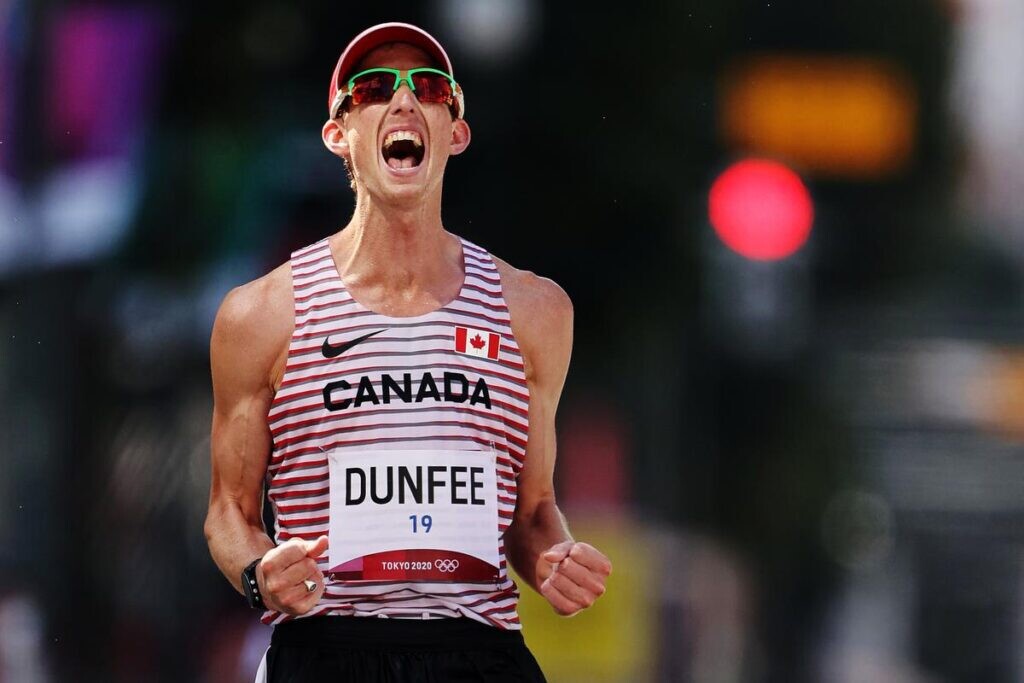
This is Dunfee’s first Commonwealth medal, and his third appearance at the Games. It’s Canada’s 23 gold medal at the 2022 Commonwealth Games.
How to watch?
Daily live coverage will be available on CBCSports.ca, the CBC Sports app and CBC Gem, with 10 hours of additional weekend broadcast coverage
(08/08/2022) ⚡AMPby Keeley Milne
The Commonwealth Games
The Commonwealth Games are coming to Victoria - bringing an action packed sports program to our regional cities and delivering a long-term legacy for our future. From 17 to 29 March 2026, Geelong, Bendigo, Ballarat, Gippsland and Shepparton will be on the world stage, attracting millions of viewers and creating thousands of jobs. The multi-city model will...
more...Eileen Gu, Freestyle Skiing Gold Medalist, Runs 1:41:07 in San Francisco Half Marathon
Gu placed second in her age group on July 24 after “spontaneously” signing up for the race.
At only 18 years old, Eileen Gu is a two-time Olympic gold medalist, model, and soon-to-be Stanford freshman. She is fluent in English and Mandarin Chinese and can play classical piano, too. With so many varied accolades and talents, one may wonder: Is there anything Gu can’t do?
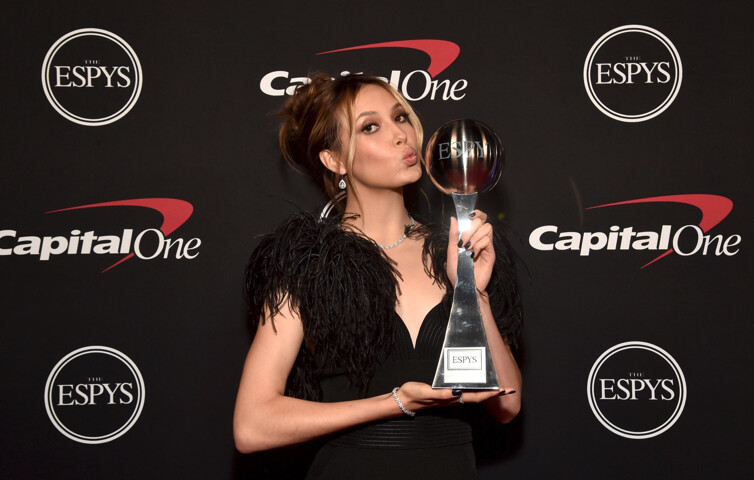
As if seemingly responding to this unspoken question, Gu recently added another achievement to her already lengthy list.
On Sunday July 24, Gu completed the San Francisco Half Marathon—and placed second in her age group. This happened several days after she won two ESPY Awards: Best Breakthrough Athlete and Best Athlete, Women’s Action Sports.
Without formally training for the 13.1-mile race, Gu crossed the finish line in ç, an impressive 7:43 mile pace.
In an Instagram post she wrote, “Landed in San Francisco 36 hrs ago and spontaneously signed up for the San Francisco half marathon. Went in with the relatively simple goal of finishing the race but got a bit competitive around mile 7 & wanted to see what I could make happen… hyped to walk away with an unexpected second place in the 19 and under age group!! Still on a high. What a day.”
Although racing in San Fran was an impromptu decision, Gu has history with the sport. She was a competitive cross country runner for seven years and has expressed admiration and gratitude for her former coach.
In an Instagram post celebrating International Women’s Day in 2021, after thanking her grandma and mother, Gu wrote, “…to my unbelievably strong high school cross country coach (who showed me focus and fearlessness).”
Over the years, Gu has also posted on Instagram about her cross country meets and running workouts.
Running is an integral component of her training routine; she even credits it for helping her get ready for her Olympic debut where she represented China. Gu is American-born – her mother is Chinese, and her father is American – but has competed for China since 2019.
“It’s definitely not easy. But I ran a half-marathon every week over the summer to prepare,” she said in an interview before Beijing. “I feel proud of the work I’ve done to build up my endurance base, so this is what I’ve been preparing for.”
Gu’s former training camp coach, Peter Olenick, told the New York Post, "She is the first one at training and the last to leave. She competes in multiple events; then she goes home to run and train. That is unusual."
Her unconventional tactics worked. Gu snagged Olympic gold medals in big air and halfpipe and a silver medal in slopestyle. She became the youngest freestyle skiing Olympic champion and the first freestyle skier to medal three times in a single Winter game appearance.
All of this came on the heels of winning numerous gold medals at the 2021 World Championships and Winter X Games as well as two gold medals at the 2020 Winter Youth Olympics – in big air and halfpipe.
Despite her success on the slopes, Gu said that running is her second favorite sport.
"I can break my own boundaries through running. Running is a bit different from skiing, because running can be done by everyone. There is no need to fall and stand up again. Everyone can enjoy the joy of sports and nature."
(08/07/2022) ⚡AMPby Runner’s World
The Real-Life Diet of Ultramarathoner François D'Haene, Who Makes Dominating 100-Mile Races Sound Low-Key
France’s François D’haene is one of the best ultrarunners in the world. He’s won some of the hardest 100-mile foot races out there like the Ultra Trail du Mont Blanc in Chamonix (3-time winner) and the Hardrock 100 in Silverton, Colorado (he's the 2021 champion and course record holder). But he’s not a one-dimensional athlete, he’s stood atop over 50 podiums in both running and ski mountaineering. And in addition to being a freakishly good athlete, he’s also a wine producer in Beaujolais.
But the father of three children and takes a refreshingly chill approach to his success: there’s no rules, no training plans, no strict diet. We chatted with D’Haene as he was gearing up for the 2022 Hardrock this weekend.
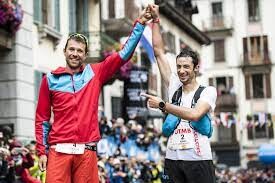
For Real-Life Diet, GQ talks to athletes, celebrities, and other high performers about their diet, exercise routines, and pursuit of wellness. Keep in mind that what works for them might not necessarily be healthy for you.
GQ: When you’re training for a big event, like the Hardrock 100, what time do you usually wake up? What’s the first thing you do?
François D'Haene: When I’m training for a big event, what time I wake up is different every day because I have to adapt every day—I also have a job and a family. I don’t have a regular plan!
Can you walk us through what a typical day looks like?
There is no typical day for me, but I always have something to do. This week I was cycling on Saturday (a casual 230-mile bike ride that took nearly 19 hours), with my children on Sunday, and wasn’t able to train on Monday because I had to deliver some wine to a few huts in the mountains by foot. Each day is totally different.
How do you balance training, raising three kids, and your wine business? Is it difficult to do all those things well?
It’s hard to manage it and get everything done, but I don’t want to make any compromises so I try to do as good as possible. I train when I can. I try to get some long days in the mountains and keep some moments for training, some moments for the business, and some for family. I work on my calendar with my wife. Of course, I don’t have so many moments for rest but I have to make room for the things I love.
What kind of workouts are you doing each week? How much mileage or how many hours do you spend training? How much vert are you getting in? Are you self-coached? Has your training in physiotherapy helped you develop your training plan?
I don’t have any regular training and I don’t want to have any regular training or workouts. I really just try to adapt myself and be happy with that and play in the mountains when I can. Because of my schedule, I don’t have a coach. I discuss my race calendar a lot with my team manager and we try to make it as good as possible. I just have to adapt.
Do you remember when you first fell in love with trail running or racing ultramarathons? Was there a specific moment?
It’s something that built up slowly over many years. I remember when I was a kid I always loved being in the mountains. For me it was a dream to understand what happened between the earth and the top of a mountain. I started to build my relationship with the mountain and adventure and trail running. When I was finally able to go by myself with friends (at around 16 or 17 years old when we had a car) I was so happy. The adventures became longer and longer and I fell in love with trail running. That was in 2002, so 20 years ago, and I’m still passionate about it.
What’s the most fun race or run that you’ve ever done? Why?
There are many many racing projects that are very fun. I like to do official races with bib numbers but I also like to do my own projects. I think that’s really cool and interesting. Doing the 211-mile John Muir Trail with friends was a nice experience and I think it’s one of the best memories I have in my trail running experience.
You say on your website that you are careful about keeping a healthy lifestyle. Can you expand on that? What does that mean for you, and what does it look like in your daily life?
For it’s more about longevity, about practicing activities that I love and being okay socially and with my job. This is my way to stay healthy: I ski a lot during winter, I try to do cycling too and not only running. I try to figure out my body and reset my body. When I have pain, I try not to run. Of course, you have some pain every day and every time, but it’s important to make the good choice sometimes and rest a bit. My way to stay healthy is to try to live a normal and well-balanced life and to think about it in terms of longevity. If it’s too stressful for you you won’t be able to do it for long, but if it’s okay in your life you can do it as long as you want.
Can you walk us through what you typically eat for each meal?
I think I won’t tell you because you will get afraid! No, I just try to eat normal. I mainly just eat by feel. I have some children and try to educate them about eating seasonally and locally. I like food and I like fat and I like to play with my food. I try to eat what I want and just try to think about what’s good for my body and for my children and the planet.
What do you eat and drink while running and what’s your strategy with that? How often do you eat or drink while training and racing?
There’s not one right strategy for this so it’s important that people figure out what works for their body. It is crucial to test everything out before the race. For me, I never drink water. I only drink nutrition drinks and I always drink the same one. For food, every hour I eat some sort of gel.
You’re a wine lover—do you drink wine at night during training periods or no?
During training, no! I try not to drink wine or beer. I’m not just a wine lover, I drink anything. I have a normal social life and I’m so happy to share beer with my friends, or a glass of wine. If you run 10 hours with friends then you are so happy to share beer or coffee or wine with them after. Do what you want—take pleasure in that. I think my best advice is to make sure you have longevity and continue to perform.
Can you talk to us about your work as a wine producer? How did you get started doing that and what kind of wine do you make?
It was a project with my wife so we could be together more and spend more time together. We were interested to spend some time in nature. Wine is something very interesting in France and all over the world because it’s always different from area to area, with the taste, the production, and the history. It’s a very interesting thing and to be a wine producer is a very complex job. You have many things to do. Of course we like the taste of wine and the moment when you drink wine. The kind of wine that we did in Beaujolais is a Gamay wine, 100%. It’s very social and fruity so I'm sure you should enjoy it.
Why do you want to go back to the Hardrock 100? What do you like about that race and what are your goals this year?
Just because I won last year and got the opportunity to come back! No, what I like about the race is it’s an interesting race and an iconic race. It’s 160 people and a very strong and deep community. It’s a very nice place and the mountains are amazing. It’s a mix between the altitude and technical trail and easy trail, and it’s just a perfect mix of everything for me to combine strategic training. I have very nice memories from the race and I hope we can build some new good memories this year.
(08/07/2022) ⚡AMPHow to Train for Technical Trails
Technical trails can ask a lot out of the runner. They demand a fine balance of concentration, strength, and agility that can take years to hone. But being a strong runner of technical trails can quickly translate to improved efficiency, faster races, and overall health.
Like anything, upping your game on technical trails requires practice and preparation. That's why we turned to our favorite coaches and athletes, asking them how best to build the skills for staying upright and moving fast through tricky terrain. Here's what they said:
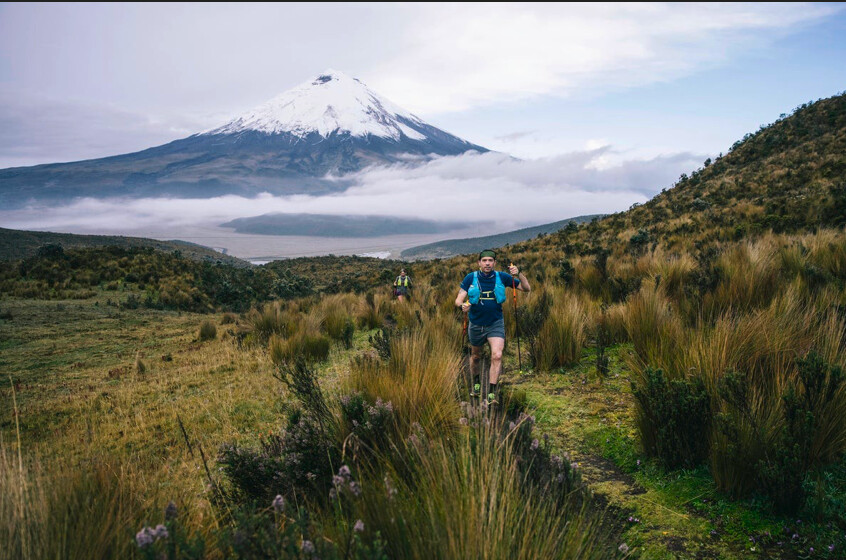
Fancy Footwork
"One of my favorite sets of drills to build skills for technical trail running is Lauren Fleshman's dynamic drill routine," says elite mountain runner and coach Mason Coppi. "The routine includes dynamic drills that improve overall biomechanics, coordination, foot speed, and ability to move in multiple planes of motion."
Though the routine was originally designed for track and road runners, it targets skills and agility that translate well to trail running. These dynamic, multi-directional movements keep you on your toes and help with the precise footwork you need for tough terrain. Coppi likes the athletes he coaches to do the routine after each run, to reinforce good footwork and form, especially when the legs are fatigued.
Take action: Do 10-15 minutes of mobility and drills after two to three runs a week to improve agility and footwork. Use the video above, or try using a ladder, cones or even chalk your own "ladder' on the sidewalk to practice.
Strength Train
"Pure strength is always in fashion for any difficult race, so it's a good idea for trail runners to improve their maximum strength output," says Strength Running coach Jason Fitzgerald. "By getting substantially stronger, runners will be able to cover steep and technical sections with ease. And (of course!) spending time on technical trails is the best way to get better at them."
San Diego-based Coach Jessica Riojas Schnier agrees, and says athletes should specifically target their toes and feet with strength training.
"I do toe yoga (stretches that target the feet and toes) and ankle inversion/eversion exercises while sitting at my desk and occasionally use a wobble board to help strengthen my ankles," says Riojas Schnier. She also recommends toe yoga for athletes who struggle with foot and lower leg injuries, which can help with agility and stability on technical trails.
Being a strong runner of technical trails can quickly translate to improved efficiency, faster races, and overall health.
"When technical terrain is not available, I often utilize movement-specific strength work. The roots and rocks simply aren't ladders on the ground - that would be nice and predictable, but there is more to running technical trails than a quick high knee," says Coach Jenny Quilty.
Quilty and Schneir recommend David Roche's Speed Legs and Mountain Legs routines, which target limbs individually in addition to ankle and foot strengthening.
"To prepare for technical terrain, I use run-specific strength moves that best replicate the movement patterns of climbing or descending on trails," says Quilty. "A few of my favorite go-to strength moves often focus on eccentric loading to build stability and strength with downhill running. Since technical terrain often requires more time in the mid stance of the running gait (when the foot is planted on the ground) I incorporate a few moves to target stability and power navigating movements while a single leg is under load." She recommends moves like step downs, single leg lateral slider squats, step-ups, and reverse nordics.
Take action: Incorporate a wobble board or Mobo board into your mobility routine. Don't neglect your feet and toes when it comes to strength! Try this routine for a strong foot foundation.
Just Run
The best way to improve your technical trail running ability is to just get out there and do it.
"Go out on the trails and get comfortable," says coach and elite trail runner Tabor Hemming. She and her husband and co-coach Eli Hemming recommend getting out on the trails as much as possible, while augmenting that trail running with some targeted strength training.
"Some of our favorite strength exercises are lunges (front, back, and lateral) and then planks. These are the biggest bang for your buck exercises, especially for a time-crunched runner. We recommend incorporating them two to three times a week following your run."
trengthening your lower core with stabilization exercises like planks and leg lowers will also help with stability when moving quickly through technical terrain. But, there's no replacement for getting out on the trails, and honing your skills in the real world.
Nike pro runner and coach Matt Daniels recommends repetitive running on technical terrain. "It always helps to have someone who is faster than you on technical terrain to run in front so you can practice just staying with them and reacting to what's ahead quickly!"
"If it is accessible, the best way to improve is to practice, by following others, joining a group, doing sessions on a specific section of trail where you run for a few moments, walk back, and repeat to test out and build confidence in footing," says Quilty.
Take action: Grab a friend or join a running group and hit the trails. Notice the quick turnover and shortened stride most folks adopt when moving quickly through technical terrain, and see what lines your trail buds take.
(08/07/2022) ⚡AMPby Trail Runner Magazine
The Joys of Small Local Races
But what it lacks in high-falutin' swag, it more than makes up for in community and character. While there are speedsters at the front of the pack, pushing each year to lower the course record (now a mind-boggling 4:07:48), some runners take well over nine to complete the course, marshaled by regional runners and the Ouachita Amateur Radio Association.
The race is capped at around 90 runners and remains small enough to fit all entrants in an annual start line group photo. The race is the destination, not a waypoint en route to some larger, shinier thing.
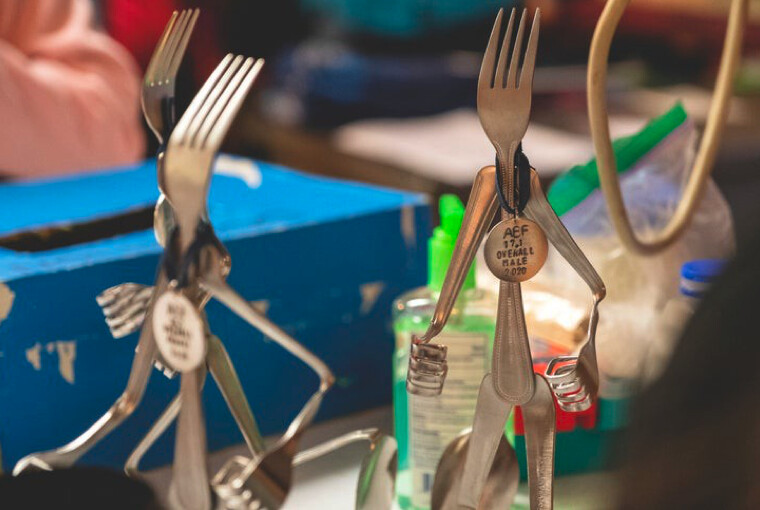
"I think that ABF has always been special because it is one of those events that feels like a big family reunion," says Stacey Shaver, who's been the race director for ABF for the past five years. "It's also just a cool corner of the state, where you can forget that modern (in)conveniences like smartphones and email exist for a few hours. We have runners come back year after year and from across several states. Even for runners new to our event, it feels like going to grandma's house. Grandma's house means fun, games, laughter, and leaving well fed. That is exactly what our runners get."
In addition to the homey feel of Grandma's house, the past few year's awards for first place finishers have included hand-harvested local honey, hand-soldered fork statuettes, and a charming cross-stitched winner's plaque.
Community Roots
As more races are becoming consolidated under increasingly large banners, company sponsors, and race series, many runners are looking to smaller, home-grown events with a family feel. Few things top the feeling of seeing friends and run family out along the course and feeling supported by your home community.
Runner Justin Grigg recommends Missoula, Montana's Double Dip race for just that reason.
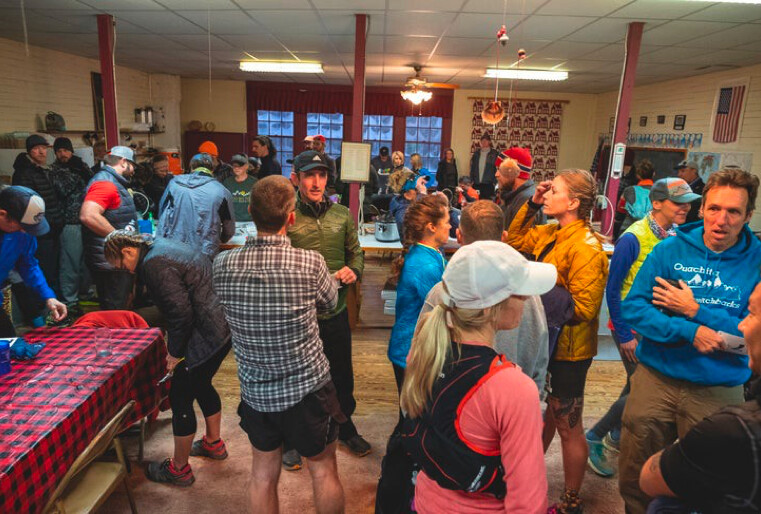
"You'll usually see friends racing, but also working aid stations, spectating along the course or gathered at the start/finish area. With the two out-and-back sections, you more than likely will see friends who are racing ahead of or behind you, and people who aren't racing will run up University and Sentinel to watch," says Grigg.
Many runners appreciate being able to share their race-day experience with the larger community and enjoy being cheered on while they're competing. Live music, food, and adult beverages don't hurt either when it comes to incentivizing community members to come and bask in the finish line stoke. Some events can almost feel at odds with the communities they happen in, and it's a breath of fresh air when everyone feels included in race day festivities.
Close to Home
The International Trail Running Association (ITRA) estimates there are around 3,600 trail races every year, and approximately 1,400 of those are in the U.S. While big events garner the most press and social media attention, there are hundreds, if not thousands of smaller, local races that are providing the bulk of opportunities for runners to lace up their shoes and hit the trails.
Aside from the accessibility, there are economic and environmental reasons that racing closer to home is more appealing.
Sam Robinson, from Oakland, California, loves the local Woodmonster Trail Race because it's practically in his backyard.
"I've run over every trail in the park numerous times. The main climb in the race is a spicy 0.9-mile ascent with a 14% grade-one of my favorite hills to run up in California. I know and love almost every inch of those trails and that makes the race joyous to me."
Traveling is a hassle. Trying to make sad hotel-room oatmeal in a tiny coffee maker from the 1990s at three a.m. before having a blow-out fight with my phone's GPS system to find the start line in the pitch dark of rural Nowhere is never fun. You know what's even better? Sleeping in your own bed, eating your own properly-cooked oatmeal, and navigating your own self to the start line.
Race locally. If not for the community or environmental plusses, then for the extra 20-90 minutes of sleep.
It's Not About Speed
"I love when a race director focuses more attention on the experience than the results of the race itself," says pro athlete Jeff Colt. "it makes the event fulfilling for the entire field instead of just some of the top runners. Jemez Mountain Trail Runs is another good example of this - instead of making grandiose prizes for the top three or some fancy sweatshirt included with registration. It makes the event fulfilling for the entire field instead of just some of the top runners." Colt's favorite small race is the Randolph Ramble, based in Randolph, New Hampshire.
Many RD's are subbing out swaggy grab bags filled with gear and gels no one wants with bespoke items and experiences instead. "The Jemez Mountain Runs offer breakfast before the race, amazing aid stations, a live band at the finish, and a full dinner after the race," says Colt.
Registration for the Ramble? Just $45. Many big ticket races cost hundreds of dollars to enter, before even forking over cash for housing and meals, making smaller, local races an affordable alternative. Washington State's Capitol Peak 50 only costs $50. At a dollar a mile, you'd be breaking even, even if you didn't have a lick of fun. Additionally, many smaller races like ABF invest in their home communities. Every cent raised at ABF goes directly to the Big Fork Community Center.
The community created by the races is important, too. While many larger races inspire buy-in from the community they happen in (I was recently blown away by the volunteers at the Western States Endurance Run, many of whom abandoned their weekend running plans to stand in a river or hand out flat coke), many volunteers at smaller races aren't trying to up their chances in a lottery or waitlist. They're simply there because they want to be. Whether it's operating a HAM radio or flipping pancakes at the finish, a race that's stacked with community-run aid stations feels extra special.
"I want to meet people at races and the ones that foster community are the ones that attract me the most. The Randolph Ramble welcomes runners in and makes them feel like a neighbor. I'd be surprised if you didn't end up with a new running buddy after running the Ramble," says Colt.
The worse the website the better the race.
The worse the website the better the race. For years, the race existed only as a Facebook page, with no website or online registration, a testament to the "if you build it they will come" spirit nascent in the true grassroots of trail running.
"At the Ramble, expect lumberjacks to be out there in their leather hiking boots, elite trail runners who prefer to stay out of the limelight, mountain wanderers who descend from above the clouds only to resupply for food and to run the Ramble, and other local north country neighbors who want a good morning workout," says Colt.
Race Director Doug Mayer (also a columnist for this magazine) says that the community feel is very much by design.
"We turn to our community for everything we need, from food courtesy of the local pub and cafe to handmade finisher awards. There's a strong sense of community and self-reliance in the White Mountains, so we're used to thinking this way. If you just stop and look for a moment, you'll discover all kinds of talents and services practically at your feet. And when the community is powering the event, almost by default it will have a great local vibe," says Mayer.
Are Small Races on the Rise?
"The big races grab the headlines, but under the surface, every day and all around the country, local trail runners are coming together to create authentic, unique, and wonderful events," says Mayer. "Most of us got our start that way. I'm deep in the world of marquee races now, but it's still true that nothing makes me happier than seeing 100 runners head up Mount Crescent at the start of every Ramble."
"Trail running as a whole is growing, and people who can't get into those events but still want the challenge of a mountain race will find that and much more at Athens Big Fork Trail Marathon but without the big race fees," says ABF RD, Stacey Shaver.
"We simply ask people to pay what they can. We don't want money to be the reason someone misses out on experiencing our races or feeling connected to the club and community. I also think it's really special to help people see the fantastic beauty that we have here in our backyard. I always feel such a sense of local pride when I see the beauty here, and I'm so grateful that we get to enjoy it in this special way."
Because local races are often directed by, well, locals, they can be more responsive and receptive to the community's needs, whether that's access or affordability. At ABF, it's not uncommon to see competitors hiking in full hunting get-ups. I've seen makeshift garbage bag ponchos, blue jeans, and an actual, hand-carved wooden hiking staff. And maximizing points of entry to the sport via affordable local events is a great way to grow the sport.
But what happens when races become victims of their own success? As a younger runner, sometimes it's hard not to feel nostalgic for a trail running world I never experienced but hear frequently about - one without waitlists or golden tickets, a utopic vision where you could register for marquee ultras day of, at the start line. The way these stories are passed down from my older trail buds, it seemed as though at every race you might see Scott Jurek flipping finish line pancakes, or that running Western States wasn't a matter of "if" but "when." It's hard not to pine for the trail running days of yore, even if they frequently involved non-technical fabrics and carrying your water in a Gatorade hockey bottle a la Matt Carpenter. It's not "Make Trail Running Great Again" nostalgia, but the ability to connect with the running community stripped of the pretenses of needing something flashier than the simple appeal to come and run.
Even so, I'm glad trail running is growing. And I'm glad it's getting more competitive. I'm especially glad that more folks every day might have the opportunity to race, wherever they are, and fall more in love with this wonderful, heart-breaking, silly sport.
Should I be more worried about people "discovering" my favorite local race? Will gushing about its unique charms be the very thing that causes it to become a big box event?
"I'm not worried about sharing how great this event is with a national publication, because the beauty of this event is that it can be recreated with little effort, and SHOULD BE recreated in your little pocket of the country," says Colt. "It's a local race, but it is a great example of what is needed to replicate this in your own backyard. You need an idea, a desire to gather some runners together, and maybe some local sponsors who dig what you're trying to doHave a fun, local event on the 10K of trails nearby your house and build that community where you are. We all have the tools to make something special."
There's nothing wrong with big races either. Getting to compete with the world's best athletes in amazing locations with well-trained aid station attendees is amazing - but it's no replacement for the local rotary club dishing out Fireball and pie on a 30-degree drizzly morning in the Ozarks.
Meanwhile, Back at Big Fork
I'll keep signing up for big races. I'll keep accepting swag bags full of expired lube samples and discount massage flyers. I'll keep setting alarms for the crack of dawn to register for races and I'll keep refreshing my browser to see if my name is moving up the waitlist.
But, I'll also still keep rolling up to the Big Fork Community Center on the second Saturday in January to subject my ligaments to the indifference of Ozark trails. I'll keep showing up to run a course that's only marked by comically sporadic blazes to get a result that will never show up on UltraSignup, or affect my ITRA score whatsoever.
I'll keep running ABF because I like that you can't upload the race to Strava for hours due to a lack of cell service. By the time you have enough bars to post a recap on Instagram, the urge to seek validation via screen has faded into a warm glow of post-run beer and real-life high fives.
I'll keep doing it because sometimes my legs and my heart need a reminder of why I trail run: not for accolades, recognition, or points, but for community and homemade chili. In lieu of a finishing chute, there's a chalk line etched onto the highway, a lone man clad in his warmest hunting wear with a clipboard marking down finishing times. Finish line IPAs and fresh biscuits are a bigger reward than any kudo, and time spent running in the woods with close friends will always be my favorite way to spend a Saturday.
here's no gun.
No timing mat. No official start line.
The Athens Big Fork Trail Marathon starts at the Big Fork Community Center, the barn-quilted hub of an unincorporated community in southern Arkansas boasting 179 residents, at last count. Nestled in the Polk County region of the Ouachita Mountains, the trail itself was constructed by the U. S. Postal Service 125 years ago along pre-established Choctaw and Caddo trade routes and game trails and was partially restored in 1986. Summits along the course, which boast (according to my GPS, though the thick foliage can fool even the highest of tech) almost 8,000 feet of climbing, are charmingly named Brushy, Big Tom, Brusheap, and Hurricane Knob. The average grade is 12%.
I was drawn to this race after reading about it in this very magazine, a story called The Toughest Trail Marathon You've Never Heard Of. After seeing how close this southern trail test-piece was to the Ozark hills, where I spent my childhood, I was drawn by the allure of something that felt comfortably familiar, and familiarly uncomfortable. There's a warning on the race's website meant to deter beginners. Below that, a secondary deterrent should the original warning have the opposite of its intended effect.
"Please do not be enticed into trying this run because of the difficulty warning-it is merely an honest attempt at preventing the run organizers from having to find and rescue someone ill-equipped for the event."
For the uninitiated, the trails of the southeast are punishingly steep and Dantean in nature - where the trail exists at all. For much of ABF (what locals lovingly call the marathon) the "trail" is in fact, a dried-out ol' crick. Mossy "baby-heads" (aptly named rolly-polly rocks approximately the size of a baby's head) and slick roots cackle at the futility of rubber outsoles and lugs. Forest Service literature euphemistically refers to it as "unsurfaced".
There's no entry fee. No timing chip. No YouTube stream.
(08/07/2022) ⚡AMPHow Your Mindset Can Play a Role in Injury Prevention
Sometimes, an obsession with running can raise your injury risk. Here’s how to recognize it.Research published by the Technische Universiteit Eindhoven in the Netherlands says your mindset could play a major role in reducing injury risk.
Researchers found a link between lower injury risk and the ability to detach from running, whereas an obsessively passionate mindset was linked to worse health outcomes.
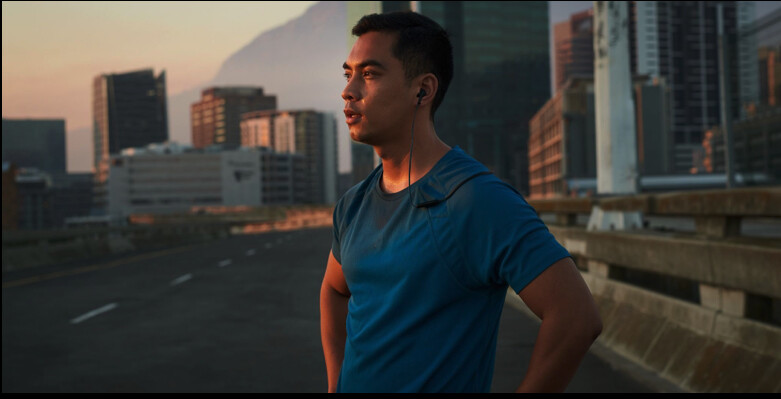
The study includes a list of statements to help you figure out your psychological view on running.
As a long-distance runner, you probably aim to do everything you can to prevent injury. You build your mileage gradually in your training, plan for rest days, strength train, and change your shoes once they’ve maxed out on mileage. But do you pay attention to your mindset when it comes to preventing injuries? According to research published by the Technische Universiteit Eindhoven in the Netherlands, that could play a major role in reducing injury risk.“How you view and manage your running from a psychological perspective appears to be important for which health outcomes you’ll experience from your sport,” Luuk van Iperen, Ph.D., researcher at the Human Performance Management group at the university tells Runner’s World. “There are good practices that can affect injury risk and fatigue associated with long-distance running.”
The Role Your Mindset Plays in Injury Risk and Prevention
Looking at more than 1,000 runners included in two studies, Iperen and his fellow researchers analyzed the effectiveness on injury prevention of functional self-regulatory mechanisms. He defines this self-regulation as a blend of physical, cognitive, and emotional components. In terms of psychology, these mechanisms include the ways runners cope with the demands of the sport.
They found a link between lower injury risk and certain mindsets, including the ability to “detach” from running. Being able to detach from running means you’re able to stop being cognitively and emotionally occupied with the sport when not training.
“Being obsessively passionate seems to link to both worse management of one’s running efforts, as well as worse health outcomes,” says Iperen. “Make sure you remain flexible in your efforts.”
This doesn’t mean trying to turn off your enthusiasm for the sport, he clarifies. In the research, Iperen and his team separated passion into two categories: obsessive and harmonious. The latter is characterized by flexibility and balance with other parts of your life—such as skipping a run on your training plan if your body needs rest, or making sure you don’t miss social gatherings or time with family due to running—while obsession involves more rigidity. How can you know the difference? Control, he says.
“If you feel like you’re lacking control over your efforts, that implies you’re out of balance with your passion, and that could increase injury risk,” he noted. For example, you may skip rest days, keep running even though you feel fatigued, and increase mileage too quickly if you have a more obsessive mindset toward running and less control over your commitment to hitting every workout.
How to Know if Your Mindset is Putting You at Risk of Injury
To help runners assess their own psychological perspective, the researchers developed a test with 12 statements—available in the appendix of the full study—that asks how often runners agree with sentiments like these:
If I could, I would only engage in running.
I can’t mentally distance myself from running.
After running, I don’t shake off the physical exertion from running.
I have trouble focusing my emotions on aspects other than running.
After running, I don’t tend to put all thoughts about running aside.
Strong or frequent agreement with these statements can imply a runner may be at higher risk for the “obsessive passion” that might lead to injury and fatigue.
That doesn’t mean you’ll automatically get injured if you’re deep into the running obsession—after all, the weeks leading up to a marathon or other race can get pretty intense and focused for many runners and tend to take over the psyche—but Iperen says that taking mental breaks can be helpful for reducing your risk level. That might include simple strategies like reading a book or magazine, meditating, spending time with friends, or even working.
The Role Your Mind Plays in Dealing with Current Injuries
Using psychological strategies to prevent injury may be helpful, but what about when you’re already injured? That can create a tricky balance. You might want to keep challenging yourself and push through the pain, but you need to recognize if doing that will worsen your injury, says Clint Soppe, M.D., orthopedic surgeon and sports medicine specialist at Cedars-Sinai Kerlan-Jobe Institute in Los Angeles, and orthopedic consultant for the LA Galaxy team.
Some ways to tell if you’re overdoing it, he suggests, include pain that’s sharp instead of a dull ache, and if pain persists for more than a few minutes once you stop running.
Your mindset and your larger running strategy should include knowing when to stop yourself from running, especially if you’re experiencing pain—which Soppe says is often a sign your body is sending as a way to get you to change what you’re doing.
This is usually the case with stress fractures, for example, a common running injury, Soppe tells Runner’s World. Because these fractures happen over time due to microtrauma to the bone, your mindset needs to include awareness about how your body is feeling on each run, not just in general, he says, so you can recognize the pain and take a few days off or seek help before it becomes something that really sidelines you.
“You can definitely get into a psychological frame of mind where you ignore signs of problems and brush them off as minor aches and pains, particularly if you’ve been running for a long time,” Soppe adds. “That’s true with stress fractures, but also for any type of potential issue. You really need to pay attention to mobility throughout the body and adjust as needed, because you can’t just think your way out of injury. Your mindset should be: What is happening with my body today, and how can I support that?”
(08/06/2022) ⚡AMPby Runner’s World
Kenya's Abraham Kibiwot digs deep to deliver Commonwealth steeplechase gold
Abraham Kibiwot was made to sweat before winning the 3,000m steeplechase gold at the ongoing Commonwealth Games at the Alexander Stadium on Saturday.
Kibiwott had to weather strong challenge from India's Avinash Mukund Sable to win in eight minutes and 11.15 seconds.
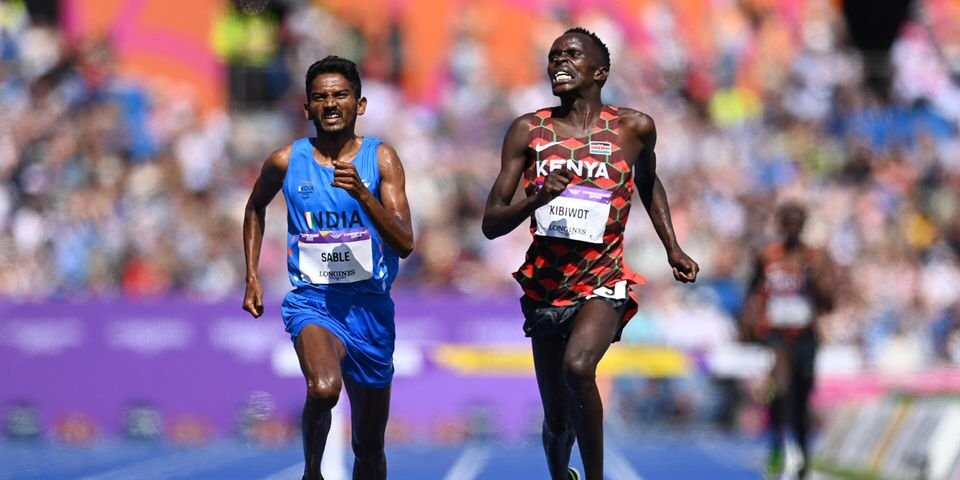
Mukund claimed silver in a Personal Best time of 8:11.20 as 2021 World Under-20 3,000m steeplechase Amos Serem grabbed bronze in 8:16.83.
Defending champion Conseslus Kipruto finished sixth in 8:34.98.
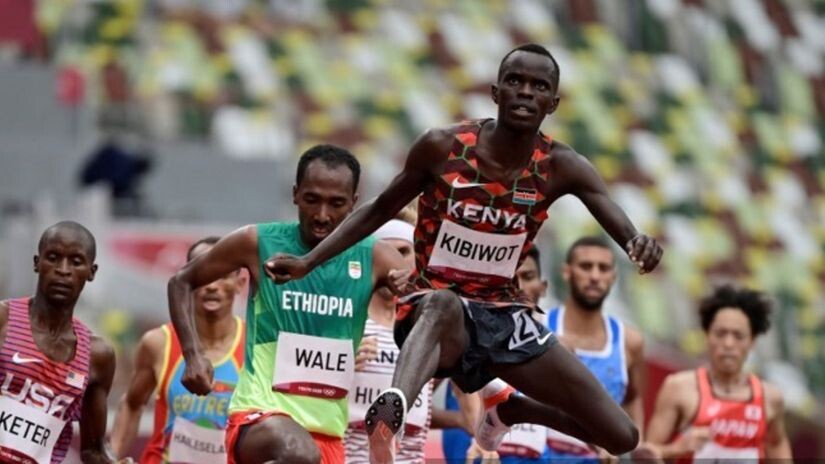
It was the third victory for Kenya at the Games with Ferdinand Omanyala (100m) and Jackline Chepkoech (3,000m steeplechase) having won gold in their respective events.
It brought to 12 the number of medals for Kenya; three gold, three silver and six bronze.
It was the first time Kenya failed to sweep all the podium places since 1998 Kuala Lumpur Games.
"I am happy to finally win after I got silver in 2018. It feels good," said Kibiwott adding that Kenya could have lost the title to the Indian if he had failed to inject in the pace.
"I know Mukund well from the World Athletics Championships in Oregon. He has beaten me once at some Diamond League race," said Kibiwott explaining that he is now at peace after the Tokyo Olympic Games and World Athletics Championships disappointment. "I won't rest until we have the Olympic and World titles back in Kenya," explained Kibiwott.
"I thank God for bronze. It was a fast race but I am happy Kibiwott's tactics worked otherwise it could have been bad. We thank God this far we have reached," said Serem.
"My lower back problem recurred midway through the race hence I couldn't push any further. I had to slow down," said Kipruto. "It's not a good performance but I am glad I finished the race. There's nothing much you can do with an injury."
(08/06/2022) ⚡AMPby Ayumba Ayodi
The Commonwealth Games
The Commonwealth Games are coming to Victoria - bringing an action packed sports program to our regional cities and delivering a long-term legacy for our future. From 17 to 29 March 2026, Geelong, Bendigo, Ballarat, Gippsland and Shepparton will be on the world stage, attracting millions of viewers and creating thousands of jobs. The multi-city model will...
more...Sleep better to run faster, getting enough sleep is the best hack out there for improving your performance
If you’re putting in training time, fuelling your body well, and still feel like you are not making improvements, you might just need more (and better) sleep. Neuroscientist and podcast host Dr. Andrew Huberman often emphasizes the importance of sleep and how it carries over to every aspect of life.
“Sleep is the foundation of our mental and physical health and performance in all endeavours,” Huberman explains.” If you’re not sleeping deeply and for long enough for most nights, you are not functioning at your full capacity.”
Here are five of Huberman’s top tips to incorporate more and better sleep into your life and take your running performance to the next level.
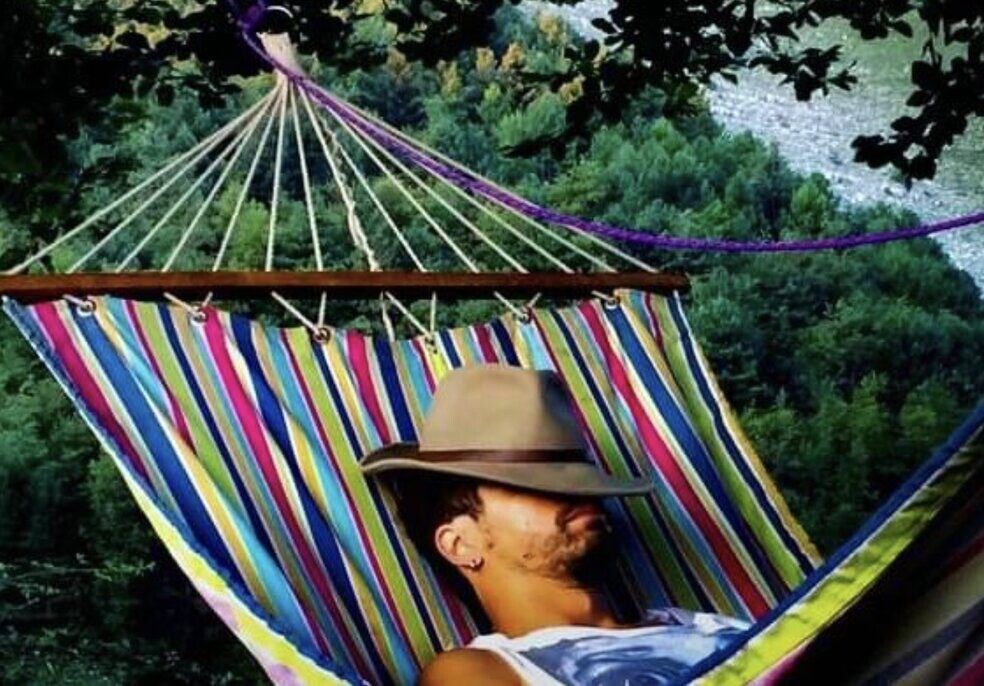
View sunlight by going outside within 30-60 minutes of waking
If you live in North America, you probably read that sentence and scoffed due to our lack of daylight hours during the winter. Huberman suggests that if you wake up when it is still dark out and you need to be awake, turn on artificial lights and then go outside once the sun rises.

Wake up at the same time each day and sleep when you start feeling sleepy.
Forcing yourself to stay up and going to sleep too late (for you) is one reason people wake in the early hours of the morning.
Avoid caffeine within eight to 10 hours of bedtime
We have all heard it before, and many tend to ignore it. I know that I feel like I can fall asleep just fine without keeping track of my caffeine intake, but I’m probably not getting quality rest.
Limit daytime naps to less than 90 min, or don’t nap at all.
Naps are great until they impact your overall sleep. Keep your naps short (90 minutes max is ideal) if you must have them.
Avoid alcohol, or at least know that it causes disruptions in your sleep.
For the best night’s sleep and an easier wake-up, you’ll want to limit your alcohol intake. If you are planning to have a few alcoholic beverages, try to alternate with water, and be aware that your sleep may not be the best.
No one manages sleep perfectly, and that’s OK. “The occasional night out or missing sunlight viewing here and there is not a big deal, so don’t obsess about that,” says Huberman. “However, if any of us drift from these and the other behaviours for too long, we start to suffer,” he adds. Being aware of how sleep impacts your running performance (and entire life) is the first step to optimizing your nightly routine.
(08/06/2022) ⚡AMPby Keeley Milne
How 30 Days of Running Changed These Bodybuilders’ Physiques
Running every single day for a month proved a physical and mental challenge for YouTube's Buff Dudes—but did it kill their gains?
A hugely popular trend among fitness influencers a little while ago would be to take on various military fitness tests without any prior training, as a way of showcasing their own strength and endurance. However, a common stumbling block in each of these challenges would be when swole bodybuilders, who had aced the bodyweight exercise rounds, simply didn't have the sufficient level of cardiovascular fitness to complete the running portion of the test.

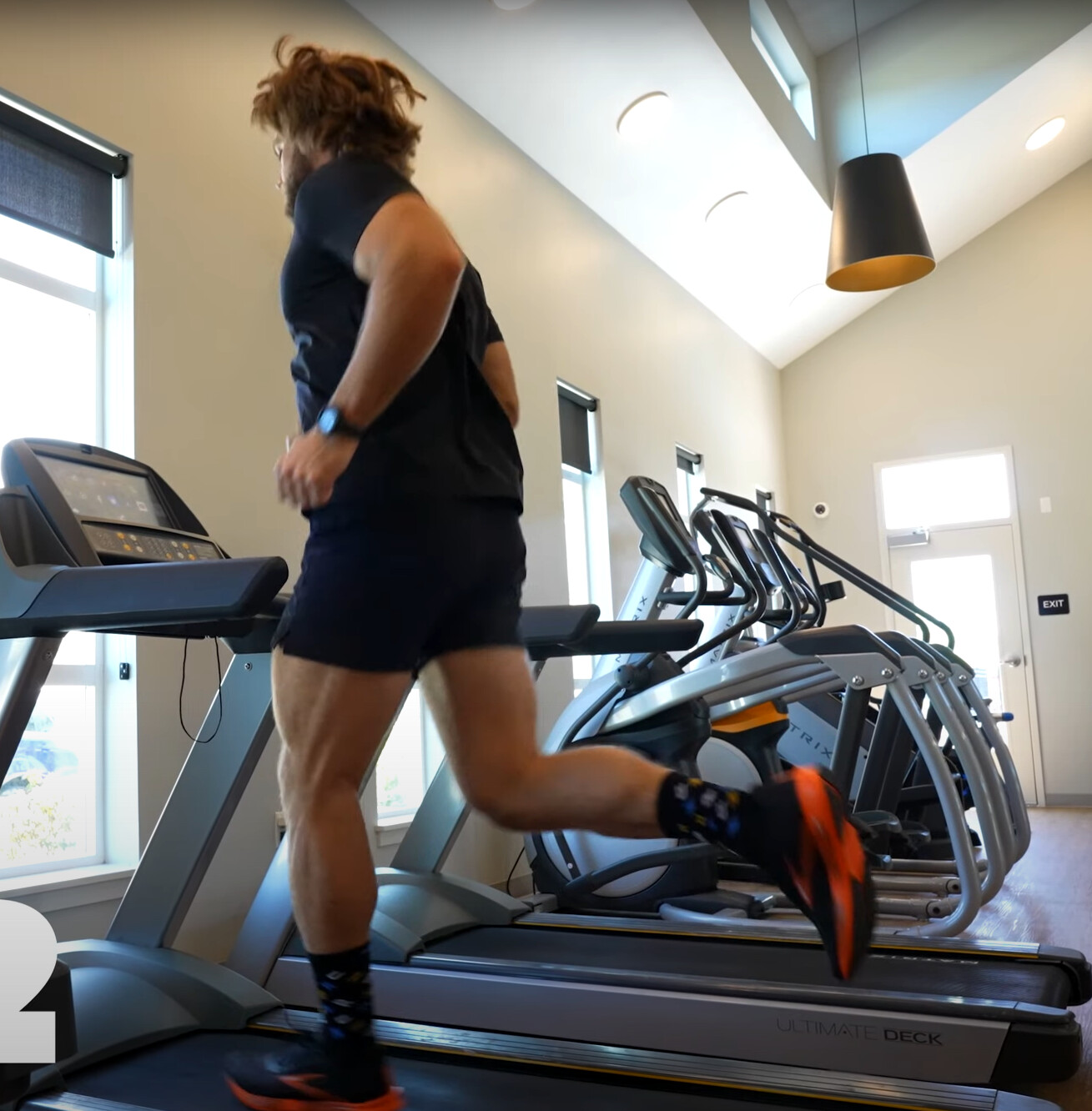
The Buff Dudes, aka bodybuilding brothers Brandon and Hudson White, fared better in those runs than some of their peers, but they were still curious as to what might happen if they increased the amount of running they were doing in their everyday lives—and how it might affect their gains. In a new video, the Dudes decide to run every single day for a month while preparing to take part in a 10K alongside a group of considerably more experienced runners.
"My legs are killing me on these runs," says Brandon after the first week, noting that he's essentially working his lower body twice as hard during this challenge as he is still doing his regular training in addition to all of the cardio. "The good thing is, my cardiovascular strength is there, I feel very strong there... But because I'm working out pretty regularly, and the workouts are strenuous, I'm definitely feeling the fatigue in my muscles."
In order to ensure his body is recovering as much as possible in between runs and workouts, Brandon incorporates stretching and mobility exercises into his routine, tracks his nutrition closely, and sets himself a sleep schedule of at least 8 hours per night.
For Hudson, the real challenge lies in running every single day without taking a break, as this is something he isn't used to. His aim is to run 6 miles each day, but he is "pretty beat" by the time he gets to the halfway mark. "I'm used to the gym, where you're doing 8 reps of deadlift, then you get a nice healthy break there before continuing on to the next set," he says. "But with this, there are no breaks, and it can be so psychological, because I want to quit by the end of that first half mile, and I still know I've got a long way to go."
One takeaway from the challenge is that they feel able to confidently bust the myth that cardio kills gains. Each of them loses around 1 pound, so if anything, the experience has helped them get a little bit leaner.
As the day of the 10K approaches, both brothers feel optimistic about the progress they are making on their speed and stamina... then on the day of the race itself, they place a tied dead last. "That was humbling," says Hudson. "Hell of a lot of fun, though... and it only makes you want to get better."
(08/06/2022) ⚡AMPby Runner’s World
Enhance your training with the Jevitty app for masters runners
A new health and fitness app has been created out of Vancouver to enhance the performance of the current and next generation of masters runners. Jevitty is an app that tracks your progress on essential health metrics like body fat percentage, distribution, lean mass and bone density with one tap of the finger, helping you get the most out of your training while you age
The app takes the user’s current lifestyle and body composition information and provides them with a health score rating out of 200. When the user moves into a healthier way of living, that health score is updated in real-time, giving them a chance to track their progress.
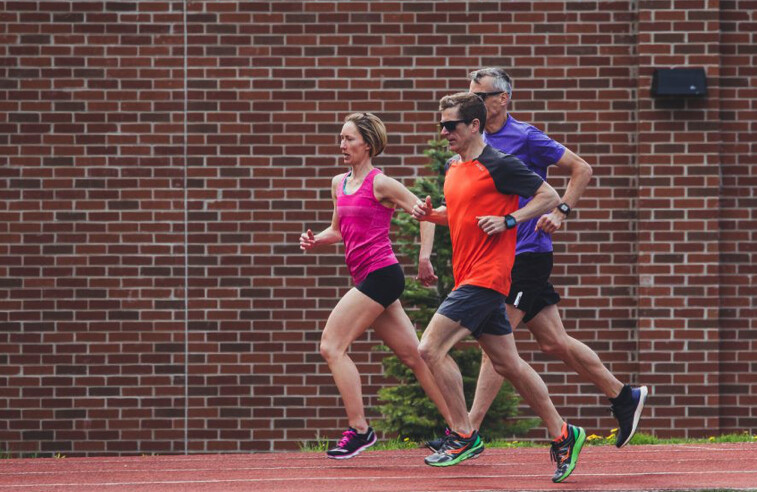
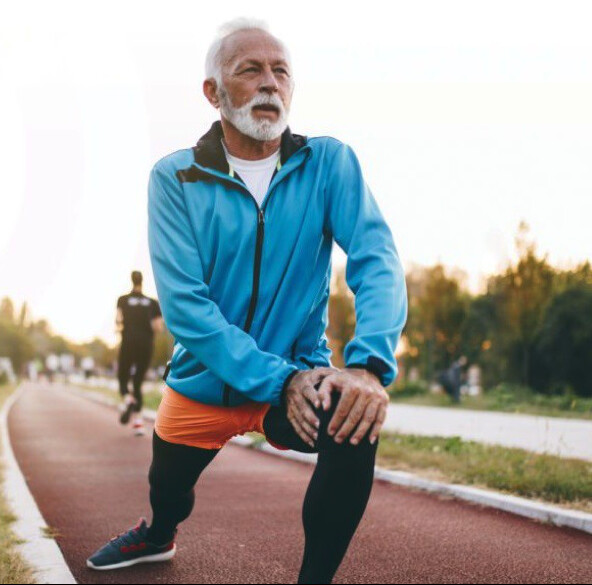
You can also sync the Jevitty app with your fitness tracker or GPS smartwatch and track other metrics like heart rate, sleep quality, activities and even how much oxygen your body uses while running (VO2 max).
The mind behind the app is Jerry Kroll, an experienced masters marathoner who found his inspiration while trying to break the three-hour barrier at the 2005 Toronto Waterfront Marathon at age 42. He was passed in the final few kilometres by the late Canadian running legend, Ed Whitlock, who ran 2:58:40 to become the world’s oldest man to run a sub-three-hour marathon.
“We want to change the way people think about life by giving them access to tools, professionals and services they need to turn the fear of getting older into a dream to be achieved,” says Kroll. “The app is a fun, engaging, research-informed way to create an optimal balance of body and mind and help redefine people’s true potential.”
At the 2022 Vancouver Half Marathon in June, Jevitty teamed up with Canada Running Series to offer a cash prize for the oldest sub-two-hour finisher. Janet Pritchard of Burnaby (W65-69) and Rick Horita of White Rock, B.C., (M70-74) won the inaugural Golden Shoe Award.
“We hope the award inspires younger athletes to live healthier when they are older and keep running,” says Kroll.
The company plans to reach out and partner up with more races around Canada to bring more awareness to Jevitty’s mission. “We want to ensure people are getting out to exercise regardless of age,” says Kroll.
The Jevitty app just launched for iOS users and will soon be available for Android.
(08/06/2022) ⚡AMPby Running Magazine
The Health Benefits of Sweet Potatoes and Why Runners Should Eat Them All Year
You don’t need to save this veggie for the fall.
You might relate sweet potatoes to the fall or holiday season. But there’s good reason to add them to your plate all year. In fact, considering the plethora of health benefits you get from sweet potatoes, they’re certainly worthy of adding to your list of foods to fuel your runs.

What are the nutrition facts for sweet potatoes?
Just like regular potatoes, sweet potatoes come in a variety of colors and tastes, from orange to purple to cream and ranging in level of sweetness. This means, also just like regular potatoes, the nutritional value of any given sweet potato will vary slightly depending on the type. But ultimately, no matter which kind you buy, sweet potatoes pack the nutrients runners need.
For example, a study published in the journal Food Measure in 2017 examined 14 varieties of Virginia-grown sweet potatoes. Researchers determined the sweet potatoes with lighter colored flesh had the highest starch content, while those with purple flesh had the highest amount of flavonoid and phenolic compounds, which are known for helping to reduce inflammation. Orange flesh sweet potatoes contain the most sugar, according to the research.
All these different types of sweet potatoes are similarly rich in vitamins and minerals such as vitamin A, vitamin B6, vitamin C, potassium, and also fiber, says Robin Foroutan, R.D.N., integrative and functional dietitian in private practice in Garden City, New York. “For example, orange sweet potatoes are richest in beta carotene. But the purple ones are the highest in an antioxidant called anthocyanins. The pigment is a reflection on the amount of the antioxidants. But they’re all healthy for us,” she explains.
Just how healthy? According to the USDA, a medium sweet potato contains:
115 calories
2 g protein
<1 g fat
27 g carbs
4 g fiber
9 g sugar
347 mg potassium
41 g sodium
41 g calcium
27 mg of magnesium
19 mg of vitamin C
That’s a whole lot of nutrition for one sweet potato.
What are the health benefits of sweet potatoes?
There are multiple ways you can benefit from adding sweet potatoes to your plate.
As we mentioned, sweet potatoes pack nearly 4 grams of fiber, which supports good gut health. You can encourage the formation of resistant starch (a gut-friendly fiber) in a sweet potato by cooking it and then letting it cool for an hour, says Foroutan. This starch is a very important prebiotic, which feed probiotics—both are super important for the gut, she explains.
Also, sweet potatoes contain a variety of antioxidants, which are known for helping the body fight free radicals and keep you healthy. For example, orange flesh sweet potatoes are rich in beta carotene, the antioxidant that causes its orange hue and helps runners fight inflammation, says Kelly Pritchett, Ph.D., R.D., C.S.S.D., professor of nutrition and exercise science at Central Washington University. This makes sweet potatoes a great recovery food because cooking them enhances the availability of beta carotene which can help runners combat the oxidative stress they build up on the run, Pritchett says.
A review published in the journal Nutrition Research supports the idea that beta carotene can reduce oxidative stress. Meanwhile, a review published in the Archives of Biochemistry and Biophysics in 2018 also highlighted beta carotene as an antioxidant that can help improve cognitive function, skin health, and immunity.
Sweet potatoes also contain 27 grams of carbohydrates, and those carbs are considered complex, says Pritchett, so they can provide runners with steady energy. This is because, Foroutan explains, complex carbs can be broken down in the body more slowly than refined carbs. Meaning complex carbs take longer time to digest and have slower impact on blood sugar.
However, the most powerful way to maintain steady blood sugar is to combine any carbohydrates with protein and fiber, so Foroutan suggests avoid eating this veggie alone unless you’re having it soon before a run and want those carbs more quickly available for fuel.
How can you incorporate more sweet potatoes into your diet?
The best way to eat a sweet potato, Foroutan says, is baked with either chicken, turkey, lean grass-fed beef, lentils, eggs, and/or other veggies. To mix things up and get creative, consider cubing up a few different colored sweet potatoes and roasting them together for a side dish, or making a sweet potato hash and adding them to your breakfast plate with eggs and spinach, she says.
The combo of carbs and potassium make sweet potatoes a great prerun snack. To have one before you hit the road, bake them, then sprinkle with a bit of salt. Just be mindful of their fiber content. “Runners will want to experiment in training to see how their gut responds to eating them prerun,” says Pritchett.
If you’d rather save sweet potatoes for after your workout, Pritchett suggests mixing them into a recovery smoothie, or topping them with beans, cheese, and salsa for dinner.
One thing to avoid: frying sweet potatoes, as the mixture of high temperatures, oils, and starch creates the formation of a compound called acrylamide, which is known to be a potential carcinogen, Foroutan says. Also avoid adding too much marshmallow topping, which is the fastest way to turn this sweet veggie into a sugar bomb, she says.
(08/06/2022) ⚡AMPby Runner’s World
Chebet, Jebitok sail through to Commonwealth Games 1500m final
The 2018 Continental Cup 1,500 meters champion Winny Chebet and Edinah Jebitok are through to women's 1,500m final in athletics at the ongoing Commonwealth Games at the Alexander Stadium.
Both athletes finished third in their respective heats to ease through to the final due for Sunday.
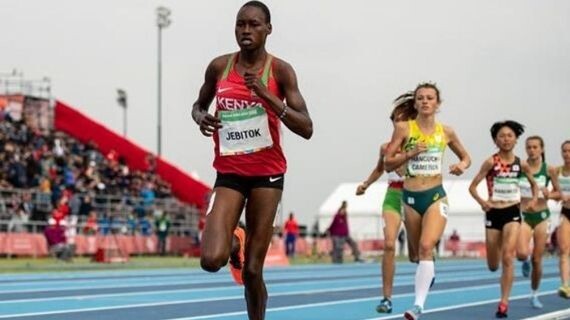
Jebitok clocked four minutes and 13.84 seconds as Ciara Mageean won the heat one in 4:13.52.
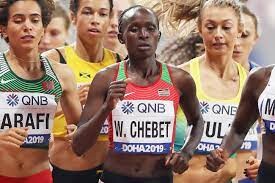
Australia Abbey Caldwell came third in 4:13.59 to also qualify.
Chebet timed 4:16.11 to finish third behind Winnie Nanyondo from Uganda and Briton Katie Snowden in 4:16.04 and 4:16.09 respectively.
(08/05/2022) ⚡AMPby Ayumba Ayodi
The Commonwealth Games
The Commonwealth Games are coming to Victoria - bringing an action packed sports program to our regional cities and delivering a long-term legacy for our future. From 17 to 29 March 2026, Geelong, Bendigo, Ballarat, Gippsland and Shepparton will be on the world stage, attracting millions of viewers and creating thousands of jobs. The multi-city model will...
more...How much rest should you take between intervals?, The time of your rest between reps is just as important as the interval itself
Runners rely on interval training as one of the most effective ways to build speed and endurance. The thing about high-intensity interval training is that you can only do it for so long before you hit a wall or have to stop due to the build-up of lactic acid or fatigue in your muscles. When working out at high intensity, the active interval has to go hand and hand with the rest interval to help you get the most out of your performance.
How long should your rest be between intervals?
There are a few ways you can structure your interval workouts: You can keep the interval short with very high intensity and the rest periods long or keep the rest and interval phases roughly equal or do longer intervals with shorter rest to improve your aerobic capacity. What is the best way to structure your training? Or does it not matter?
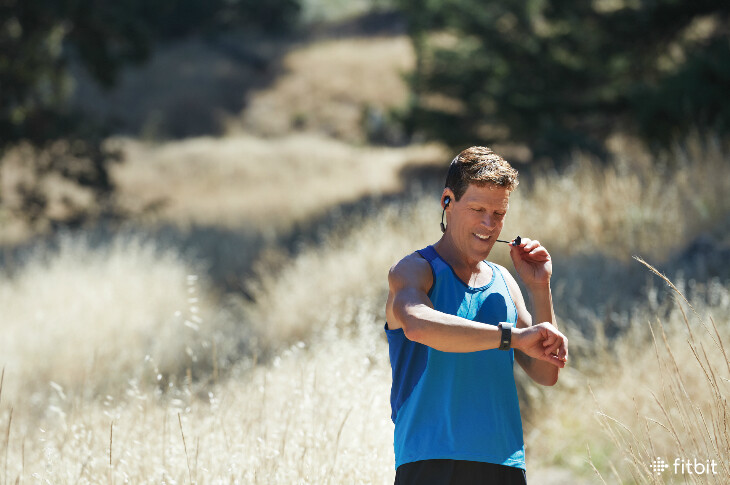
A study published in the Journal of Strength and Conditioning looked at this issue. The researchers asked six people to run on a treadmill as fast as they could for four minutes with various rest periods between. The study found that the rest depends on your training goals and what you’re looking to improve.
Reducing the rest interval from two minutes to one minute made it difficult for the six runners to maintain the same intensity during the high-intensity intervals. Another interesting observation was that the rest interval of four minutes did not improve performance any more than the previous two-minute recovery period.
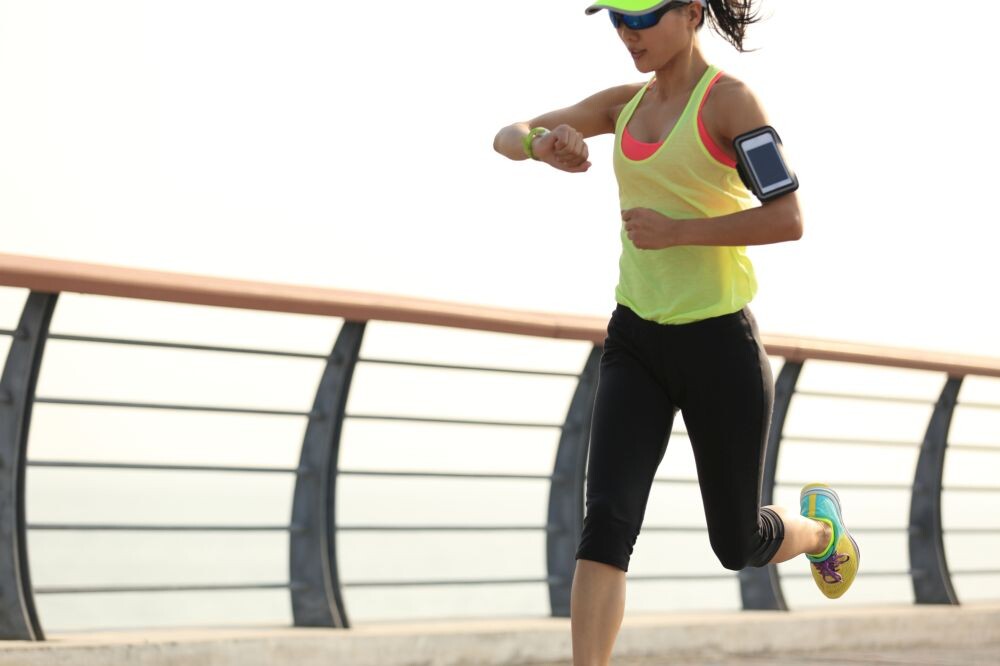
Regardless of this study, there is no single right or wrong way to structure interval training, but it does depend on what you are trying to achieve. If your goal is to improve your aerobic capacity, longer active intervals of two to five minutes and roughly equal recovery periods seem to work best.
But if you want to improve your top-end speed or anaerobic levels – 30 seconds to two minutes of rest is prescribed for those who want to run at a higher intensity for longer or faster.
(08/05/2022) ⚡AMPby Marley Dickinson
Boniface Mweresa anchors Kenya to 4x400m Commonwealth Games final
The 2015 African Games 400m silver medalist Boniface Mweresa anchored Kenya’s 4x400m to victory in their heat to storm the final in athletics at the ongoing Commonwealth Games at the Alexander Stadium.
Team Kenya head coach Julius Kirwa was forced to make changes at the last minute when Olympic and world 800m champion Emmanuel Korir, who was to compete, went missing.
Mweresa rallied from three places behind, taking down India Trinidad and Tobago to win heat two in season’s best three minutes and 06.76 seconds.
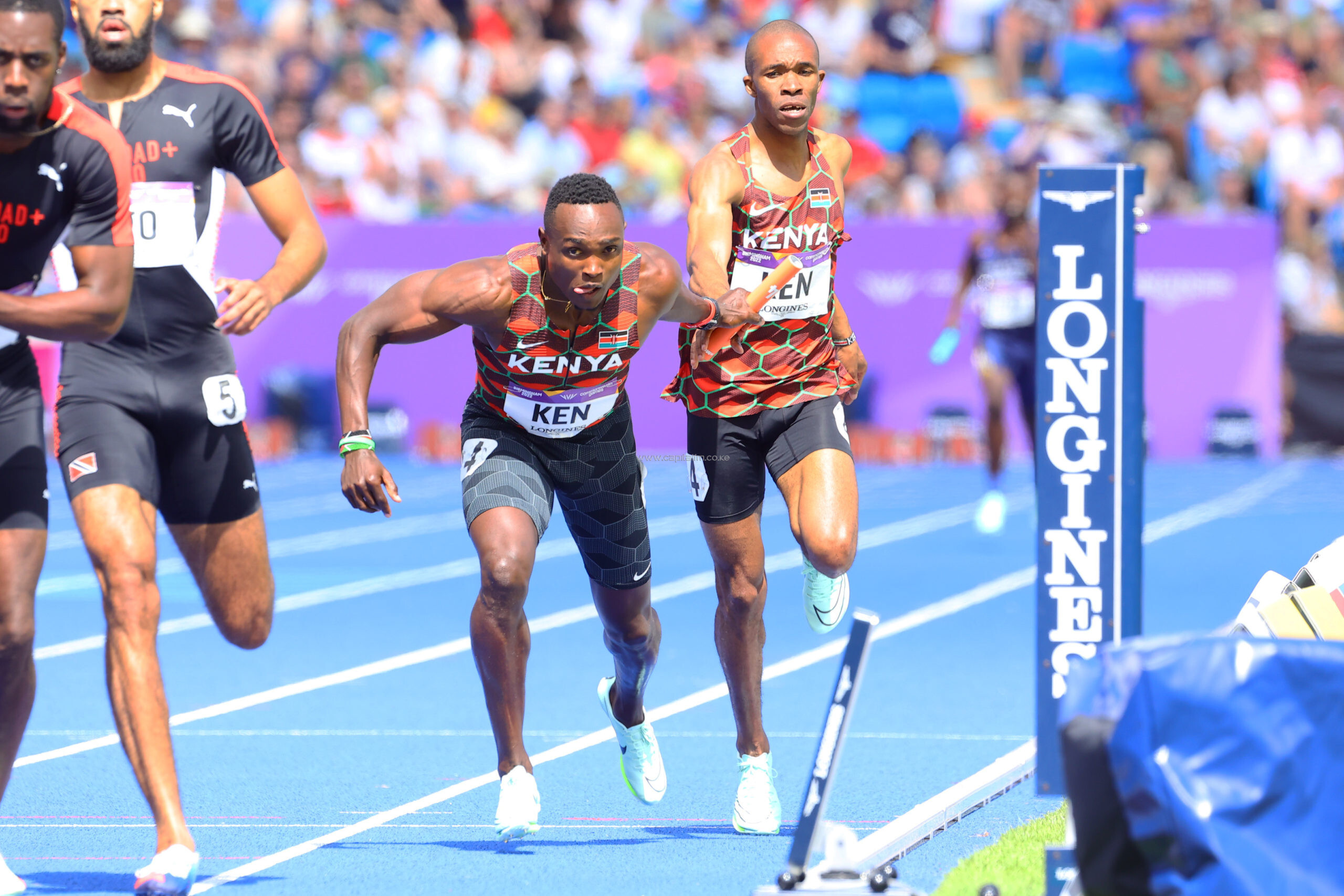
India settled second in 3:06.97 as Trinidad and Tobago came third in 3:07.22.
Defending champions Botswana won heat one in 3:05.11, beating Jamaica and Zambia to second and third places in 3:05.20 and 3:06.02 respectively.

It’s Wiseman Were who was the first man on the blocks to hand over the baton to William Rayan in third place before he stepped up, handing over the baton to William Mbevi in second place.
Mbevi fell back one place in the last changeover to Mweresa, who injected in some pace to swing to the lead at the last bend before winning.
The quartet of David Kitur, Samson Kitur, Simeon Kipkemboi and Stephen Mwanzia is the last to win the 4x400m title for Kenya during the 1990 Auckland Games in New Zealand.
Kenya had won three 4x400m titles back-to-back starting with the inaugural Edinburgh Games in Scotland before the 1974 Christchurch, New Zealand and 1978 Edmonton, Canada Games.
After the 1990 exploits, Kenya has only claimed one medal from the Games since then, the silver medal from the 2010 Delhi Games, India.
“We took it easy just to put our foot in the final before planning how we shall pitch for a medal. We hope that medal will be gold,” said Rayan. “We are really prepared and ready for the final.”
Rayan said staying focused and having a settled mind will deliver victory for Kenya.
Mbevi, who fell at the exchange was wheeled out of the arena for medical attention.
"I am not in a position to tell you where Korir went. We have been looking for him but couldn't locate him," said Kirwa.
However, Korir, who won his 400m heat but got disqualified for lane infringement, is drawn in the men's 800m final at the Silesia leg of the Diamond League on Saturday in Poland.
(08/05/2022) ⚡AMPThe Commonwealth Games
The Commonwealth Games are coming to Victoria - bringing an action packed sports program to our regional cities and delivering a long-term legacy for our future. From 17 to 29 March 2026, Geelong, Bendigo, Ballarat, Gippsland and Shepparton will be on the world stage, attracting millions of viewers and creating thousands of jobs. The multi-city model will...
more...How do you train for a marathon to ensure you make it to the finish line?
Around 17% of runners who sign up for a marathon do not finish – whether it’s because they don’t show up or don’t make it to the finish line. Falling short can devastate your pride when you set a goal as big as a marathon.
So, how do you train for a marathon to ensure you make it to the finish line?
First, you must prepare and ensure you’re in an excellent position to run a marathon. Keep reading to learn about the top considerations for marathon runners before planning their training regimen.
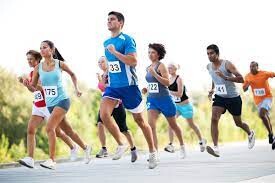
Evaluating Your Schedule
A marathon is a serious undertaking; it takes a lot of time and effort to get your body into shape and ready for the big day. Before you commit to running a marathon, you must take a realistic look at your schedule. Do you have time to train for the marathon?
If you have existing hobbies and interests that usually fill up your free time, you can consider placing them on pause to allocate time for your training schedule. Or, you can split your time between your training regimen and your current hobbies. Either way, it’s essential to create time for training – you won’t reach the finish line if you haven’t trained rigorously for the event.
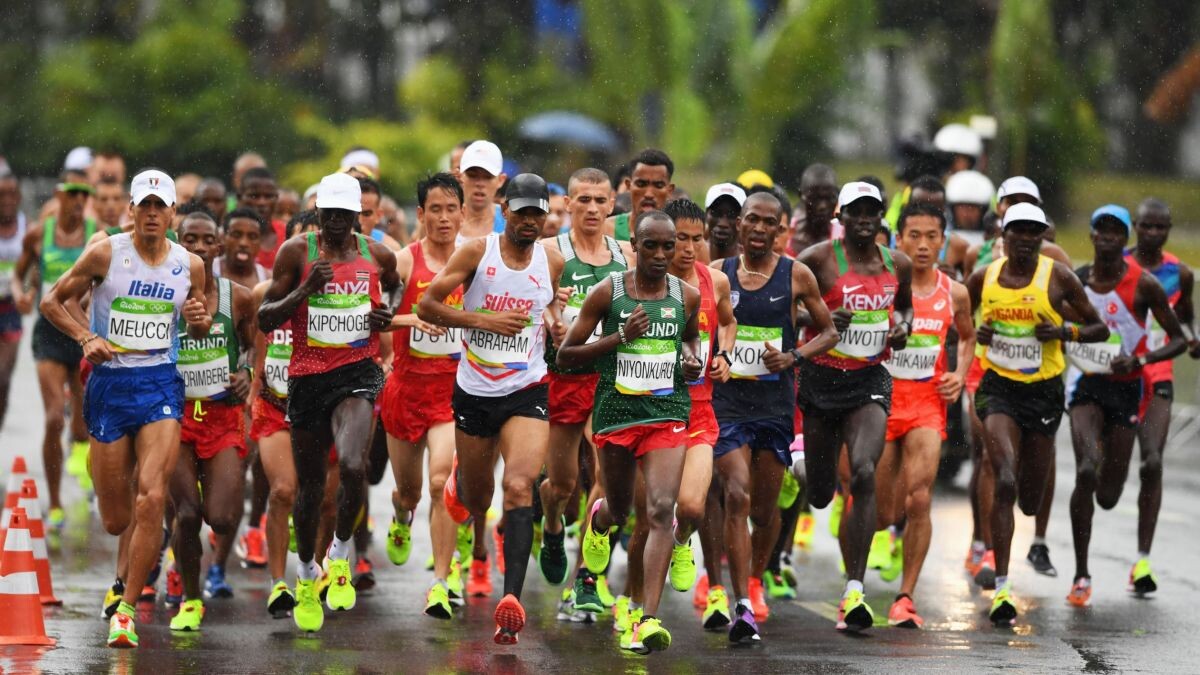
Getting Familiar With Your Body And Health
A marathon requires discipline, but you must ensure your body is healthy enough to participate. Before signing up for the marathon, you must understand your body’s limitations. If you do not exercise regularly and have a poor diet, reaching the fitness level required to run a marathon in the set time frame could be difficult. Take a realistic look at your fitness level and whether you’re in an excellent position to train for a marathon.
Certain health conditions, such as a heart condition, could be contraindications that make you unfit to run a marathon. You should consult your doctor before signing up for a marathon and have a physical exam performed to determine whether you have any underlying conditions that could affect your ability to run a marathon. You should also ask your doctor about the best diet regimen to help you get leaner muscle, which is ideal for running.
Avoiding Large Gatherings
As your marathon race approaches, you must ensure you don’t get set back by any illness or injury. In light of the recent pandemic, it’s best to avoid large gatherings, which could be a hub for the spread of coronavirus.
If you contract coronavirus, you could be sick for up to a week, which will seriously affect your ability to train and would be detrimental to your performance on the big day. Not to mention, if you test positive for coronavirus around the marathon date, you may not even be able to participate – which would mean all your training has been for nothing.
Selecting A Gym That Suits Your Needs
Let’s get down to training. You should run outdoors to gather endurance and practice pacing. Cold weather and pavement can damage your joints. So, it’s best to train for your marathon indoors during the colder months, and you should select a gym to perform your training.
Plus, at a gym, you gain access to rollers for stretching, and you can measure your progress more accurately using the built-in features on the machines. Below are some of the best features to look for in a gym for your marathon training.
24/7 Access
You need a gym that fits your schedule. If you work late shifts, you may wish to train in the late evening after you finish work. If your gym is only open from 9-9, that may not be possible. Selecting a gym with 24/7 access will give you more opportunities to train frequently.
Gyms that provide 24/7 access can do so using hygiene-based technology. If you need to enter a code to get inside, you will be touching buttons and keys that are hubs for germs – and, as we mentioned earlier, you can’t afford to get sick and skip your training.
So, look for a gym with hygienic contactless access control that allows you to enter touchless. With a keyless building entry system, you can simply wave your hand over the reader, which will trigger communication with your mobile device to confirm your mobile credentials and gain entry. You don’t need to remember a fob or keycard – you can simply download access credentials to your mobile phone.
Amenities
You’ll need a few amenities in your gym to get your performance up to scratch. A sauna can increase your exhaustion rate by 30% and improve your run performance. Of course, you’ll also need a gym with plenty of treadmills to ensure you always have access to running equipment.
You need to run around 50 miles weekly to ensure your fitness level is up to scratch, and you must leave yourself at least 12 weeks to train. Though training is essential for a marathon, you must also ensure you’re resting and rehabilitating your body with stretching. Look for a gym with plenty of stretching equipment. You may also consider looking for a gym with yoga classes and spa facilities. You can improve your balance, flexibility, and core strength on rest days and soak your muscles in a jacuzzi to stimulate recovery.
Summary
Suppose you’re thinking of participating in a marathon – good for you! It’s a great way to reach peak fitness levels and keep your body young. However, you’ll need to take your training seriously to ensure you perform well on the big day. So, sign up for a gym, consult your doctor, make room in your schedule, and get training!
(08/05/2022) ⚡AMPby Colorado Runner
Thompson-Herah and Omanyala take 100 meter golds
Elaine Thompson-Herah, the only one of Jamaica's "Big Three" women to show up at the Commonwealth Games, was rewarded with the 100 meters gold medal on Wednesday, while Kenya's Ferdinand Omanyala powered to the men's title.
Thompson-Herah, twice the 100/200m sprint champion at the Olympics, finished third in last month's World Championship 100 final behind Shericka Jackson and Shelly-Ann Fraser-Pryce. She was originally only a reserve for the Commonwealths but when Fraser-Pryce opted out, she stepped in.
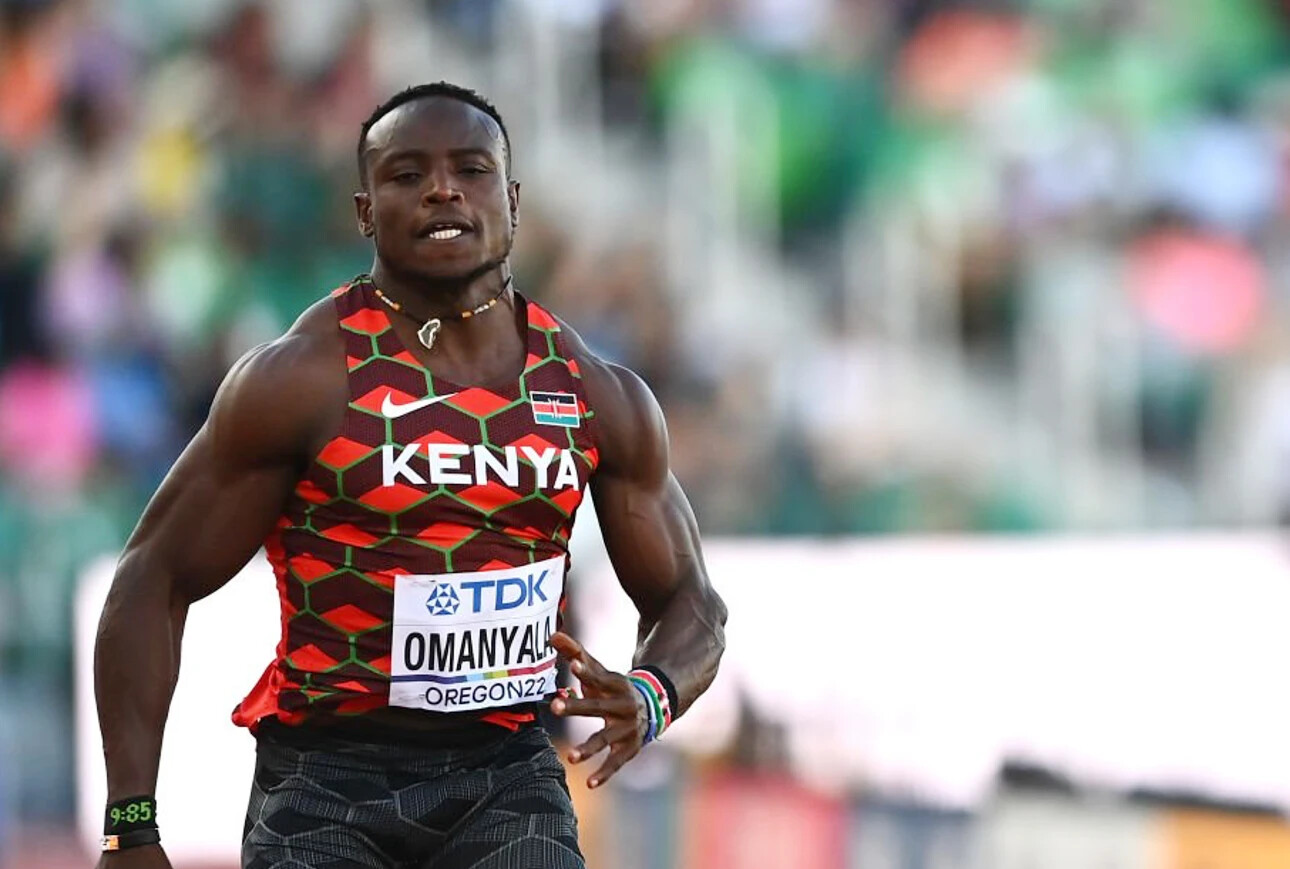
With Dina-Asher Smith, fourth in Eugene, also absent through injury, Thompson-Herah was the clear favorite for her first individual Commonwealth title.
She had looked a little tired in her semi-final but grabbed the early lead in the final and ran her usual smooth race to finish a comfortable winner in 10.95 seconds.
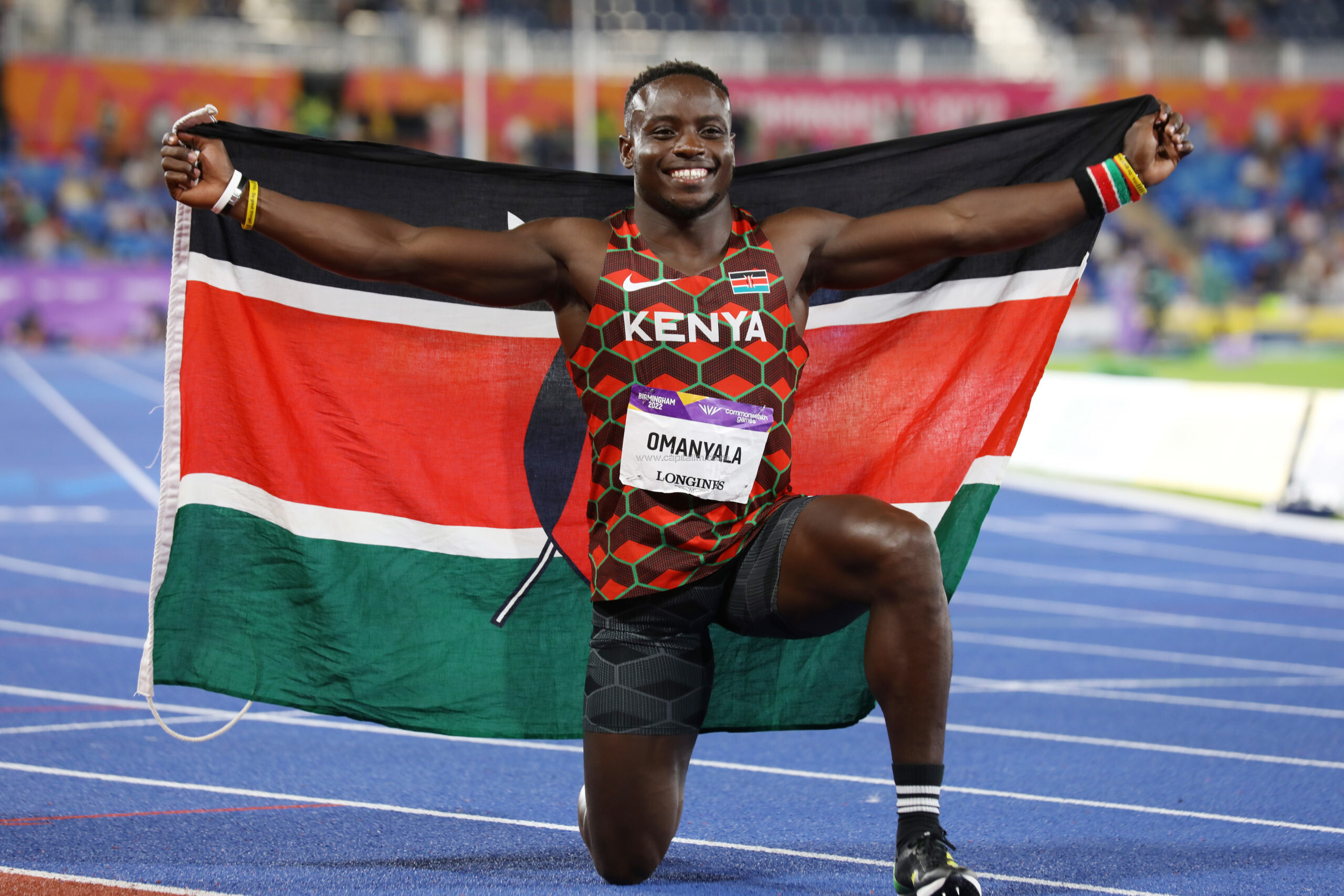
"Feeling good, I didn't have the best execution but nevertheless I had to dig for that one but I am still grateful to win my first Commonwealth Games," she said.
"I started in 2014 in the 4x100m. Then in 2018 in the 200m I came fourth and now I upgraded to a gold."
Saint Lucia’s Julien Alfred was on her shoulder throughout for silver in 11.01 while England’s Daryll Neita recovered well from a terrible start to grab bronze in 11.07.
Omanyala, who set an African record of 9.77 seconds last year, served a 14 month doping ban four years ago. He failed to make the final at last month's World Championships after arriving in the United States hours before the heats due to visa problems.
Impressive in the semi-final he looked the favourite on Wednesday and duly controlled the final from gun to tape, flying out of the blocks and surging clear and looking more like a barrelling rugby prop than a sprinter to win in 10.02 seconds.
He is the second Kenyan to take the title after Seraphino Antao in 1962, when the event was still run over 100 yards.
South Africa's defending champion Akani Simbine took silver in 10.13 with Yupun Abeykoon from Sri Lanka getting the bronze in 10.14.
(08/04/2022) ⚡AMPThe Commonwealth Games
The Commonwealth Games are coming to Victoria - bringing an action packed sports program to our regional cities and delivering a long-term legacy for our future. From 17 to 29 March 2026, Geelong, Bendigo, Ballarat, Gippsland and Shepparton will be on the world stage, attracting millions of viewers and creating thousands of jobs. The multi-city model will...
more...Eilish McColgan wins Commonwealth gold in a dazzling record performance
Scotland’s Eilish McColgan ran the race of her lifetime to win Commonwealth Games gold in the women’s 10,000m with her coach and mom Liz McColgan watching on (second photo). She ran a Commonwealth Games record of 30:48.60 to follow in the footsteps of her mother 32 years ago.
McColgan took the lead early on and began to inject some speed into the race after 6,000m. Irine Cheptai of Kenya followed suit, with the two athletes battling over the final 2,000m, surging back and forth. Cheptai put on a surge with two laps to go and McColgan held on. With 200 meters to go, the two were stride for stride, then McColgan pulled ahead, achieving glory in front of a (near) home crowd.
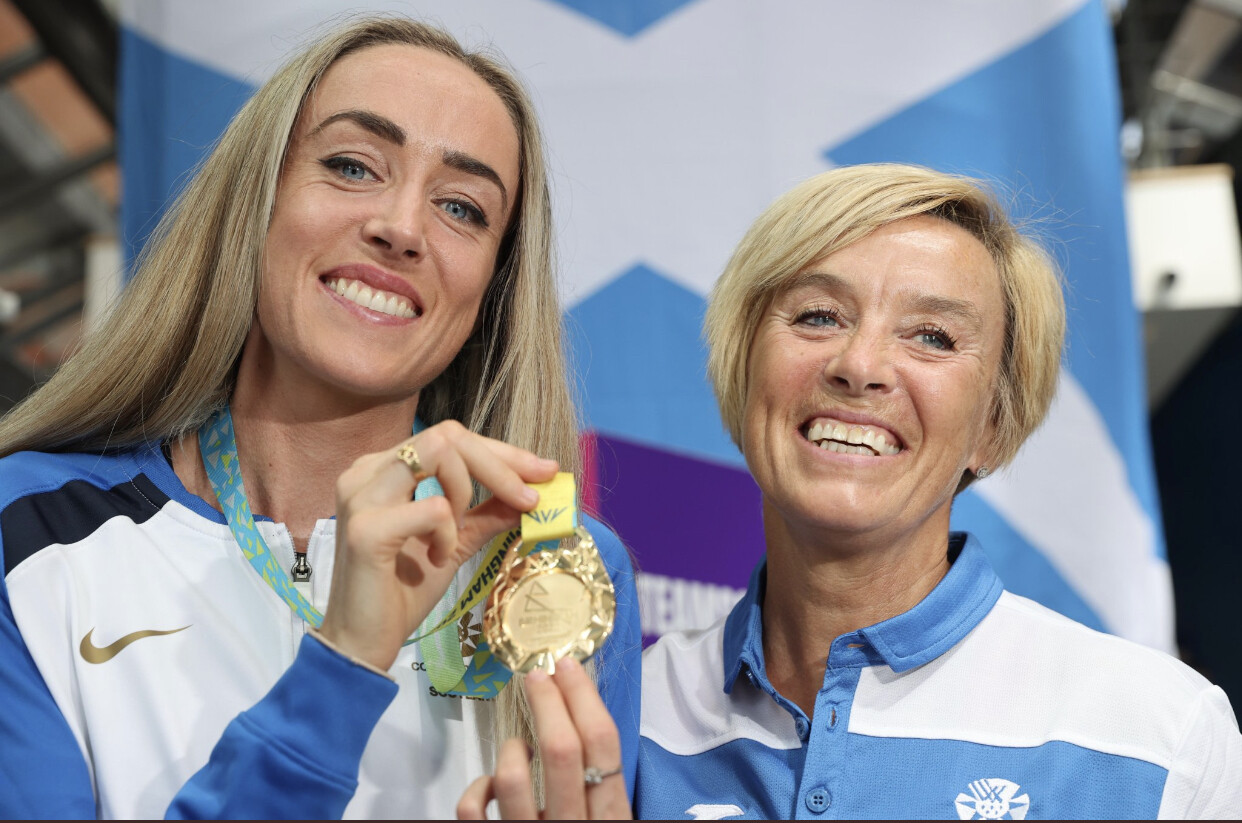
The sold-out crowd of 32,000 at Birmingham’s Alexander Stadium roared as McColgan sprinted to her first gold medal at an international competition. She ran straight to her the arms of her mother, Liz, where the two shed tears of joy and triumph, while wrapped in the Scottish flag.
Cheptai, the 2017 world cross country champion, won the silver in 30:49.52 and her compatriot Sheila Kiprotich won bronze in 31:09.46.
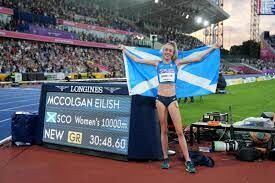
This gold medal is a story of redemption for McColgan, who caught COVID-19 only weeks before her race at the 2022 World Championships last month.
The 31-year-old from Dundee, Scotland has previously won silver and bronze at the European Championships over 3,000 and 5,000m. She currently holds the British record over 5,000m, 5K, 10K and the half marathon.
McColgan will now shift her focus to training for London Marathon this October, where she hopes to become the first woman from Scotland to win the race since her mother did it 26 years ago.
(08/04/2022) ⚡AMPby Marley Dickinson
The Commonwealth Games
The Commonwealth Games are coming to Victoria - bringing an action packed sports program to our regional cities and delivering a long-term legacy for our future. From 17 to 29 March 2026, Geelong, Bendigo, Ballarat, Gippsland and Shepparton will be on the world stage, attracting millions of viewers and creating thousands of jobs. The multi-city model will...
more...Chase your personal best with this broken interval 5K workout
Sick and tired of doing one-kilometer reps? Try this broken interval workout to improve your lactate threshold
Although one-kilometer repeats can be the best judgment of where you are in your 5K training, running them over and over again can get boring. There are several ways you can add a little zing to your repeats by breaking up the interval or changing the speed.
The broken kilometer workout is designed to get you more comfortable and confident with your goal 5K pace and improve your lactate threshold.
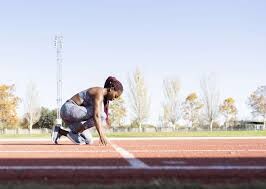
When running at a fast pace, your muscles use lactate as a source of energy. The longer and faster you run, the more lactate your muscles produce and use. The goal of interval training is to build up your lactate threshold, so it can be cleared as quickly as it is produced. Having a higher lactate threshold can help your muscles work efficiently at a faster pace.
The broken kilometer workout alternates between 600 and 400 meters at 5K race pace, separated by a short rest between intervals and a slightly longer rest between sets.
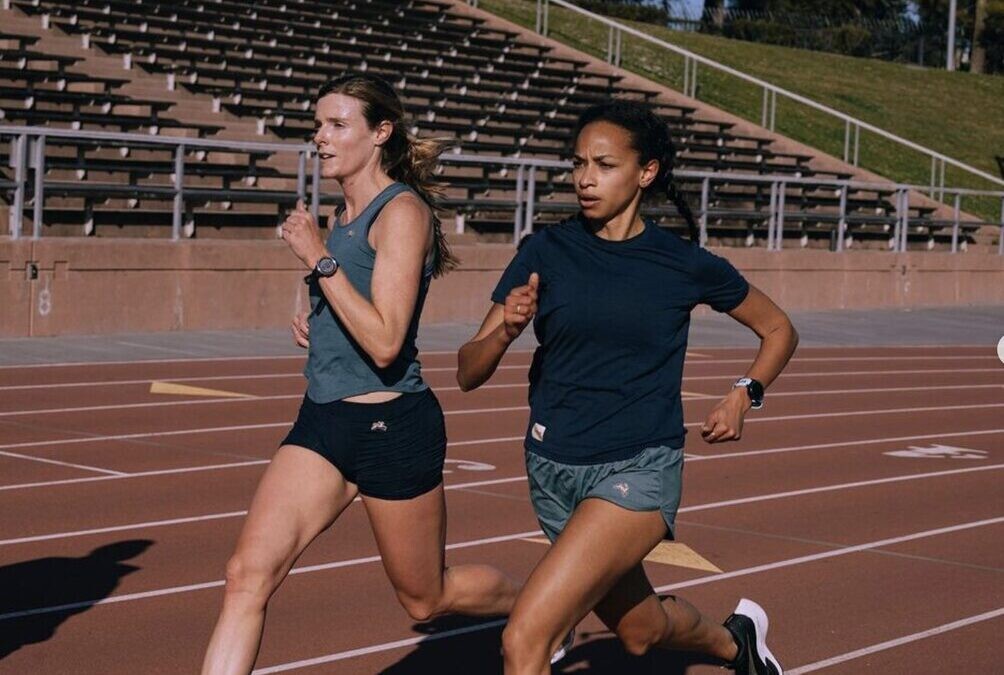
The workout:
Six sets of 600m/400m with 200m jog rest between reps and two minutes slow jog rest between sets.
There are two or three ways to do this workout. Firstly, it can be done on an athletics track to precisely measure the distance and your rest. Another way of doing this workout is by finding a 1,200m loop and setting markers along the way.
If you do not have access to a track or a 1,200m loop, make modifications and do six reps of three minutes/90 seconds with one-minute jog rest between reps and two minutes jog rest between sets.
The pace of each rep should be done at your goal 5K pace or slightly faster. If your goal is to break 20:00 minutes, do the reps at 3:55 to 3:58/km. The short active rest between reps will develop your lactate threshold, preparing your muscles for race day.
(08/04/2022) ⚡AMPby Running Magazine
Botswana sprinter Letsile Tebogo could be the next Usain Bolt
On Tuesday evening, Botswana’s rising sprint star Letsile Tebogo smashed his U20 world record, clocking 9.91 seconds in the 100m final at the U20 World Athletics Championships in Cali, Colombia. The 19-year-old could have gone faster but celebrated over the final 30 metres on his way to his second straight U20 gold.
This is the third time Tebogo has broken the world U20 100m record this season. Tebogo ran a personal best time of 9.94 seconds in the 100m heats at the 2022 World Athletics Championships in Eugene to set a Botswanan national record and U20 record. He made it to the semi-finals at his first senior championship but did not qualify for the final in Oregon.
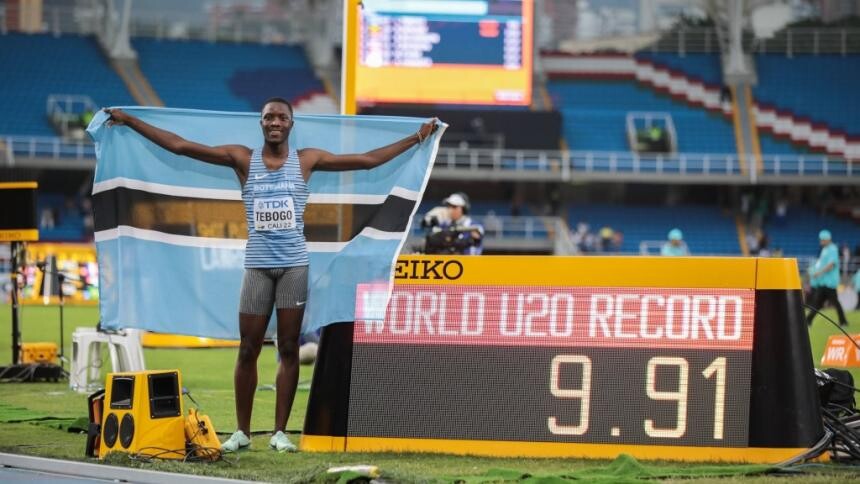
Many have compared Tebogo to the Jamaican track legend Usain Bolt, who celebrated early when he won the first of eight Olympic gold medals at the 2008 Beijing Olympics, where he ran a world record time of 9.69 seconds before breaking it the following year in Berlin in 9.58 seconds.
After Tebogo won gold, he addressed his early celebration in the mixed media zone. “The goal was to come out and enjoy the race,” said Tebogo. “If somebody took offence or as disrespect, I’m sorry.”
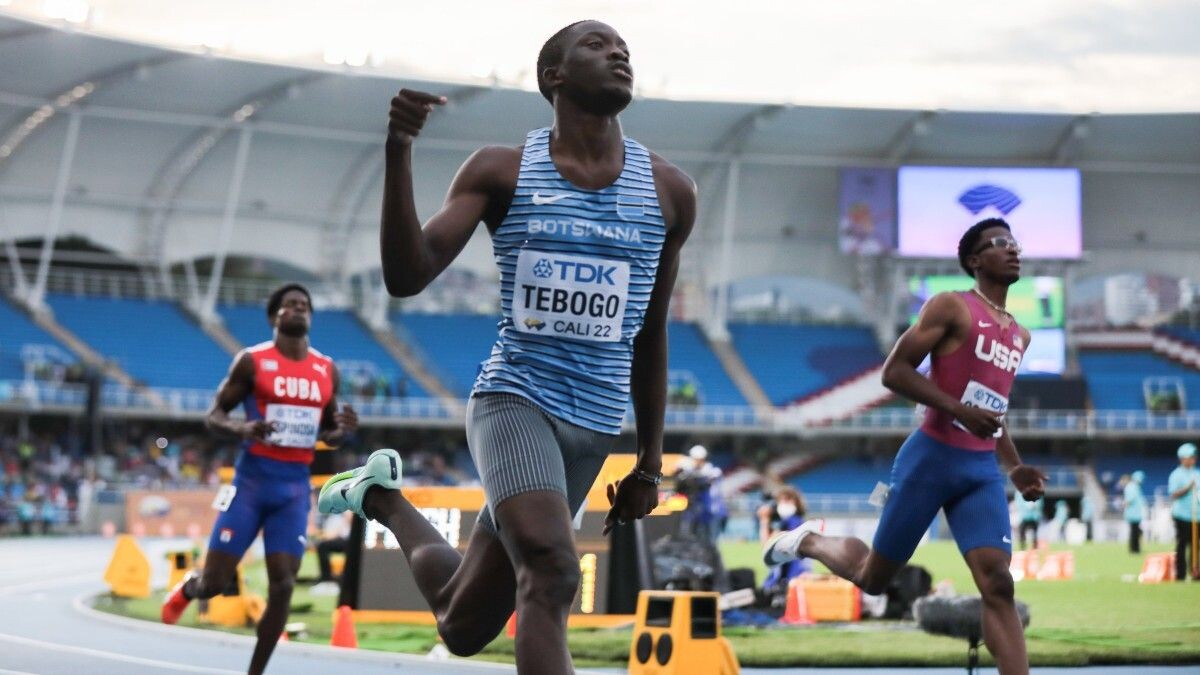
Track fans online speculated that Tebogo could have posted a time in the 9.70 to 9.80 range if he didn’t celebrate.
The intention of his celebration wanted to remind everyone of what Usain Bolt did back in the day. “He is my idol, the person I look up to,” Tebogo said.
(08/04/2022) ⚡AMPby Marley Dickinson
Elevate your long run with these workouts
Along run of some kind is on most runners’ weekly schedules. Whether you’re training for a marathon or hoping for a 10K PB, long runs improve running economy and fat-burning efficiency, increase stamina, and strengthen muscles and connective tissue.
Even the most enthusiastic runner can find their long run gets tedious on occasion. Try one of these variations to add some spice to your endurance session this weekend.
Long run fartlek
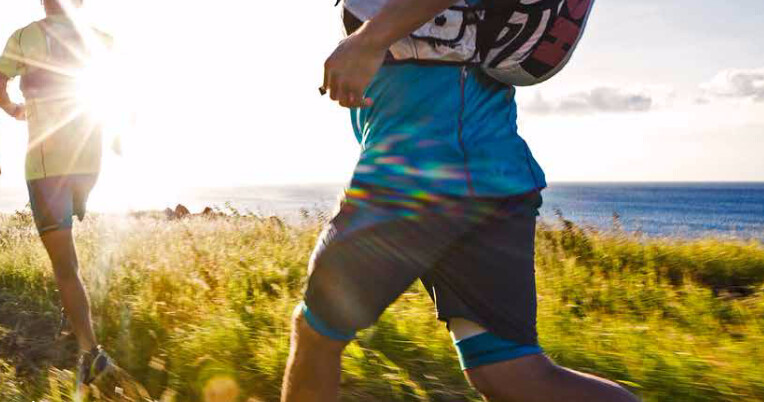
Break up the monotony of a slow, steady long run by incorporating a fartlek workout. Fartlek is a Swedish word meaning speed play, and a fartlek session involves a continuous run in which periods of faster running are mixed with periods of easy or moderately paced running.
The workout
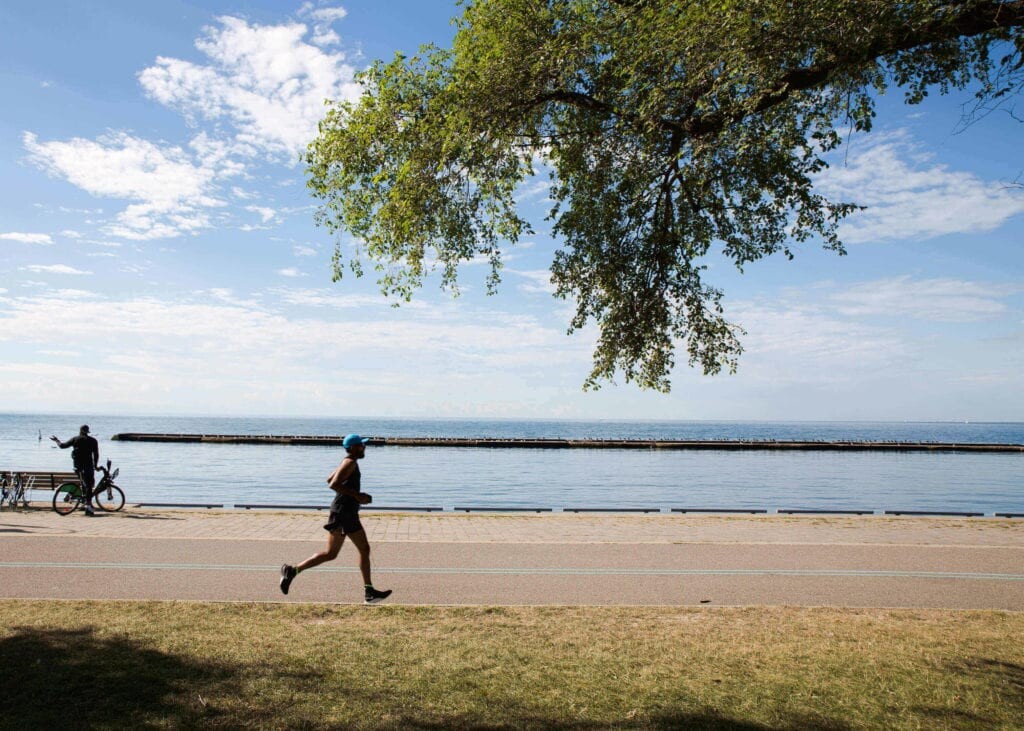
Run for 20 minutes at a very easy pace
Gradually speed up to about 30 seconds per km slower than your marathon goal pace (if marathon pace is 6:00/km, increase pace to 6:30/km)
After the 60-minute mark, do the first 20 to 60 seconds of each remaining km up to 30 seconds per km faster than marathon pace (if marathon pace is 6:00/km, increase up to 5:30/km)
Feel free to adjust your effort if you’re training for a shorter distance or not as familiar with marathon pace. The purpose of turning your long run into a fartlek is simply to add some variety and challenge. As long as you keep the majority of your run conservative, have fun with the fartlek portion.
Surge long run
It takes focus and determination to increase your speed towards the end of a long run. You’ll also be recruiting fast-twitch muscle fibers, and teaching them to kick in even at slower paces. Surges, sometimes called strides or accelerations, are smooth, continuous increases in pace.
The workout
Run for 40 to 60 minutes at a very easy pace–or about 90 per cent of your long run, whatever duration that may be.
In the last few km of your run, add five 30-second surges, with two minutes of easy running between each one.
Keep the surges comfortably hard, but not a flat-out sprint.
Tempo long run
If the marathon is your goal, you might be familiar with the challenge of staying strong in the last 10 km of the race after already running for hours. This hard tempo (think comfortably-hard pace) workout helps prepare you. Insert it instead of your regular long run once or twice before your big race.
The workout
Run at a very easy pace for 5K
Run two to three kilometres at tempo, or comfortably hard pace
Run at an easy pace for 30 minutes
Repeat two to three kilometers at tempo pace
Run the remainder of your distance at a very easy pace
Remember to hydrate well during your longer runs, being especially mindful of how much water you are taking in when it’s warm out. The day following a long run should be an easy running day or rest day.
(08/04/2022) ⚡AMPby Keeley Milne
Ugandan Jacob Kiplimo wins 10,000m gold at Commonwealth games
Kenya once again fell short of recapturing the men's 10,000m title at the Commonwealth Games as Uganda's Jacob Kiplimo won in a Championship Record time at the Alexander Stadium on Tuesday.
Kenyans Daniel Simiu and World Half Marathon silver medalist Kibiwott Kandie settled for silver and bronze medals respectively.
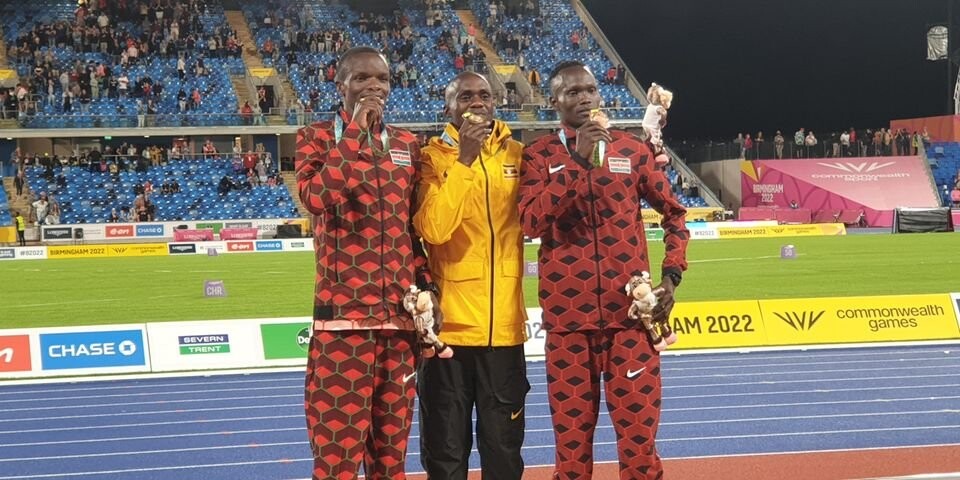
Kiplimo clocked 27 minutes and 09.19 seconds to win as Uganda upheld their dominance, winning for the fifth consecutive time.
Simiu and Kandie returned personal best times of 27:11.26 and 27:20.34 respectively.
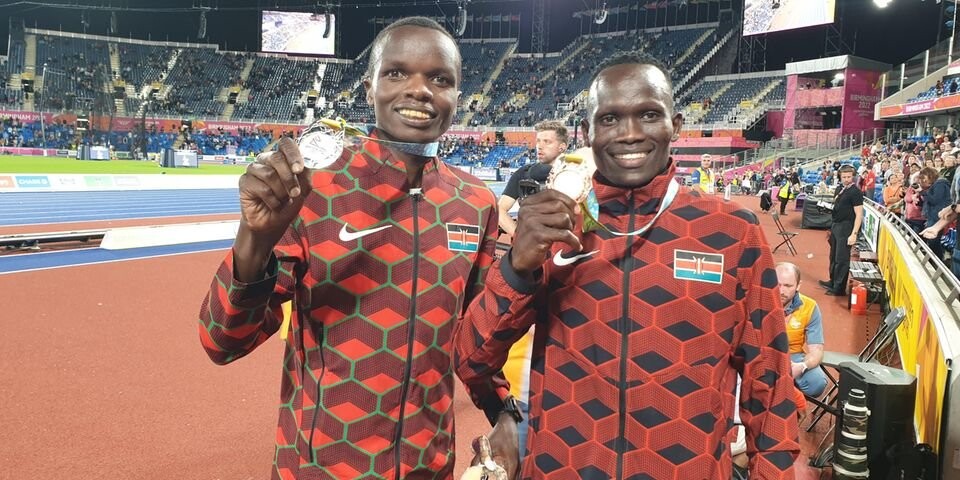
Wilberforce Talel is the last Kenyan to win the 10,000m title at the 'Club Games'.
Kiplimo is the fifth consecutive Ugandan to win the title. Simui and Kandie might have were happy to pull through with career best times.
“We had great team work but I guess Kiplimo’s good finishing kick was superior,” Simiu said.
“I tried to summon the rest with two laps to go but Kandie and Zakayo had drifted back.”
Simiu said he decided to hit the front with some energy left after the bell but it failed to work.
The victory by Kiplimo, the World Half Marathon champion, made the “Club” Games a family after his cousin Victor Kiplangat won men’s marathon on Saturday.
“My body simply failed to react. I knew I would best Kiplimo is the last two laps but I simply couldn’t move,” said Kandie. “I came here with the intentions of winning but at times it becomes difficult to explain some situations.”
Simiu and Kandie now turn their focus to next year's World Championships in Budapest, Hungary, having hit the qualifying times at the Commonwealth Games.
Kiplimo said he knew he had the gold medal when he went into the last two laps with the Kenyans.
"I am a good finisher and the race played well into my hands," said Kiplimo, who hopes to double up in the 5,000m.
(08/03/2022) ⚡AMPby Ayumba Ayodi
The Commonwealth Games
The Commonwealth Games are coming to Victoria - bringing an action packed sports program to our regional cities and delivering a long-term legacy for our future. From 17 to 29 March 2026, Geelong, Bendigo, Ballarat, Gippsland and Shepparton will be on the world stage, attracting millions of viewers and creating thousands of jobs. The multi-city model will...
more...British athlete Lina Nielsen makes her debut at the Comonwealth Games this week and she has bravely revealed her multiple sclerosis diagnosis
Jessica Ennis-Hill has led the chorus of support for Lina Nielsen after the 400-meter hurdler revealed she has multiple sclerosis.
Nielsen makes her Commonwealth Games debut for England on Thursday - 10 years to the day since Ennis-Hill was star of Super Saturday at the London 2012 Olympics.

She lines up revealing that the MS she first experienced at the age of 13, and which remained dormant for years, flared up last week, ruining her World Championship hopes.
“The only reason I share it is that I hope it holds the power to inspire many,” said Lina, whose identical twin Laviai also competes for Britain.
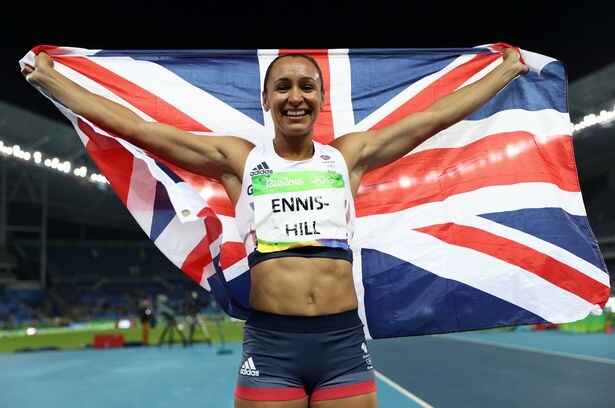
“And to give an understanding into the idea that sometimes you might never know what some athletes truly face before the start line.”
Ennis-Hill posted: “I have so much admiration for this incredible woman!
“@linaruns you continue to amaze me with all you have achieved on and off the track and the genuinely lovely person you are!
“Thank you for telling your story. We’ll all be cheering you on as always.” Aided by a course of anti-inflammatory corticosteroids the 26-year old's symptoms have subsided and she has been able to return to the track.
(08/03/2022) ⚡AMPby Alex Spink
The Commonwealth Games
The Commonwealth Games are coming to Victoria - bringing an action packed sports program to our regional cities and delivering a long-term legacy for our future. From 17 to 29 March 2026, Geelong, Bendigo, Ballarat, Gippsland and Shepparton will be on the world stage, attracting millions of viewers and creating thousands of jobs. The multi-city model will...
more...Shalane Flanagan takes coaching role at University of Oregon
U.S. Olympic medallist and 2017 New York City Marathon champion Shalane Flanagan announced on her social media that she’ll be joining the University of Oregon coaching staff as an assistant coach to help lead the team’s distance program.
Since 2019, Flanagan has been an assistant coach for the Nike Bowerman Track Club alongside Jerry Schumacher, who was recently named head coach of Oregon’s track and field program.
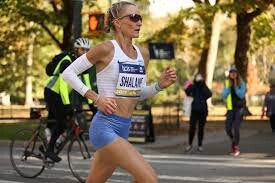
During her career and guidance, Flanagan has been part of the emergence of the Bowerman Track Club, which is considered one of the top running groups in North America.
Flanagan joined Bowerman Track Club in 2009 and made two U.S. Olympic teams in the marathon (2012 and 2016). In 2012, Flanagan finished 10th and in Rio 2016, she finished sixth in 2:25:26.
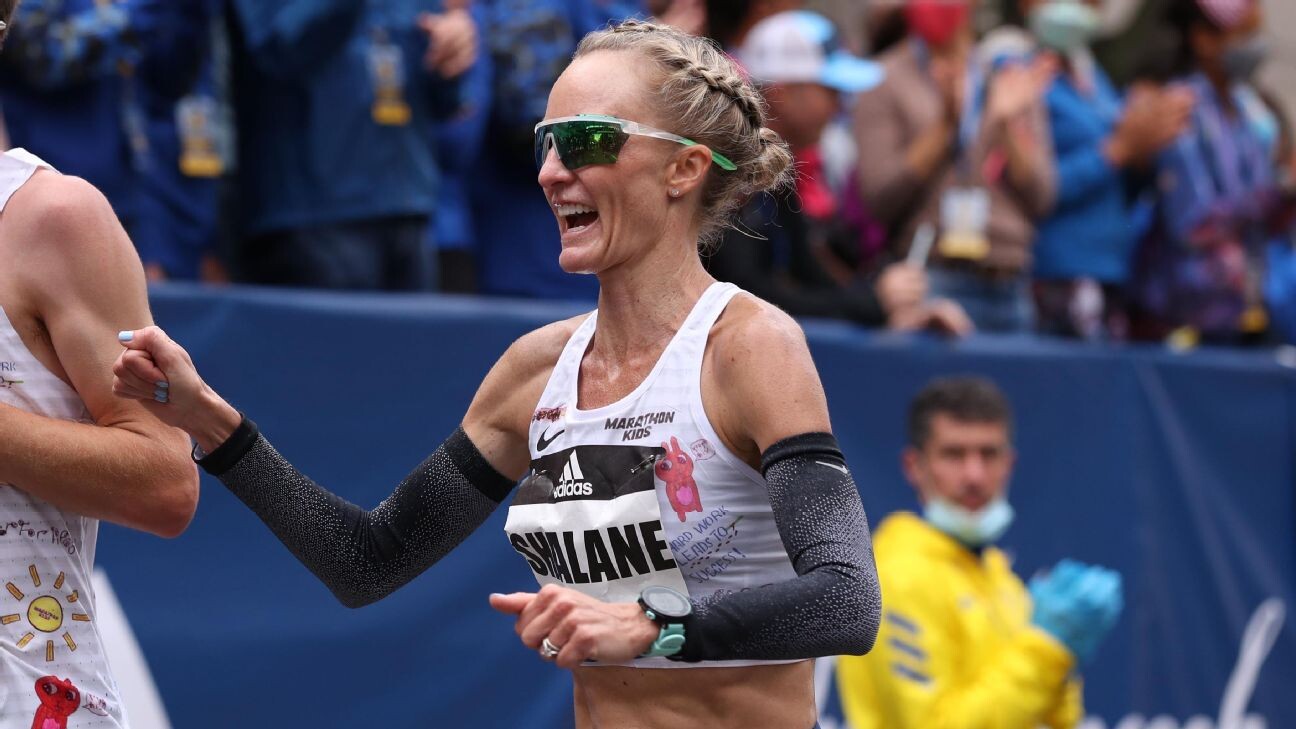
In 2017, Flanagan ended a 40-year winless drought for American women at the New York City Marathon by winning the prestigious event.
Flanagan made her Olympic debut in 2004 when she was 23, and returned in 2008 to win a silver medal in the 10,000m. Flanagan also has a bronze medal to her credit from the 2011 IAAF World Cross Country Championships in Spain.
Flanagan, now 41, is an 18-time U.S. champion with six titles in each discipline (track, road and XC). She won two of her 18 titles at the Historic Hayward Field in Eugene, Ore, which is the training ground for the University of Oregon track and field program.
In 2019, she announced her retirement from running but then paused her retirement in 2021 to complete all six Abbott Marathon Majors in seven weeks. She ended up finishing all six races in under three hours.
(08/03/2022) ⚡AMPby Marley Dickinson
Crush your half marathon goals with these workouts, you'll nail the balance of endurance and speed needed on race day
It’s racing season, and every sunny weekend seems like an opportunity to jump into (or train for) a fun event. If the half marathon is your jam, try these workouts to finesse the unique balance of endurance and speed that the distance requires.
Fatigue resistance repeats
Running some fast intervals after a tempo session can be an effective way to mimic maintaining that goal pace when you feel those slightly heavy mid-race legs.
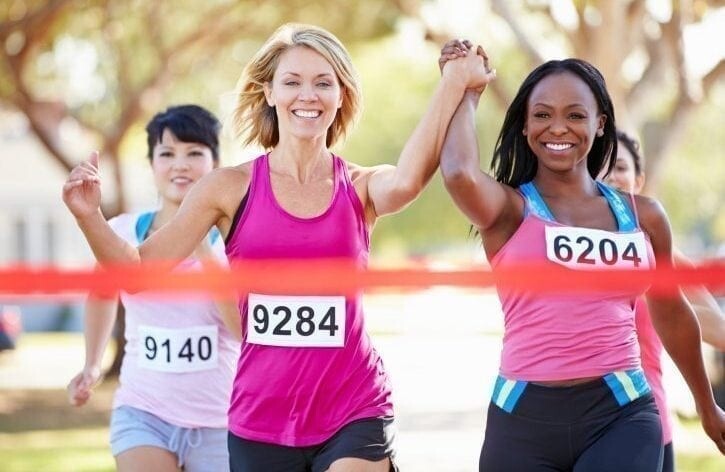
10 minutes easy running to warm up
25-30 minutes at a pace you can maintain for one hour
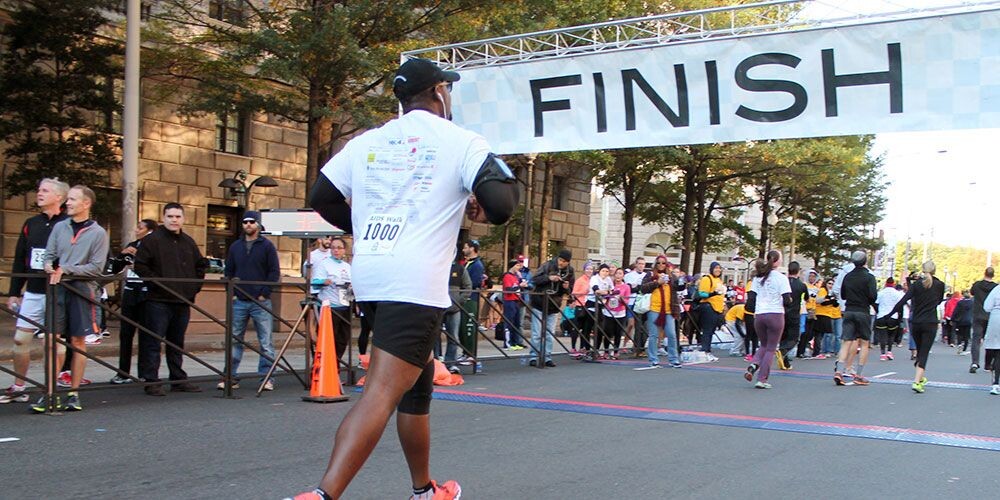
3-4 minutes recovery running
5 x 1 minute hard/1 minute easy
10 minutes easy running to cool down
Master the mile
Threshold pace intervals (roughly around a 10K race pace) are perfect training for the half marathon distance. On race day, you’ll have the stamina to maintain that tough, slightly below-threshold pace for the entire distance.
10-15 minutes easy running
4-5 x 1 mile (1,600m) at 10K race pace, with one minute of easy recovery between each repeat
10-15 minutes easy running
Practice the pace
Half marathon pace workouts should generally only be done a few times, close to race day (but before taper-time). You’ll gain familiarity with running at that perfect speed and add a confidence boost before the big event.
15 minutes easy running
3-4 x 3.5 km at half marathon pace, with 1 km easy recovery running between repeats
10 minutes easy running
Follow a speedwork session with an easy running or rest day, and hydrate well, especially in the summer heat.
(08/03/2022) ⚡AMPby Running Magazine


